Most people don’t realize what they’re signing up for when they bring home a rabbit. On the surface, it seems simple—offer hay, fill a water bottle, maybe toss in a few toys. But the truth is, caring for a rabbit goes much deeper. These gentle, curious animals rely on structure, attention, and emotional connection far more than they’re often given credit for.

Rabbit care commitment isn’t just a phrase—it’s a lifestyle. It shows up in the day-to-day routines, the quiet moments, and the tough decisions. It means building a safe environment, tuning in to subtle behavior changes, and adjusting your life to support their needs over time. And it means understanding that your rabbit depends on you—not just for food and shelter, but for emotional well-being and long-term care.
This blog is your complete guide to what rabbit care really looks like over a lifetime. Whether you’re still considering adoption or you’ve already shared years with your rabbit, each section walks through the practical and emotional realities of rabbit ownership—from daily routines to dealing with loss.
By the time you reach the end, our hope is that you’ll feel informed, prepared, and most of all—grounded in the kind of thoughtful commitment that gives rabbits the life they deserve.
What Does “Rabbit Care Commitment” Really Mean?
Rabbits might seem like low-maintenance pets at first glance. They're quiet, they don’t need walks like dogs do, and they fit easily into smaller living spaces. But don’t let that fool you—caring for a rabbit requires daily attention, patience, and a long-term commitment that often surprises new owners.
Rabbit care commitment isn’t just about feeding your bunny or keeping their litter box clean. It’s about understanding their physical and emotional needs from the moment they hop into your life to the moment they leave it. That can span 8 to 12 years, or even longer with proper care. This means your rabbit could be with you through multiple life stages—college, moves, relationships, career changes—and they’ll need your consistency through it all.
If you're picturing a rabbit peacefully munching hay in a corner while you go about your day, you’re only getting half the story. They can be destructive chewers, picky eaters, and demanding of your time. Rabbits need safe housing, a specialized diet (like Timothy Hay as a daily staple), regular grooming, and opportunities for enrichment and exercise. And let’s not forget the veterinary care—which includes not just emergencies but regular checkups with a rabbit-savvy vet.
The commitment is more than a to-do list. It’s a lifestyle. You’re becoming a caretaker for a prey animal that communicates through subtle cues, is sensitive to stress, and requires a calm, predictable environment. Your rabbit won’t bark or whine when they’re unhappy—they’ll hide, stop eating, or silently suffer. That means you have to learn to pay close attention and act quickly when something seems off.
People often associate high-maintenance pets with exotic reptiles or certain dog breeds. But as we explains in our blog on rabbit care expectations, rabbits can be just as time-consuming and emotionally demanding. What’s different is that rabbit needs often go unnoticed until there’s a problem. And by the time you notice, it might already be serious.

Feeding Is More Than Just Tossing in Pellets
Rabbits require a high-fiber diet with constant access to fresh hay. The bulk of their nutrition should come from hay—specifically, varieties like Timothy, Orchard, or Meadow. Pellets are a supplement, not the main course. And while fresh veggies are important, not all are safe. You’ll need to learn which are rabbit-approved and which can cause gas or diarrhea.
If you're still building your knowledge, this blog on safe foods for rabbits is a great starting point. Knowing what to feed and how often to feed is something you’ll constantly revisit—especially if your rabbit becomes selective or develops food sensitivities over time.
And don’t overlook hydration. Fresh, clean water is a must. Some rabbits prefer water bowls; others drink more from bottles. Finding what works best for your rabbit isn’t just trial and error—it’s part of learning how they live best.
Litter Box Training Is Possible, but It's a Process
Rabbits can be litter trained, and many do well with it. But it takes time, repetition, and the right setup. You’ll be cleaning litter boxes regularly—sometimes daily. You’ll also have to experiment with litter types. Some rabbits are sensitive to certain materials. Others get picky and stop using the box if you change brands or location.
This deep-dive into cleaning schedules breaks it down by litter type, rabbit size, and habits. Spoiler alert: if your rabbit is particularly stinky one week, you’re cleaning a lot more than usual.
They’re Social—Even if They’re Quiet About It
Rabbits may not beg for attention the way a dog does, but they thrive on interaction. A well-socialized rabbit will come to you for head rubs, flop nearby when they feel safe, or follow you around the house. But that trust doesn’t come overnight. It takes weeks—or months—of gentle interaction, reading their body language, and offering consistency.
And yes, rabbits get lonely. While bonding two rabbits is ideal, it’s not always possible. If your rabbit is solo, you become their bonded partner. That means quality time every single day. If you're busy or travel often, you’ll need a plan for care that includes emotional support, not just food and water.
Rabbit-Proofing Is Non-Negotiable
Chewing is instinctive. That includes baseboards, wires, furniture, carpets, and anything they can sink their teeth into. Even if you buy every toy and chew stick on the market, they’ll still try to destroy something they shouldn’t. You’ll need to rabbit-proof your space, especially if your rabbit is free-roam. This means covering cords, blocking off certain furniture, and being prepared for accidents.
Check out this guide to rabbit-proofing to see how real rabbit owners make their homes safer without giving up on design or function.

There Are No “Low-Maintenance” Rabbit Breeds
Some breeds may be more relaxed or friendly, but no rabbit is maintenance-free. Larger breeds may require more space and food. Long-haired breeds like Angoras need daily grooming to avoid painful mats. Dwarf breeds are more prone to dental issues. Choosing the right breed isn’t about finding an “easy” rabbit—it’s about matching their needs to your lifestyle.
If you're not sure where to start, this breakdown of rabbit breeds offers a good overview. And for families with kids, this article on kid-friendly pets explains why rabbits may or may not be the right fit.
It’s Not Just You—Your Whole Household Has to Be On Board
Rabbits are not pets you can “try out.” Once they’re in your home, they need routine and predictability. Everyone in the household needs to understand their care and boundaries. Rabbits can be sensitive to loud noises, sudden movements, and even handling styles. If you have children, roommates, or other pets, those factors all need to be accounted for.
This is especially true in shared households or apartments, where noise, space, and pet policies can change over time. Read more about the realities of apartment rabbit care before committing to a rabbit while living in a tight space.
Rabbit Care Doesn’t End When the Newness Wears Off
The early excitement of bringing a rabbit home is real. You buy the best toys, decorate their pen, and watch their every move. But what happens after six months? A year? Three years? Rabbit ownership isn’t seasonal. It’s long-haul. And it includes emergencies, medical costs, and aging needs like joint care or mobility issues.
As explained in this piece on rabbit ownership truths, the charm of a rabbit is lasting—but only if you’re prepared to care for them well past their “cute baby” phase.
So if you’ve been picturing a rabbit as a quiet, independent pet that mostly takes care of itself, it’s time to reframe that idea. A rabbit isn’t just an animal that lives in your home. They’re a part of your daily life—and they notice when you’ve checked out. Rabbit care commitment means staying present, paying attention, and showing up for the long run. If that idea excites you more than it scares you, then you just might be the kind of person a rabbit needs.
The Reality Check: Are You Ready for a Rabbit?
Thinking about bringing a rabbit into your home is exciting. Their twitchy noses, big eyes, and soft fur have a way of charming just about anyone. But here’s where things get real—cuteness alone won’t get you through the next decade of rabbit care. This is where a hard look at your lifestyle, schedule, budget, and expectations becomes non-negotiable. You might want a rabbit. But are you ready for one?

Rabbit ownership isn’t just for the weekends or when you’re in the mood. They need attention daily. And not just feeding and a quick glance into the cage. You’ll be cleaning their litter box, checking for signs of illness, and offering them safe time out of their enclosure every single day. Some days that means getting up early before work. Other days it means skipping spontaneous plans because you can’t leave them unattended for long periods. It’s not a hobby—it’s a responsibility.
The team at Rabbit Hole Hay laid it out in this helpful guide to adoption prep: rabbits are delicate animals with specialized care needs. They’re not beginner pets, and they’re not "starter animals" for kids either. So before you dive into adoption, let’s go through the things that actually matter when deciding if you’re ready.
Do You Have the Time?
It’s easy to assume that rabbits don’t take much time to care for. They don’t bark or need walks. But the time adds up fast. Feeding, grooming, socializing, cleaning, and supervising their playtime can eat into your schedule more than you think. If you work long hours, travel often, or already struggle to keep up with household routines, adding a rabbit could make things tougher.
And time isn’t just about quantity—it’s about quality. Rabbits bond with their humans, and they thrive on consistency. If they don’t get regular attention, they can become withdrawn, bored, or even depressed. And unlike a dog who might bark or whimper, rabbits won’t give you loud reminders. Their stress shows up quietly—through changes in appetite, behavior, or health. Are you ready to slow down and notice the small signs?
Do You Have the Space?
This isn’t something a lot of people think about right away. You imagine a small bunny in a small cage and think, “I’ve got room for that.” But that idea is outdated—and honestly, unfair to the rabbit. Rabbits need space to hop, stretch, explore, and exercise. Small cages restrict their movement and cause health problems, both physical and mental.
If you're considering a rabbit, you’ll need an enclosure at least 4-6 times their full stretched-out size, plus daily time outside the pen in a rabbit-proofed area. That means rearranging furniture, covering cords, and thinking through how to keep your bun safe while they roam. If you live in an apartment, studio, or shared space, you’ll need to make room for more than just an enclosure. You’re making space for a lifestyle shift.
This guide to rabbit habitat setups offers examples of how much space is actually ideal, and what “free roam” can really look like in a real-world home.
Do You Have the Budget?
Rabbits may not have the startup costs of a dog or cat, but their long-term expenses add up quickly. Here’s just a sample of what you’ll need to budget for:
- High-quality hay (refreshed daily)
- Pellets and fresh greens
- Food and water bowls or bottles
- Litter and cleaning supplies
- Grooming tools (especially for long-haired breeds)
- Carrier for travel or emergencies
- Regular vet visits with a rabbit-savvy vet
- Emergency vet costs (which can easily exceed $500 per visit)
- Enrichment toys and chew-safe items
- Pen or enclosure setup
It’s not just the money—it’s being prepared for the *unexpected* money. Rabbits hide illness well. If you notice something’s wrong, you may have only hours to act. Waiting a few days because of financial stress could be the difference between recovery and loss. Are you ready for that kind of responsibility?
Are You Prepared for Messes?
Rabbits are messy. They dig, chew, and scatter hay. They may not always use their litter box perfectly, and their pee can have a strong odor if left too long. You’ll deal with fur, scattered droppings, and the occasional destroyed furniture leg. It’s part of the package.
Some rabbits even experience what’s called “poopy butt”—a condition where soft droppings stick to their rear end, requiring human cleanup. It’s not glamorous, but it’s important. If the idea of cleaning up after your rabbit or dealing with messes makes you squeamish, it’s worth rethinking your expectations. Rabbits aren’t naturally tidy, and no amount of training will eliminate every mess.
What Happens When the Novelty Wears Off?
Many rabbits are surrendered to shelters or rehomed not because of illness or bad behavior, but because their owners weren’t prepared for long-term care. The novelty wore off. The cute moments stopped outweighing the work. The realities of life—moving, job changes, relationships—made keeping a rabbit feel like too much.
If you’re already thinking, “I’ll find them a new home if it doesn’t work out,” then you’re not quite ready. Rabbits don’t adjust well to change. Being rehomed causes immense stress, and they often struggle to trust new people. If you take one in, they’re counting on you for life.
This article on rehoming a pet rabbit covers what’s involved if you ever find yourself in that position. But ideally, that shouldn’t be part of your plan from the start.
Are You Ready for the Emotional Investment?
Rabbits bond deeply with their people. You’ll notice it when they seek you out for affection, or when they mirror your mood. They may not show excitement like a dog or curl up on your lap like a cat, but the connection is there—and it’s powerful. The flip side? Losing a rabbit can be devastating. Their silent suffering and subtle signals mean that when things go wrong, they can go wrong fast. You’ll carry that responsibility, and you’ll carry the grief if you lose them.
If you're wondering what it feels like to say goodbye, read this piece on grieving the loss of a rabbit. It’s honest, and it's something every potential rabbit owner should consider.

Still Here? You Might Be Ready
If you’ve made it this far and you’re still nodding along, then this might not scare you off—it might motivate you. Being ready for a rabbit isn’t about having a perfect setup or endless free time. It’s about being realistic, flexible, and willing to learn. It’s knowing the hard days will come—and choosing to care anyway. That’s what rabbit care commitment really looks like.
Daily, Weekly, and Long-Term Care Routines
Owning a rabbit isn’t just about the big picture—it’s about what you do every single day. Rabbit care commitment shows up in the little routines: checking their water bottle, sweeping up hay, or just sitting quietly nearby so they feel safe. If you’re looking for a real-life snapshot of what rabbit care looks like over time, this is it.
Think of rabbit care like a cycle. Some things need your attention every day. Some tasks happen weekly. Others might only come up once or twice a year. But they all stack up—and skipping one here and there can snowball fast. Health problems, behavior changes, or emotional distress can creep in quietly if these tasks start to slip. Here’s a detailed breakdown of what that ongoing care really looks like.

Daily Rabbit Care Tasks
Your rabbit's daily routine doesn’t change much. It’s all about the basics—and doing them consistently.
- Feeding: Your rabbit needs fresh hay available at all times. Timothy hay is great for adult rabbits, offering the fiber they need to keep their digestive system working properly. You’ll also provide a small portion of high-quality pellets and fresh greens daily. Monitor how much they eat—and how fast. A sudden change in appetite is often the first sign something’s wrong.
- Water: Clean, fresh water should always be available. Top it off, clean out any debris, and make sure it hasn’t tipped over.
- Litter Box Maintenance: Scoop out the litter box each day. Remove any wet spots and stray droppings. You don’t need to fully change it every day, but cleaning the worst of it helps prevent odor and keeps your rabbit comfortable.
- Health Checks: A quick head-to-toe scan should become second nature. Are their eyes clear? Is their breathing normal? Any signs of a wet chin, soft poop, limping, or overgrown nails? These quick checks can save you from an emergency vet trip later on.
- Social Interaction: Rabbits are social animals. You don’t need to hover over them 24/7, but they should have time with you every day. That might be petting, supervised playtime, or just letting them relax in your presence. Skipping this time too often can lead to boredom or loneliness.
- Spot Cleaning: Hay is going to end up everywhere—there’s no way around it. A quick sweep or vacuum helps keep their space clean and keeps allergens or odor from building up.
These daily tasks don’t have to take hours. Most can be done in 15–30 minutes once you build a rhythm.
Weekly Rabbit Care Tasks
Once a week, you’ll go beyond the basics and focus on deeper cleaning, maintenance, and grooming.
- Full Litter Box Change: Remove all old litter and wash the litter box with warm water and white vinegar. Let it dry before adding fresh litter. This keeps smells down and helps prevent infections or irritations from prolonged contact with urine.
- Enclosure Deep Clean: Wipe down the cage or pen with pet-safe cleaners. Wash any fleece or fabric. Check corners, hideouts, and under mats for debris or urine spots. Rotate out old toys or rearrange their environment to keep it engaging.
- Grooming: Depending on your rabbit’s breed, weekly grooming might be light or intense. Short-haired breeds usually just need a brushing to remove loose fur. Long-haired rabbits, like Angoras or Lionheads, need careful combing to prevent painful mats. You’ll also want to inspect their nails, ears, and teeth for any changes.
- Behavior Check-In: Is your rabbit acting differently? More withdrawn? More aggressive? Are they spending more time in one part of their pen? These subtle shifts can point to boredom, environmental stress, or the early signs of illness.
This weekly reset gives your rabbit a clean, comfortable space and gives you a chance to catch things you might miss in the daily hustle.

Monthly and Long-Term Rabbit Care
Monthly and seasonal care tasks are just as important. These are the things that protect your rabbit’s health, comfort, and emotional well-being over time.
- Nail Trims: Most rabbits need a trim every 4–6 weeks. Some grow faster. If you let nails go too long, it can affect how your rabbit walks and lead to joint issues or injury.
- Vet Visits: Rabbits need regular check-ups—even when they look perfectly healthy. A rabbit-savvy vet can spot subtle health issues early. If your rabbit is over 5 years old, check-ups become even more important.
- Fur Shedding Seasons: Rabbits go through seasonal sheds—usually spring and fall. During these periods, you’ll need to brush daily and keep a closer eye on their digestion. Swallowed fur can lead to a dangerous blockage called GI stasis.
The Emotional Side of Routine
Routines aren’t just physical—they affect your rabbit’s mental health too. Rabbits love predictability. They like to eat, play, and rest around the same times each day. Sudden changes to their schedule, environment, or your behavior can create stress or confusion.
If you leave town, someone will need to step in—not just to feed them, but to keep their routine going. Ideally, that person should already know your rabbit and be comfortable with their needs. If you can’t find someone reliable, you may want to reconsider travel plans. That’s what rabbit care commitment looks like.
Building a System That Works for You
All of this might sound overwhelming at first. But here’s the good news—rabbits thrive on routine, and so do most owners once they get the hang of it. Setting alarms, creating a weekly checklist, or using a dry-erase board near their pen can help keep you on track. In time, the routines become second nature.

Rabbit care isn’t about perfection. You’ll forget things. You’ll have off days. The key is consistency, not flawless execution. If your rabbit sees you show up for them—day after day—they’ll respond with trust. And in the world of rabbits, trust is everything.
Housing, Safety, and Free‑Roaming Considerations
When you talk about rabbit care commitment, safe and thoughtfully designed housing is more than a functional need—it’s the heart of your rabbit’s comfort. Rabbits are naturally curious and quick to startle. They want to explore, but they also need to feel secure. Your living space should give them room to hop and stretch out, while still keeping them and your home protected.
Why Rabbits Belong Indoors

Indoor housing keeps rabbits safe from predators, temperature swings, and pests. Even more importantly, it makes it easier for you to keep a close eye on their day-to-day behavior. Subtle changes in posture, appetite, or energy can be early warning signs of illness. When you see your rabbit regularly, those signs don’t slip by unnoticed. It’s one of the simplest and most effective ways to support their health for the long haul.
Room to Roam: Pens vs. Free Roam
A small cage just isn’t enough. Rabbits need space to sprawl, stand, and sprint. That doesn’t mean you have to let them have the run of the house—though some owners do. What matters most is a safe, roomy area that gives your rabbit freedom to move without getting into danger. A playpen or x-pen setup offers that balance, and it’s easy to adjust as your rabbit’s needs change. Some owners transition to full free-roam after a period of training and bunny-proofing.
Bunny-Proofing: The Details Matter
Rabbit-proofing is all about prevention. It’s the behind-the-scenes part of rabbit care commitment that protects both your pet and your stuff. Rabbits will chew anything that looks root-like—especially cords, baseboards, or woven furniture. That’s why covering wires, blocking off tight spaces, removing toxic houseplants, and elevating valuable items is so important. It’s not always glamorous work, but these small actions protect your rabbit from injury and keep your home from becoming a hazard zone.

Creating a Healthy Home Environment
The location you choose for your rabbit’s pen or space matters more than you might think. A shared area, like a living room or hallway corner, offers more companionship. A quieter spot can also work—just make sure it’s free of drafts and temperature swings. Flooring that’s easy to clean is a plus, and soft areas like fleece or mats can help protect their feet. Keep litter zones close, food and water fresh, and toys rotated regularly. Rabbits thrive in calm, predictable spaces that feel like their own.
Social Buddies: Rabbits Prefer Company
Another key part of rabbit care commitment is making sure your rabbit feels connected—not just safe. Some rabbits are perfectly content with daily human interaction. Others thrive best with a bonded rabbit companion. They groom each other, nap together, and build trust the same way close friends or siblings do. If you're considering adding a second rabbit, be ready for a gradual bonding process that includes time, space, and patience. A successful bond can lead to a deeper sense of security and happiness for both bunnies.
Finding Rabbit-Savvy Vet Care
Rabbits have unique medical needs that general veterinarians may not be trained to handle. From digestive issues to dental growth and respiratory infections, rabbit health concerns often require a specialist. Establishing care with a vet who understands rabbit-specific health needs is one of the most important parts of long-term care. It’s best to find one before there’s an emergency. A rabbit-savvy vet becomes a trusted partner in your rabbit’s life—someone who can help you navigate both routine care and unexpected challenges with confidence.
Putting It All Together
When your home setup reflects safety, freedom, companionship, and medical support, your rabbit can relax—and so can you. Rabbit care commitment isn’t about perfection. It’s about showing up consistently, thinking ahead, and making decisions that reflect your rabbit’s well-being over convenience.
You’re not just providing shelter. You’re creating a space where your rabbit can thrive—day after day. That’s what thoughtful care looks like. It’s not always flashy, but it’s powerful. Because in the end, a safe and loving home is one of the greatest gifts you can offer a rabbit who depends on you.
Understanding Rabbit Lifespan and Health Needs
Embracing rabbit care commitment means not just providing hay and a cozy home—it means being prepared for a journey that can span more than a decade. Rabbits often become family members, living through significant chapters of their humans’ lives. Understanding how rabbit lifespan, breed differences, and health needs intertwine helps ensure that you’re equipped for the ride.

Average Lifespan—And Why It Varies
Most domestic rabbits thrive for 8 to 12 years, especially when they’re spayed or neutered. Altering a rabbit not only helps with behavior and bonding—it also lowers the risk of reproductive cancers and other health issues that can shorten their lifespan. While smaller breeds tend to live longer, larger breeds like the Flemish Giant often have a shorter average of 5 to 8 years.
If you’re still deciding on a breed, or you're curious how breed size plays into long-term care, this guide on large rabbit breeds offers a good starting point. For a broader view, this blog exploring rabbit breeds explains how different rabbits bring different care needs to the table.
Healthcare That Grows With Them
Rabbit care commitment isn’t just about how often you fill the hay rack—it’s about forming a relationship with a rabbit-savvy veterinarian and staying ahead of health concerns. Regular vet check-ups, even when your rabbit seems perfectly fine, can catch issues early. Younger rabbits may only need an annual exam, while seniors benefit from check-ins every six months.
Don’t wait for a crisis. Establish a care plan now. This helps you avoid emergency situations and gives your rabbit a calm, familiar vet experience. That kind of preparation adds stability to your rabbit’s life—and peace of mind to yours.
Common Health Challenges—and How to Spot Them Early
Rabbits have a way of hiding illness. What looks like a quiet nap could actually be a sign of distress. That’s why learning what’s normal for your rabbit is such an important part of responsible care. Here are a few health conditions you should know about:
- GI Stasis: A dangerous condition where digestion slows or stops. It’s often caused by low fiber, dehydration, stress, or dental issues. The sooner you spot a decrease in appetite or droppings, the better.
- Dental Overgrowth: A rabbit’s teeth never stop growing. Without constant chewing on hay and appropriate toys, overgrowth can cause pain or difficulty eating.
- Respiratory Infections: Sneezing, nasal discharge, and watery eyes may seem harmless, but they can indicate a deeper issue that needs immediate attention.
- Ear Mites or Skin Irritations: Excessive scratching, crusty ears, or hair loss can mean parasites or fungal infections. Clean environments and regular grooming help reduce risk.
With a sharp eye and daily interaction, you’ll learn to recognize when something is off. That ability to notice early changes is one of the most important skills you can build as a rabbit owner.

Lifespan and Breed Considerations
The breed of rabbit you choose will influence not only their size and personality—but also their long-term care needs. Some rabbits are more prone to dental issues. Others may be higher energy and require more space. A French Lop, for instance, may not live as long as a smaller breed and will need sturdier flooring to support their joints.
Don’t let averages distract you. What matters most is staying present and supportive as your rabbit ages. That’s where rabbit care commitment really shows up: in how you adjust your care over time to meet your rabbit’s changing needs.
Nutrition, Exercise, and Routine—Keys to Long-Term Well-Being
Daily habits are what keep your rabbit healthy for the long run. A high-fiber diet based on timothy hay, regular grooming, and free movement all work together to support long-term health. Miss those basic needs too often, and you’ll see the effects—sometimes in subtle ways like reduced energy, or in more serious conditions like obesity or GI distress.
Rabbits are routine-oriented animals. They do best when they eat, sleep, and socialize on a predictable schedule. Building that structure into your day—without becoming rigid—helps your rabbit feel safe and secure.
The Emotional Arc—and Your Part in It
As your rabbit ages, they’ll go through changes just like any other companion animal. Their activity levels may slow, their preferences might shift, and they’ll need more rest. You may notice they stay closer to home base, or that they develop new quirks in how they interact with you.
These changes don’t mean something is wrong—they mean your rabbit is aging. Part of rabbit care commitment is meeting them where they are and adjusting your care without judgment. If you're looking for a deeper glimpse into this emotional journey, this blog shares honest insights about what it’s like to care for a rabbit long-term.
Putting It All Together
Understanding rabbit lifespan and health needs isn’t just about knowing what to expect—it’s about being present for the process. That means investing time, attention, and emotional energy into helping your rabbit feel safe, healthy, and understood. Rabbit care commitment is about choosing to show up, over and over again, no matter what stage of life your rabbit is in.
If that feels like something you can handle—not just once, but every day—then your rabbit will feel it. And that’s where trust begins to grow.
Emotional Bonds and Social Needs of Rabbits
Rabbit care commitment doesn’t stop at feeding schedules and clean litter boxes. It extends into the emotional lives of rabbits—something new owners don’t always expect. Rabbits form deep attachments with the people and animals they trust. Meeting their social and emotional needs is just as important as meeting their physical ones.

Are Rabbits Social Animals?
Absolutely. Rabbits are highly social by nature. In the wild, they live in large groups for safety, companionship, and structure. That need for connection doesn’t disappear in a domestic setting—it simply shifts. Instead of living with a group of wild bunnies, your rabbit now looks to you (and potentially another bonded rabbit) to meet those same social needs.
Some rabbits bond tightly with their humans. They’ll follow you from room to room, nudge your ankle for pets, or relax nearby while you work or watch TV. Others are more reserved, observing from a distance or seeking affection only when they’re comfortable. Either way, rabbits need consistent interaction, not isolation.
How Much Social Time Do Rabbits Need?
Daily interaction is essential. You don’t need to entertain your rabbit 24/7, but you do need to show up. Whether it’s supervised floor time, calm petting sessions, or even just sitting quietly near their pen, your presence reassures them. Without this, rabbits can become bored, lonely, or even depressed.
This is why many people choose to adopt a pair of rabbits. When bonded properly, rabbit pairs often thrive together. They groom one another, nap side by side, and create a shared rhythm. If you’ve ever wondered why your single rabbit seems restless or withdrawn, companionship could be the missing link. You can learn more about pairing personalities in this blog on rabbit bonding indicators.

The Bonding Process Between Two Rabbits
Bonding rabbits isn’t something to rush. It requires patience, observation, and neutral territory. Start by placing two rabbits in adjacent pens so they can see and smell each other without contact. Gradually, you’ll move to supervised interactions. Some rabbits bond in days. Others take weeks—or longer.
Both rabbits should be spayed or neutered before bonding. Hormonal behaviors can trigger aggression and confusion, even in otherwise calm rabbits. Once bonded, rabbits should never be separated. Even short absences can create stress or cause fights when reunited.
What If You Can’t Bond Your Rabbit?
Not every rabbit gets along with others. In some cases, your rabbit may prefer solitude. That doesn’t mean they don’t need companionship—it just shifts the responsibility back to you. Single rabbits often require more human interaction to meet their social needs.
If you live alone or work long hours, it’s worth reflecting on whether your schedule can support that level of attention. Rabbit care commitment isn’t just about logistics—it’s about being emotionally available for a species that depends on you for everything.
Reading Rabbit Body Language
Understanding your rabbit’s cues is key to building a strong bond. Rabbits speak with their bodies. A relaxed, sprawled-out bunny is content. Tooth purring (a soft, gentle grinding of teeth) means they’re comfortable. Thumping, hiding, or flattened ears often mean stress, fear, or discomfort.
Learning these signals takes time. But as you build trust, your rabbit will start to communicate more openly. They’ll come when called, seek you out, and show signs of joy—like a spontaneous binky mid-zoom across the room.

Trust Is Built, Not Bought
Rabbits don’t automatically trust humans. In fact, many are naturally cautious. They rely on routine and familiarity to feel safe. That’s why sudden movements, loud noises, or inconsistent care can cause setbacks in your relationship. Rabbit care commitment includes slowing down, being predictable, and allowing your rabbit to lead the pace of your bond.
If you’re looking for a deeper dive into what long-term connection looks like, this blog on rabbit maintenance and expectations covers emotional needs in a way that many new owners find helpful.
Building Enrichment Into Everyday Life
Emotional connection doesn’t just come from touch—it also comes from shared experiences. Enrichment toys, foraging games, tunnels, and new safe spaces give your rabbit a chance to explore and engage. They stimulate curiosity and reduce boredom-related behaviors like chewing or digging.
Even something as simple as rearranging their space can bring excitement. Rotate toys weekly. Offer cardboard boxes, willow balls, or hidden treats. If you pay attention, you’ll start to see which activities light up your rabbit’s personality—and that’s when connection deepens.
Putting It All Together
Rabbits are emotional beings. They bond, they grieve, they thrive with connection—and they notice when it’s missing. Rabbit care commitment means carving out time for that relationship, even when life gets busy. It means learning their language, respecting their pace, and showing up with calm, consistent presence.
When your rabbit feels emotionally safe, their entire world opens up. That’s when you see them at their most joyful and relaxed. And that’s when you know you’re not just keeping a rabbit—you’re truly caring for one.
Rabbit vs Other Pets: Is a Rabbit the Right Fit?
If you’re thinking about getting a rabbit but still weighing your options, you’re not alone. Many people compare rabbits to small dogs, cats, or other pocket pets when choosing a companion animal. But rabbits aren’t “easier” or “harder”—they’re just different. Understanding those differences is essential to figuring out if rabbit care commitment fits your lifestyle and expectations.
Rabbits vs. Small Dogs
At first glance, a small dog might seem more demanding. Dogs need walks, obedience training, and lots of interaction. But rabbits require just as much attention—only in different ways. While they don’t need walks around the block, they do need a large space to run, plenty of toys to stay stimulated, and daily interaction to build trust.
Dogs are generally more vocal and expressive, which can make their needs easier to read. Rabbits communicate more subtly. You’ll need to learn their body language, understand their routine, and be ready to respond when something seems off. If you’re looking for a pet that can be left alone for long stretches or adapt quickly to new environments, a rabbit might not be the best fit. For more on this direct comparison, see this blog on rabbits vs. small dogs.
Rabbits vs. Guinea Pigs
Guinea pigs and rabbits both fall under the category of small herbivores, but their care needs differ in important ways. Guinea pigs tend to be more vocal, often squeaking and chirping for food or attention. Rabbits, on the other hand, are generally quiet and rely on body language to communicate.

Rabbits are larger, more agile, and require more space to roam. They also need a more complex diet that emphasizes fiber and includes a wider variety of greens. While both animals benefit from companionship, bonding two rabbits is more nuanced than simply putting them together. The process requires time, patience, and in most cases, sterilization. If you're torn between the two, this comparison blog breaks down the practical and emotional considerations.
Rabbits vs. Cats
Many people assume rabbits are “like cats”—independent, quiet, and relatively easy to maintain. But that’s a bit misleading. Rabbits may be quiet, but they’re rarely independent. They thrive on routine, stability, and gentle companionship. Cats can be left alone for a day or two with enough food and water. Rabbits can’t. They need daily interaction and care. A skipped meal or unnoticed behavior change can lead to serious health issues.
That said, some rabbit owners do successfully house their pets alongside cats. It depends on personalities, training, and supervision. But don’t get a rabbit thinking it’ll be as self-sufficient as a cat. It won’t—and that’s part of the beauty of rabbit care commitment. You're not just meeting physical needs, you're nurturing a bond built on presence and trust.
Rabbits vs. Hamsters or Pocket Pets
Compared to hamsters, mice, or gerbils, rabbits have much more complex care needs. They’re larger, live longer, and require more socialization. A hamster might be okay with a small enclosure and occasional handling. A rabbit won’t. Rabbits need a roomy setup, litter training, daily cleaning, and structured playtime. Their long lifespan (often 8–12 years) also makes them a much longer commitment.
If you're considering a pet for a younger child, rabbits might not be the best match. They can be easily injured by rough handling and may become skittish if their environment feels unstable. This blog on small pets for kids explores better-suited options if your goal is a lower-maintenance, child-friendly pet.
Is a Rabbit the Right Pet for You?
Ask yourself a few honest questions:
- Are you home often enough to provide daily care and social time?
- Do you have space for an x-pen or free-roam area?
- Can you commit to a pet that may live 10 years or more?
- Are you okay with vacuuming hay daily and possibly replacing some chewed furniture?
- Will you take the time to learn subtle cues and body language?
If most of those answers are yes, then you’re already thinking like a rabbit owner. Rabbit care commitment starts before adoption. It begins when you start reshaping your expectations and preparing your home and heart for a relationship built on trust and quiet joy.
Need help figuring out if now’s the right time to adopt? This readiness checklist might give you some clarity.

Putting It All Together
Rabbits aren’t for everyone—and that’s okay. They aren’t starter pets or a stepping stone toward “something bigger.” They’re intelligent, sensitive animals with specific needs and long-term expectations. Rabbit care commitment isn’t about the ease of care—it’s about the depth of connection.
If you’re ready to lean into those quiet moments, daily routines, and soft signs of trust, then yes—a rabbit might be the perfect fit for your home.
When Life Changes: Moving, Allergies, and Rehoming
Rabbit care commitment doesn’t stop when life gets messy. Most people think of commitment as something you feel when things are stable, when the setup is working, your bunny’s thriving, and everything’s predictable. But real commitment shows up when life tilts, when the lease is up, when someone develops allergies, when your family grows or splits. Those moments are the real test of what it means to care for a rabbit long-term.
Let’s walk through three big life shifts that rabbit owners may face: moving, allergies, and rehoming. And more importantly, what it means to handle them with responsibility and care.
Moving With a Rabbit: A Whole New Level of Planning

Maybe you’re moving to a new apartment, a different city, or even another state. No matter the distance, relocation affects your rabbit just as much, sometimes more, than it affects you. They’re creatures of habit. That pen they’ve spent months claiming as their own? It’s their world. The corners where they rest, where they dig, where they play.
If you’re planning to relocate with your rabbit, here’s what to keep in mind:
- Prep the new space first: Before you move your rabbit, make sure the new area is rabbit-ready. Set up their pen or free-roam room with familiar toys, blankets, and litter. Replicate the layout if possible.
- Minimize transit stress: Transport them in a secure, ventilated carrier lined with something soft and familiar. Keep the car cool and quiet. Bring hay, water, and their litter box if the trip takes more than an hour.
- Stick to routine: Feed them at their usual times. Offer their regular treats. Don’t rearrange everything in their new space on day one; let them re-orient slowly.
- Watch for signs of stress: Hiding more than usual? Eating less? Check for early signs of GI stasis or other stress-related issues.
The first few days after a move are critical. Keep an eye out for anything unusual, and don’t hesitate to contact a vet if something feels off. This kind of vigilance is what rabbit care commitment looks like when everything around you is changing.
Allergies: The Sneaky Disruptor of Rabbit Homes
Sometimes, the curveball doesn’t come from a lease or a job. It comes from your own immune system. Or someone else’s. Allergies are a common reasons rabbits are rehomed, especially in the first year after adoption.
But here’s the good news: not all allergies mean you have to say goodbye.
In many cases, symptoms are triggered by hay dust—not the rabbits themselves. Making a few strategic changes can help you manage allergic reactions without sacrificing your bond. If rabbit care commitment means anything, it means exploring all your options before you ever consider giving them up.
Managing Allergies Without Rehoming
If someone in your household starts reacting, try this multi-step approach:
- Switch to a different hay: Orchard Grass is easier on sensitive lungs and still meets all your rabbit’s fiber needs.
- Contain hay storage: Keep hay in a sealed container with a lid, stored away from common areas like bedrooms or kitchens.
- Designate a rabbit zone: Consider keeping your rabbit in one room with an air purifier or HEPA filter running.
- Clean more often: Vacuum daily with a vacuum designed for pet hair and dust. Avoid brooms or dry dusters that kick allergens into the air.
- Wash your hands and change clothes after handling hay or cleaning the litter box, especially if you’re an allergy sufferer.
These small changes often add up to a manageable solution. This breakdown of rabbit-related allergies walks through why rabbits aren't truly hypoallergenic and how to reduce symptoms.
If your allergy is too severe, you may still face tough decisions. But commitment doesn’t always mean keeping a rabbit no matter what; it means doing your best, honestly assessing the situation, and putting their needs ahead of convenience.

When Rehoming Is the Most Responsible Choice
Sometimes, life backs you into a corner. No amount of routine, creativity, or HEPA filters can make the situation sustainable. When you reach that point, rehoming your rabbit with care and dignity becomes the most loving thing you can do.
It’s never easy. But rabbit care commitment still applies—even when you’re making an exit.
How to Rehome a Rabbit Responsibly
There’s a right way to do this. And unfortunately, many rabbits suffer because people panic or rush. Here’s how to approach rehoming the right way:
- Start with rabbit-savvy rescues or sanctuaries: Organizations that specialize in rabbits know what to screen for and how to find the right home. They often have waiting lists, so don’t delay the conversation.
- Reach out to your vet: Some rabbit-savvy vets network with other rabbit owners or know clients looking to adopt a second bunny.
- Post in rabbit-specific communities: Local Facebook groups, shelter networks, and rescue forums can help. Be specific and clear. Share your rabbit’s personality, diet, vet history, and housing preferences.
- Avoid general marketplaces: Never list your rabbit on Craigslist or similar platforms. These often attract people unprepared for rabbit ownership—or worse, individuals with harmful intent.
- Don’t “gift” your rabbit without a conversation: Never pass your rabbit off to a friend, neighbor, or coworker without vetting their knowledge and willingness to take on the responsibility.
Before handing off your rabbit, prepare a detailed packet: feeding routine, vet info, habits, fears, and favorite toys. If you can, send them with familiar items—like their blanket, litter box, or hidey house. These small comforts can help reduce stress in a new environment.
This guide to rehoming breaks it down further with realistic steps and key questions to ask potential adopters.
Feeling the Weight of the Decision
Rehoming often comes with guilt—but remember this: doing what’s best for your rabbit is never the wrong choice. If you’ve exhausted your options, asked for help, and created a gentle hand-off plan, you’re still honoring your rabbit care commitment. You’re showing up for them—even if that means letting go.
Many owners stay in touch with their rabbit’s new family. Others don’t, and that’s okay too. What matters most is that your rabbit ends up in a home where they’re safe, loved, and understood.
When It’s Temporary—Not Permanent
Don’t assume that any disruption in your life means you must give up your rabbit forever. If you’re in a transitional phase, moving, undergoing medical treatment, or traveling for an extended period, look for temporary care options:
- Ask trusted friends or family members to care for your rabbit short term.
- Hire a rabbit-savvy pet sitter or board your rabbit with an experienced caregiver.
- Set up a temporary room-share arrangement with someone familiar with rabbits.
Many pet owners don’t know this is an option, but it can give you breathing room to handle your own life while preserving the bond you’ve built. Rabbit care commitment isn’t always about doing it all—it’s about asking for support when you need it most.
Putting It All Together
Rabbit ownership is never static. And your rabbit isn’t just tagging along for the ride—they’re living it with you. The moments when things get uncertain, complicated, or painful? That’s when the true weight of rabbit care commitment is revealed. Not in how you celebrate the good days, but in how you navigate the hard ones.
Whether you're packing boxes, managing allergies, or considering rehoming, your choices matter. Your thoughtfulness matters. The way you show up—for better or worse—becomes part of your rabbit’s story. And when that story includes empathy, structure, and love, you’ve honored your role, no matter how the chapter ends.
Loss and Grief: What Happens When a Rabbit Passes?
There’s no preparing for the moment you have to say goodbye. No matter how many years you’ve shared, how many mornings started with the rustle of hay, or how many evenings ended with a soft, quiet nudge—losing a rabbit leaves a space behind that feels impossibly large. For those who’ve fully embraced rabbit care commitment, this part of the journey is just as real, just as important, and just as full of meaning as any other chapter.

Grief after a rabbit’s passing is different than what most people expect. It’s quiet. It lingers. And it’s often misunderstood by others who might not realize just how deep the bond with a rabbit can go.
When You See It Coming
Some rabbits pass unexpectedly, while others begin to slow down or show signs that the end is near. Older rabbits may lose weight, sleep more, or withdraw from routines they once enjoyed. They may stop grooming, ignore favorite treats, or move stiffly around their pen. These signs don’t always mean the end is immediate, but they are reminders to pay close attention.
Rabbit care commitment in this stage means adjusting how you show up for them. You might need to soften their flooring, hand-feed them more often, or help them groom. Vet visits may become more frequent—not to extend life at all costs, but to ensure comfort and dignity. Sometimes, the greatest act of care is making peace with what’s coming and focusing on being present with your rabbit during this time.
Saying Goodbye
There’s no easy way through this part. If your rabbit passes at home, give yourself the space to sit with them. Say what you need to. Cry. Hold them, if it feels right. If you’re facing the decision to euthanize, work with a rabbit-savvy vet who can guide you with kindness and clarity. The process is peaceful. And it’s okay to be a complete mess afterward.
Some people choose to bury their rabbits at home (where allowed by local laws). Others opt for cremation. There’s no one right choice—only what feels right for you and your rabbit. What matters is that their passing is met with the same love and thoughtfulness they knew throughout their life.
Grieving in a World That Might Not Understand
One of the hardest parts of rabbit loss is the lack of understanding from others. “It’s just a bunny” might be the last thing you want to hear—and unfortunately, it’s something many rabbit owners do hear. But the bond with a rabbit is real. And the grief that follows their loss is valid.
You shared your routines. You learned their quirks. You probably adjusted your entire home and lifestyle for them. That kind of relationship deserves space to be mourned. This guide on grieving a rabbit can help you understand what to expect emotionally—and how to care for yourself in the aftermath.
When Another Rabbit Is Left Behind
Grief doesn’t just affect you. If your rabbit had a bonded companion, their loss will be felt deeply. Rabbits can grieve intensely, withdrawing from food, hiding more, or even becoming ill due to stress. Some may search for their friend. Others may become lethargic or aggressive.
Rabbit care commitment doesn’t end when one bunny passes—it shifts. Support the surviving rabbit by:
- Allowing them to see their companion's body: It might feel odd, but this gives closure and helps them understand that their friend is gone.
- Watching their health closely: Grief can suppress appetite and immune function. Contact your vet if they stop eating or act unusually withdrawn.
- Spending more time with them: Your presence helps fill the emotional void, even if they aren’t as social with you as they were with their companion.
- Considering a new companion: Only when you and your rabbit are ready, not as a replacement, but as a new bond to build together. Introduce any new rabbit slowly and carefully.
Finding Peace in the Routine
In the days and weeks that follow, you’ll notice the gaps where your rabbit used to be. The sound of morning hay refills. The thump of a zoomie lap across the room. The quiet company while you read or watched TV. The absence can feel jarring. But often, it’s in returning to routine—cleaning, feeding other pets, or sitting in that same quiet space—that healing begins.
Some owners keep their rabbit’s items around for a while. Others pack things away quickly. There’s no timeline for grief, and no wrong way to process loss. Just be gentle with yourself. And know that how you feel is a reflection of how deeply you loved—and how fully you committed.
Putting It All Together
Loss is never easy. But it’s part of the circle that every pet owner eventually faces. When you give your rabbit love, security, companionship, and dignity—even in their final days—you’ve fulfilled the heart of rabbit care commitment. And when you carry their memory forward with grace and gratitude, you keep a part of them with you, always.
Let yourself feel it. Let yourself grieve. And when you're ready—whenever that is—you’ll know whether another rabbit belongs in your story. Until then, trust that you gave your bunny a life worth loving. And that’s more than enough.

Committing to the Journey: Final Thoughts on Long-Term Rabbit Care
There’s something special about living alongside a rabbit. You start by learning the basics—what they eat, how often to clean their litter box, where to put their hay. But before long, rabbit care commitment turns into something deeper. It’s no longer just about maintenance or chores—it’s about showing up for a living and feeling small pet, who learns to trust you completely.

Rabbits don’t bond the way dogs do. They don’t show affection in big, flashy ways. But if you pay attention, you start to notice the signs. A slow blink. A quiet flop by your side. The way they come closer when you talk to them in the morning. These are the quiet signals of love in rabbit language—and they’re just as powerful as a tail wag or purring lap curl.
Committing to a rabbit means building a world that supports their emotional and physical health through all stages of life. From the first nervous day in their pen to the final years when they move a little slower, every moment of care adds up.
Rabbit Care Is Ongoing, Not One-and-Done
What makes rabbit care commitment different from other types of pet ownership is how subtle and steady it needs to be. Rabbits won’t bark when they’re hungry. They won’t nudge your hand for a walk. They communicate softly, and sometimes not at all—which is why attention, patience, and routine are everything.
This journey asks you to tune in. It asks you to stay consistent. And it rewards you with a bond that feels deeply earned. You’ll learn how to spot tiny shifts in appetite. You’ll pick up on new moods and routines. And you’ll adjust how you care for them—gently and gradually—as their needs evolve.
You Don’t Have to Be Perfect—You Just Have to Be Present
Rabbit ownership isn’t about getting everything right. You’ll make mistakes. You’ll forget to sweep the hay one day or run out of fresh greens on another. That’s okay. What matters most is that you keep showing up.
Your rabbit notices when you do. They thrive when they feel secure in their environment—and in you. Rabbit care commitment isn’t measured in hours or dollars. It’s measured in trust. And trust takes time. It grows slowly, but it lasts.
The Real Test Is in the Hard Seasons
When the house is quiet after a move. When someone sneezes and blames the bunny. When you're balancing work, illness, or family change, and still make time to refill the water bottle or brush out a tangle of fur. That’s when your commitment is clearest.
Staying committed doesn’t mean you never feel overwhelmed. It means you find ways to keep caring—especially when it’s not easy. And when you’re forced to make hard decisions, it means putting your rabbit’s well-being above your own comfort. Whether that’s finding a better home for them, investing in vet care, or just sitting on the floor when they’re scared, this is what commitment looks like in practice.

Helping Others Understand
One important thing rabbit owners can do is help reshape how others view rabbits. These animals aren’t toys or starter pets. They’re not low-maintenance or content to be ignored. They are intelligent, social, and full of personality—but only if their environment allows them to flourish.
If someone asks why you go to so much effort for a rabbit, tell them the truth. Tell them how it feels when your rabbit flops next to you for the first time. When they follow you across the room or rest their head in your hand. Explain that care isn’t about how loud a pet can say “thank you.” It’s about knowing they feel safe enough to be themselves.
Now That You Understand Rabbit Behavior
Rabbit care commitment isn’t something you prove once—it’s something you practice daily. Through the quiet routines. Through the hard choices. Through the joys and the heartbreaks. From the first scoop of hay to the last gentle goodbye, it’s a relationship built on presence, patience, and purpose.
There’s no perfect rabbit owner. But if you’re willing to keep learning, to keep trying, and to keep showing up—you’re the kind of person a rabbit can depend on. And that’s what matters most.

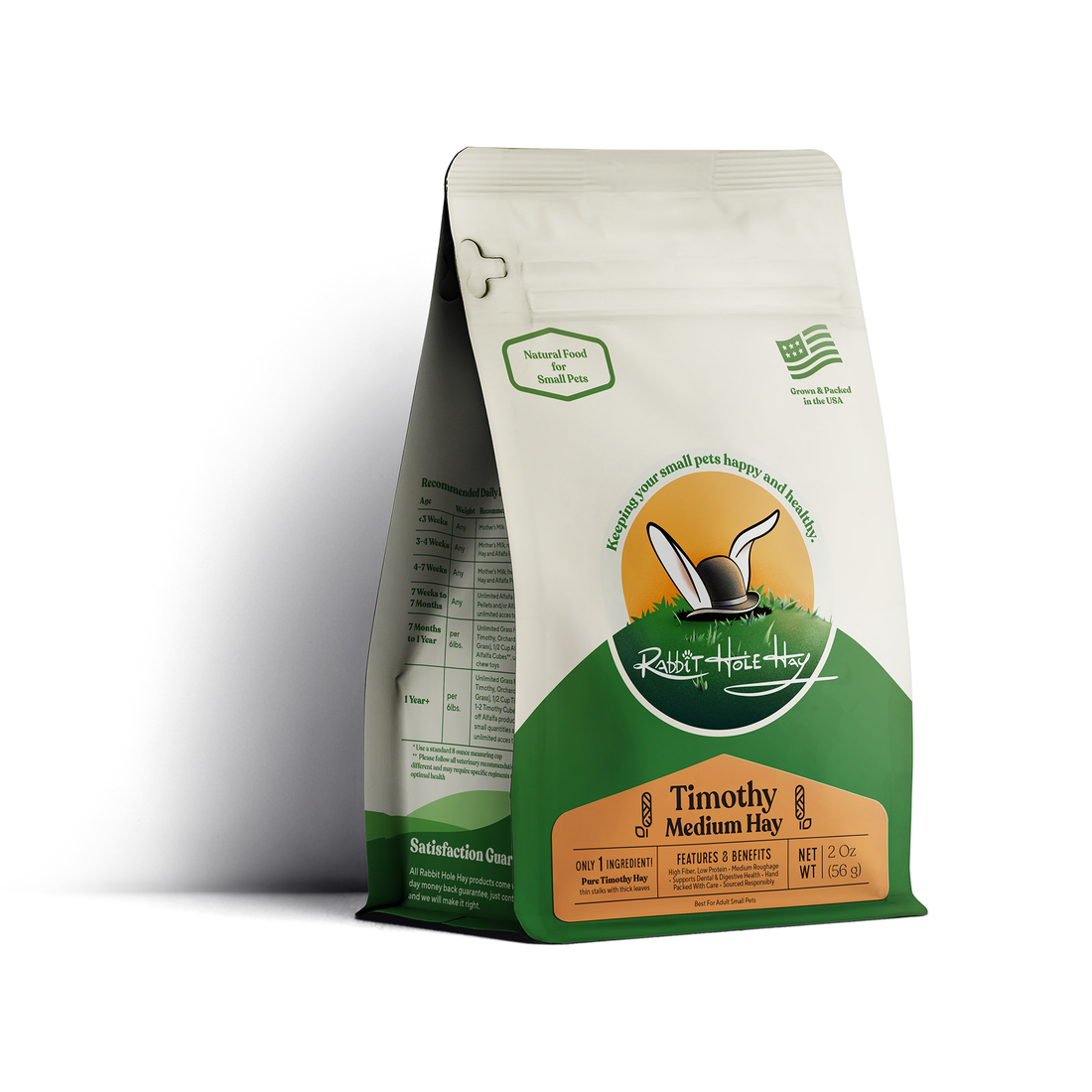



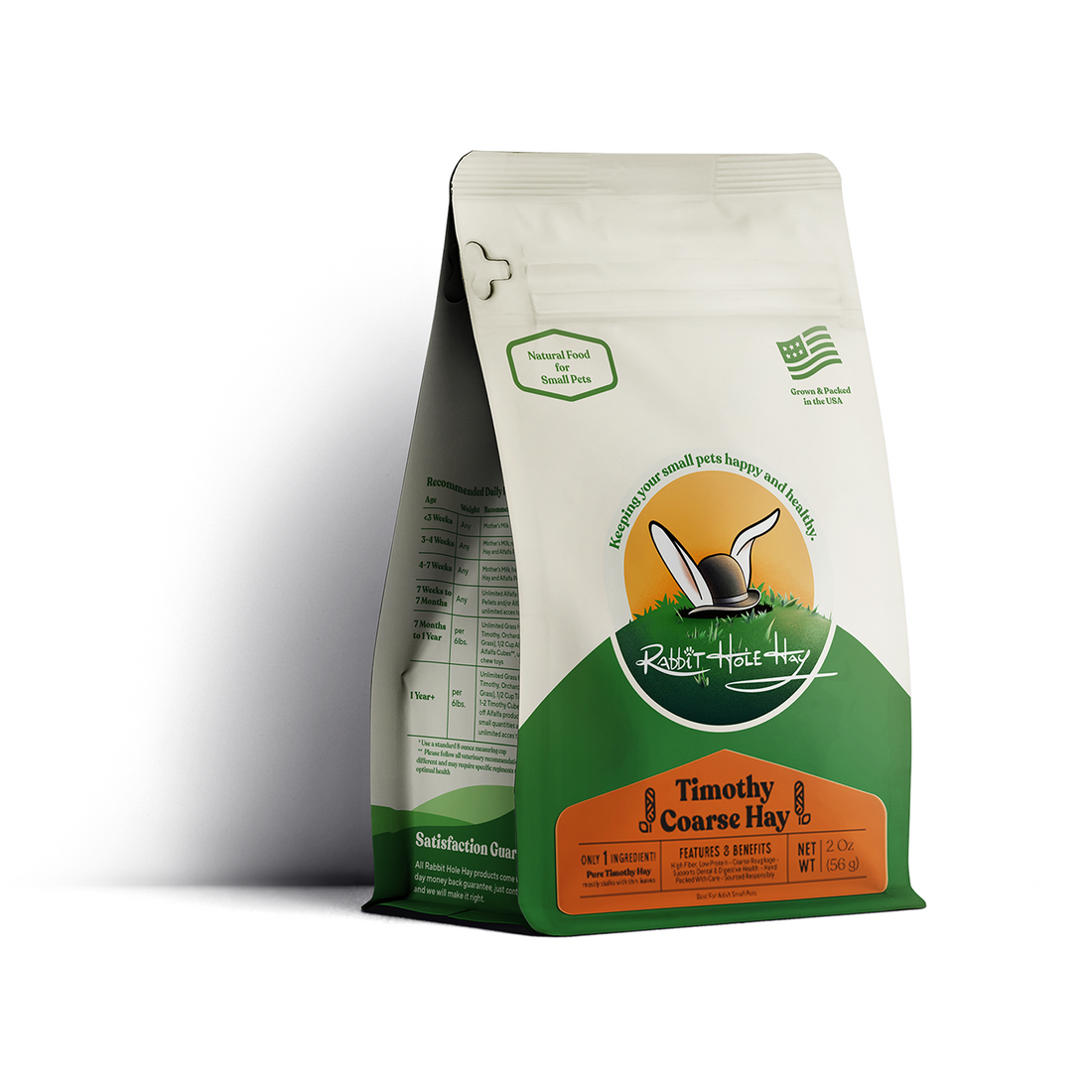

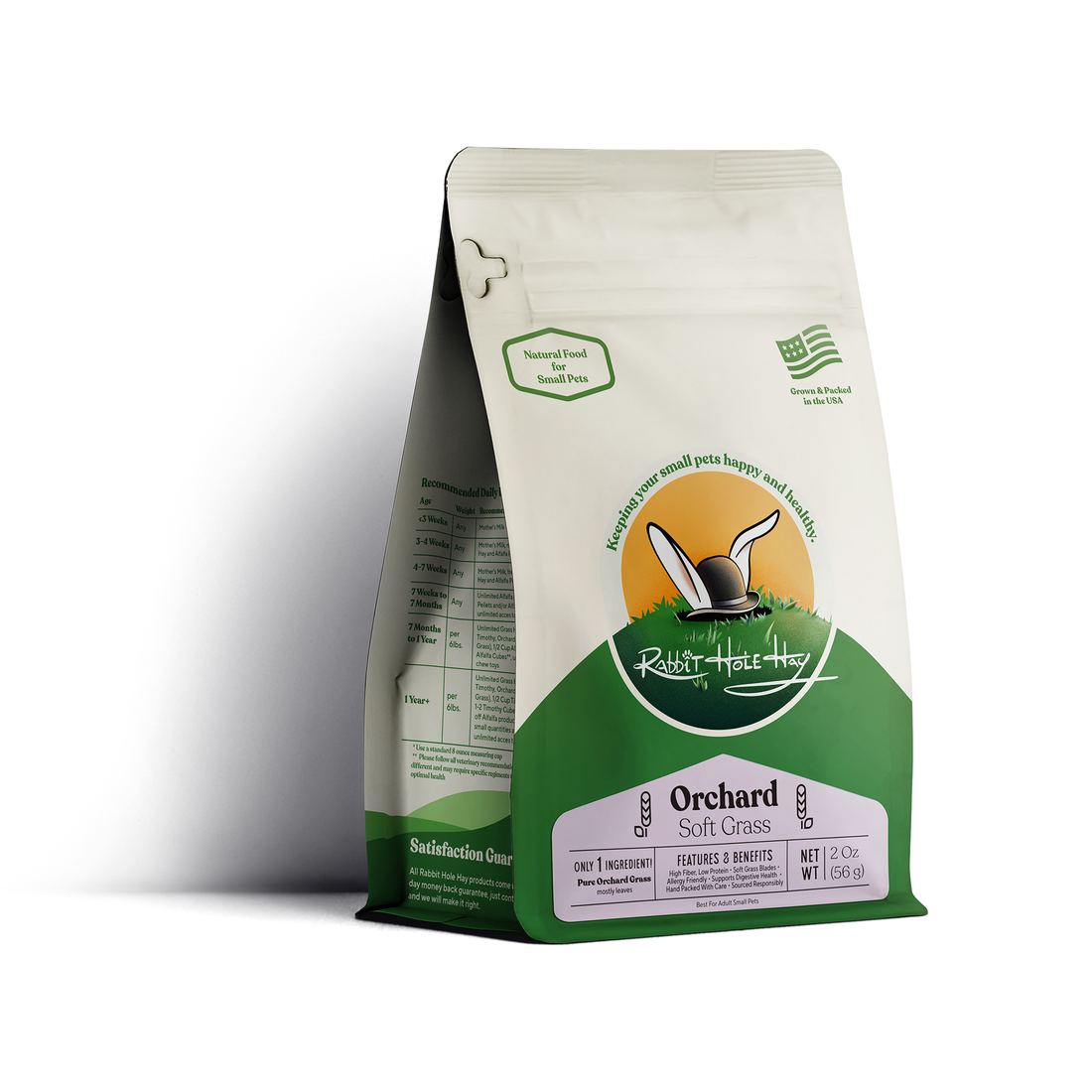

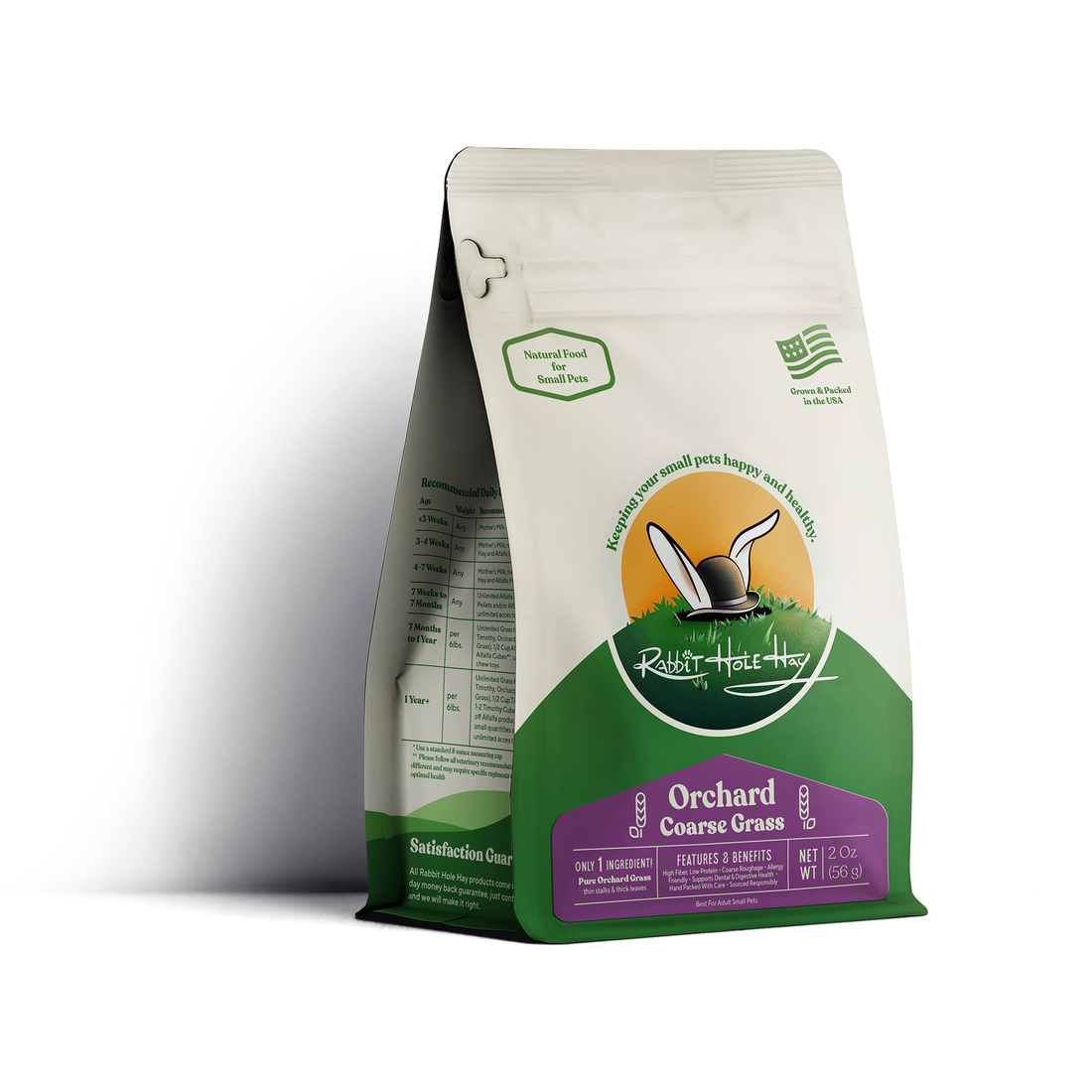





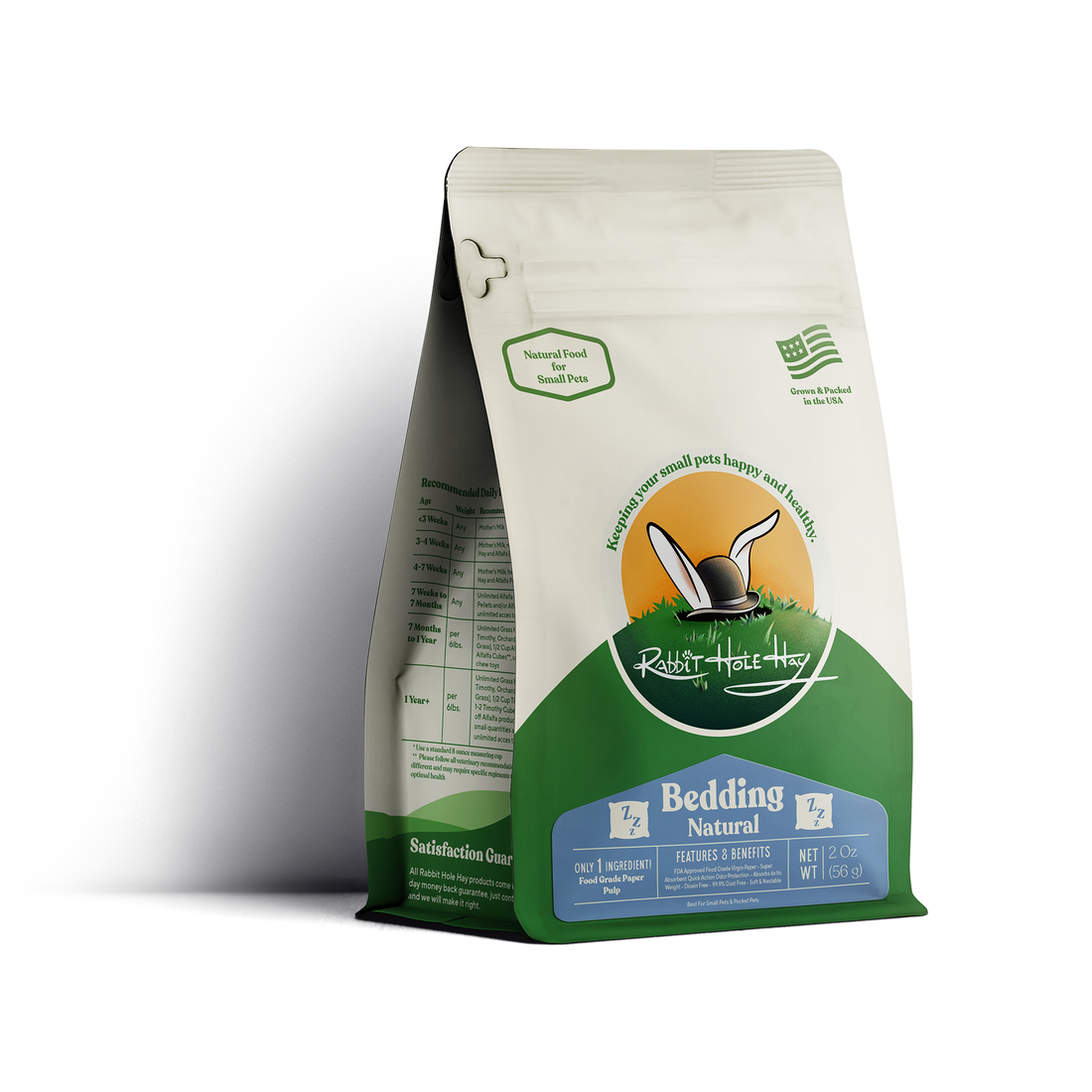
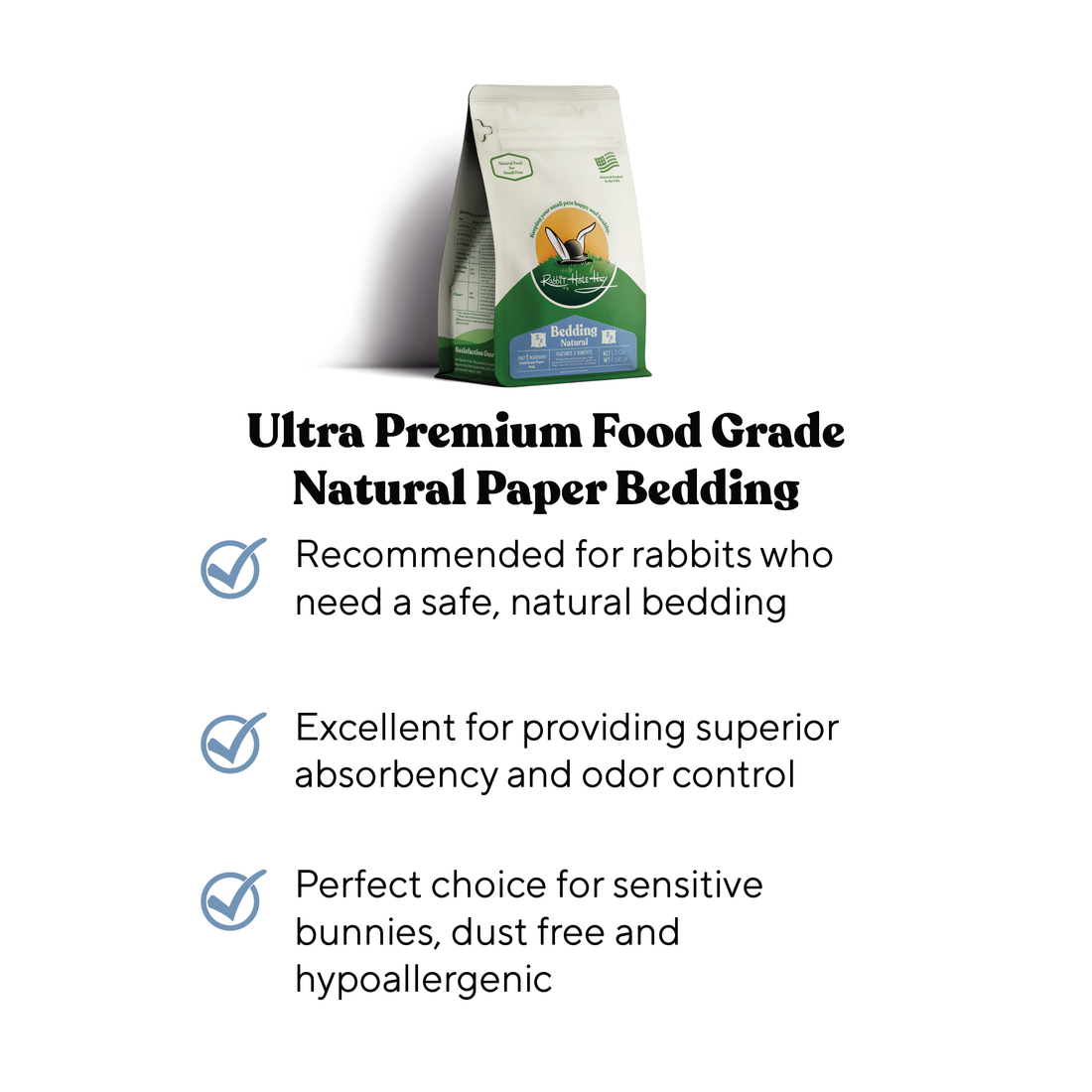
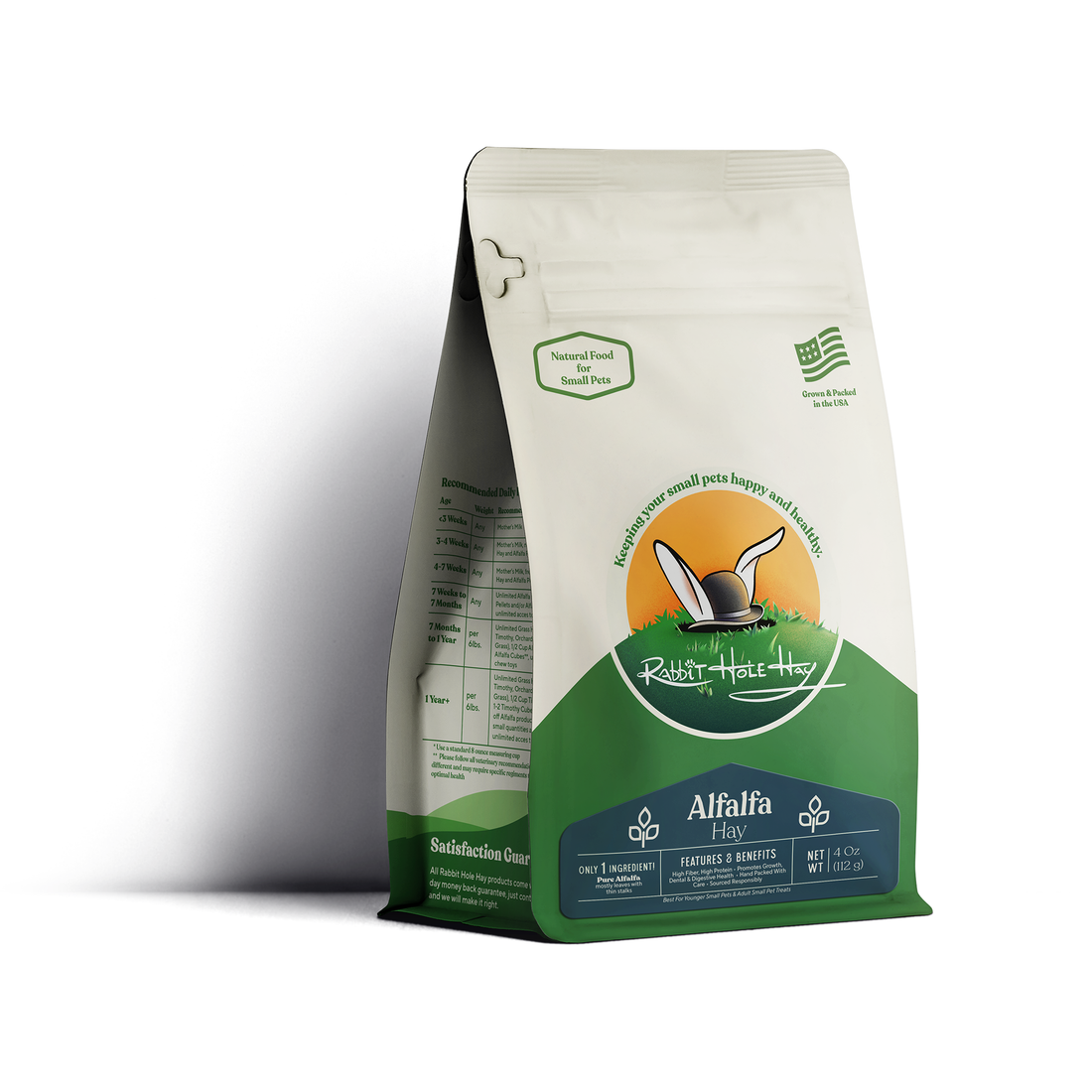
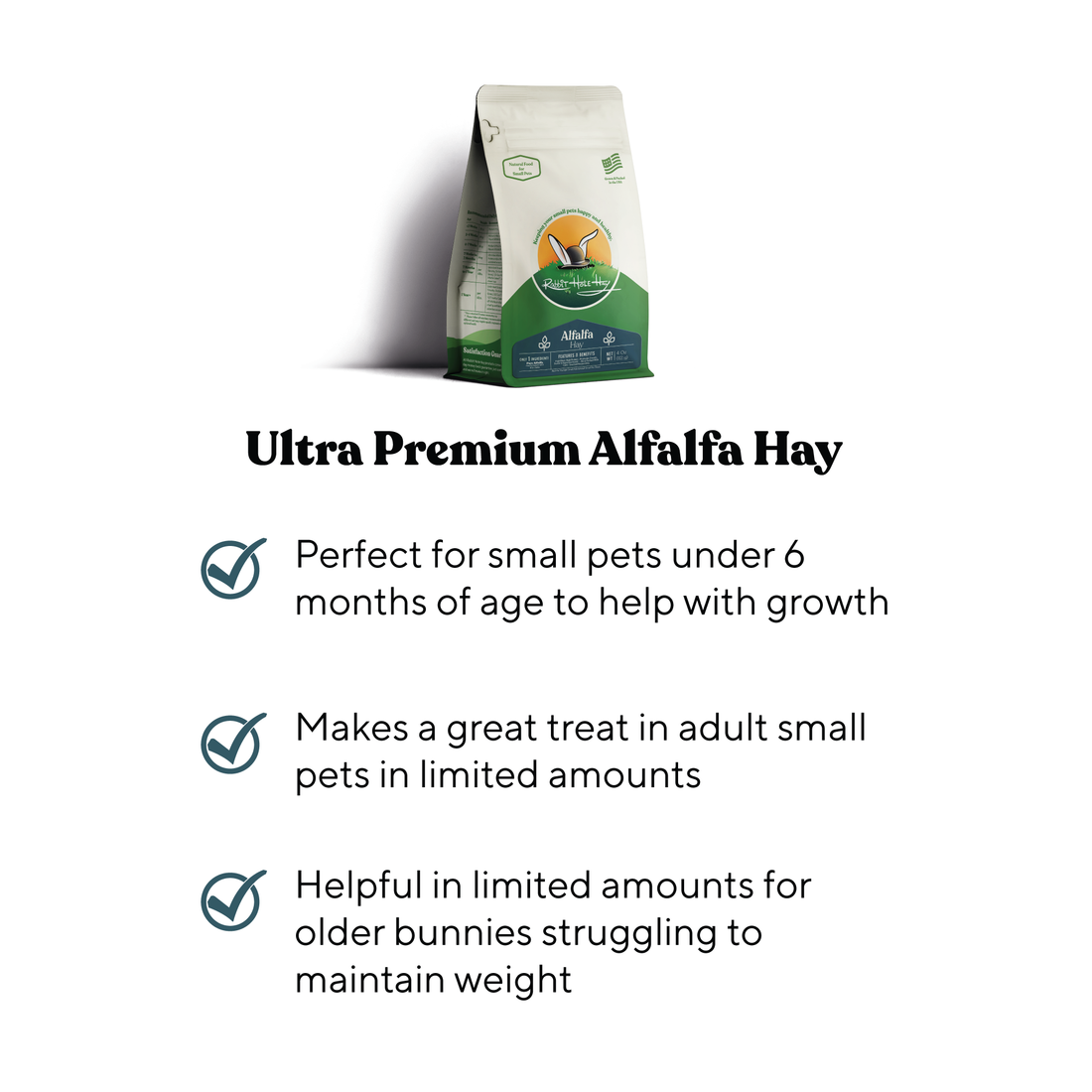

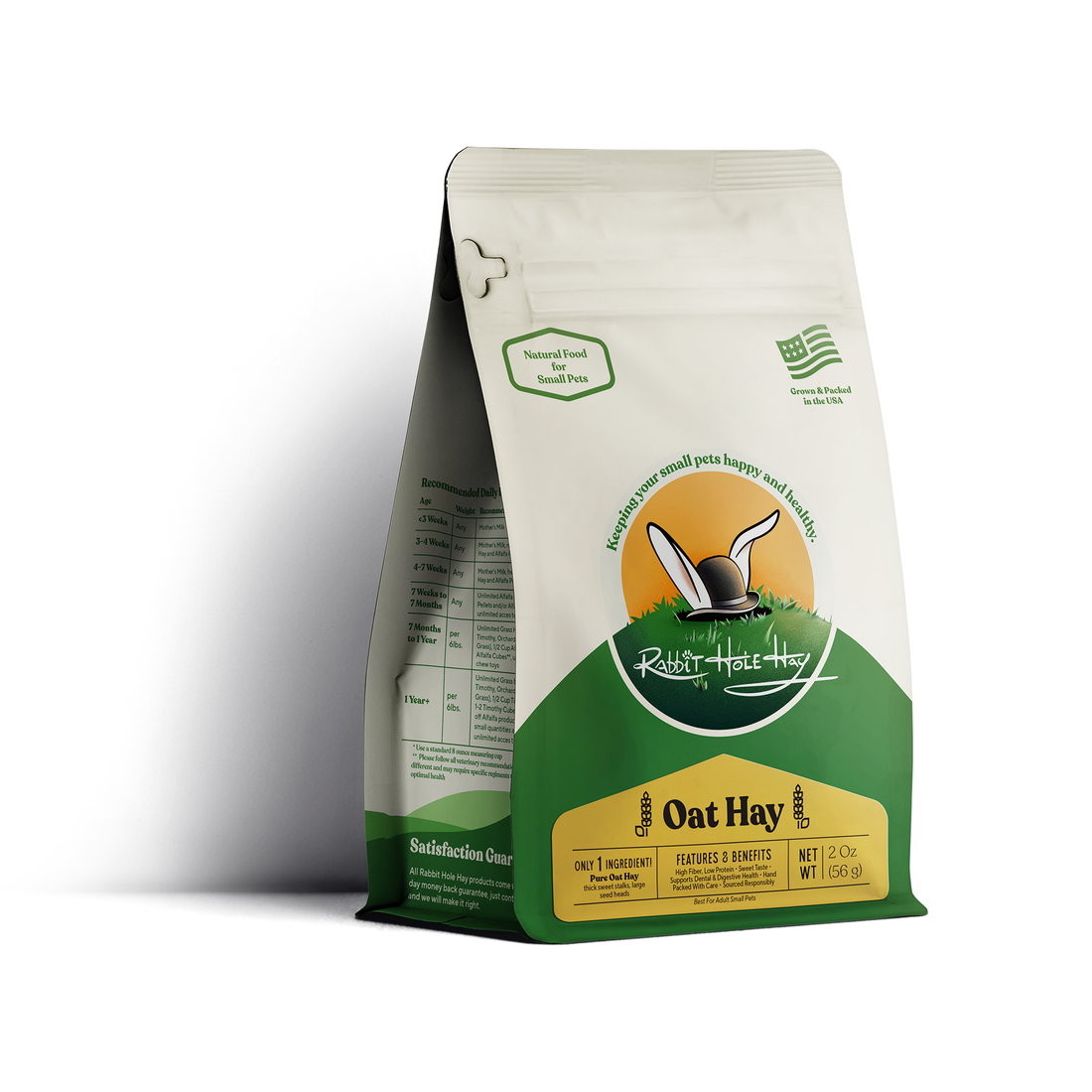
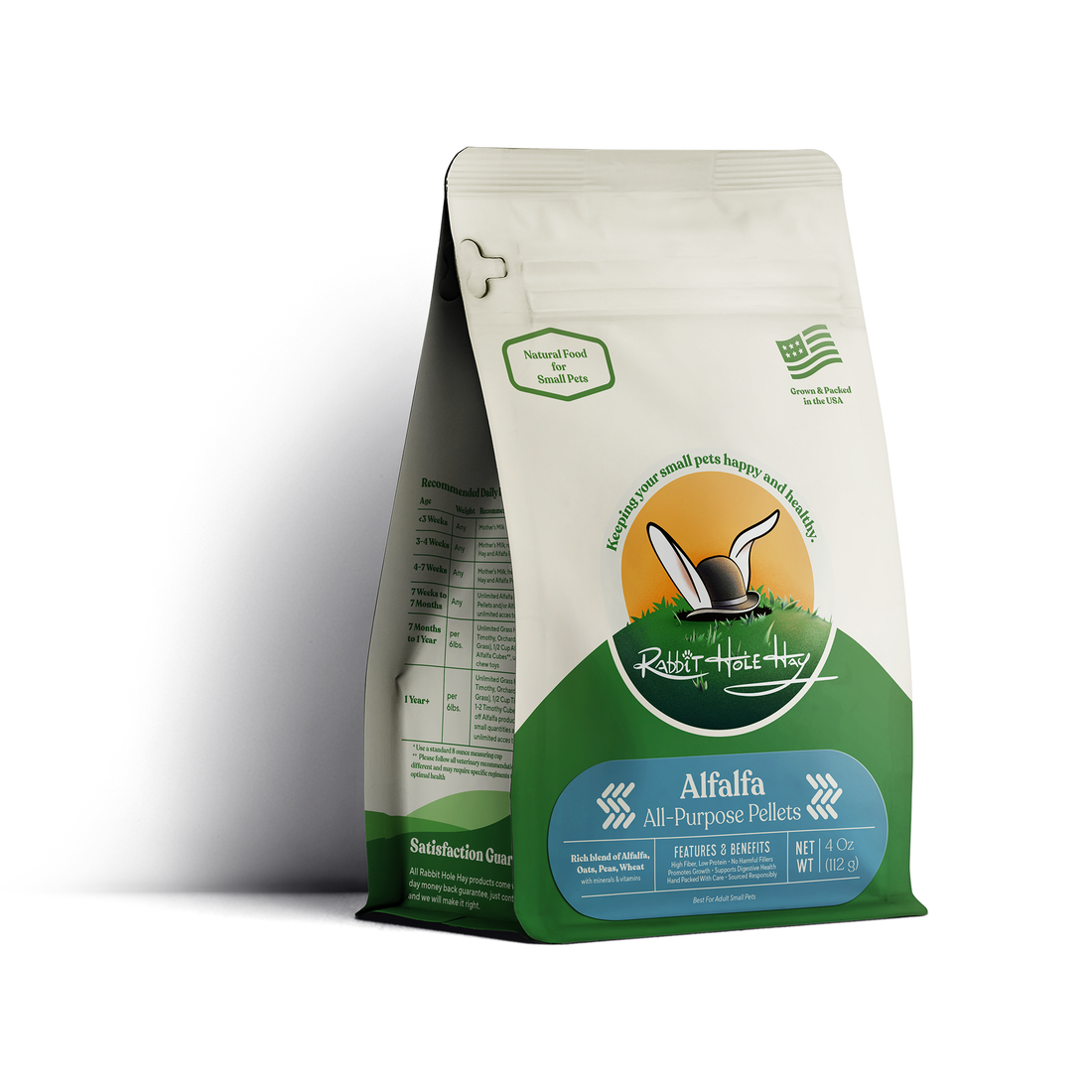
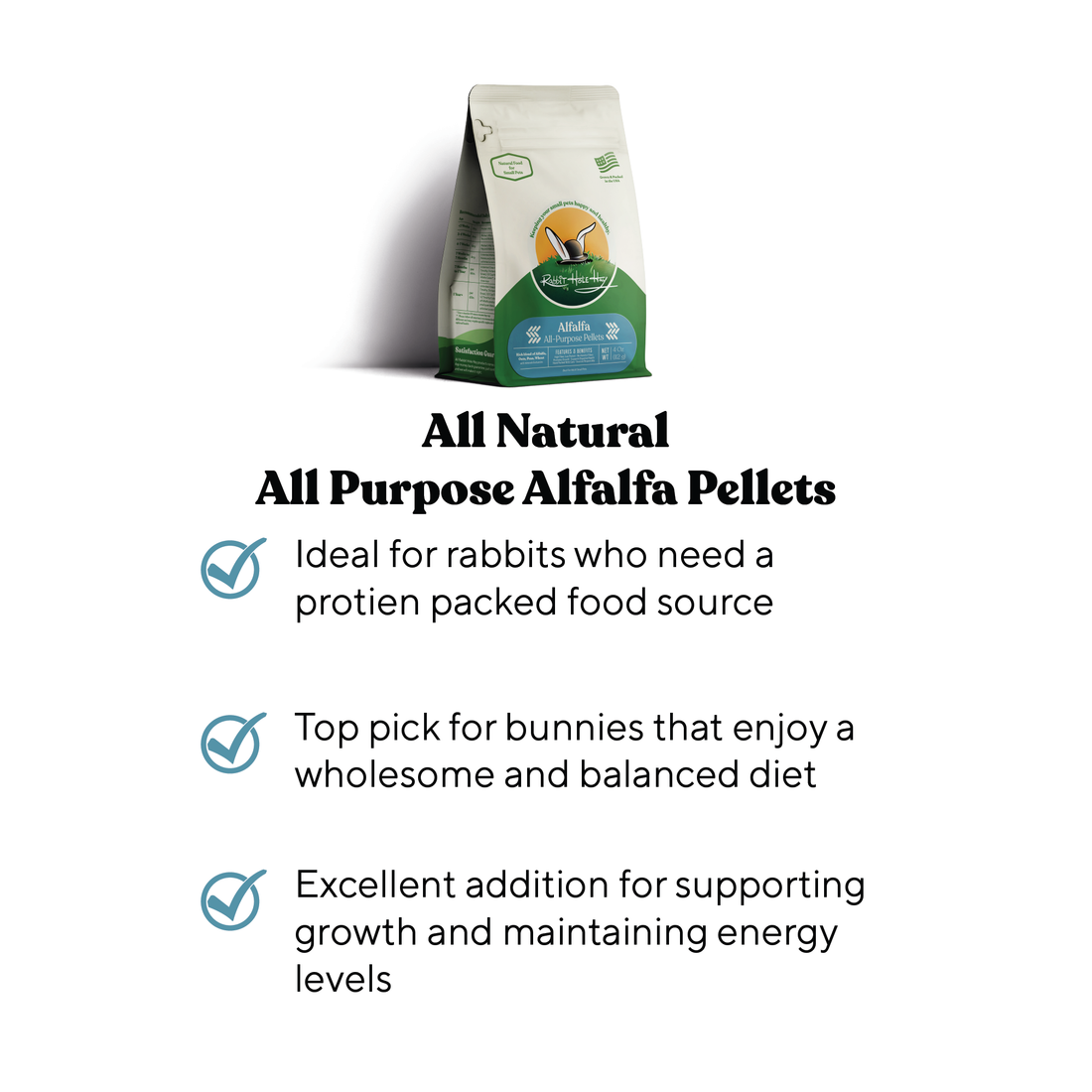
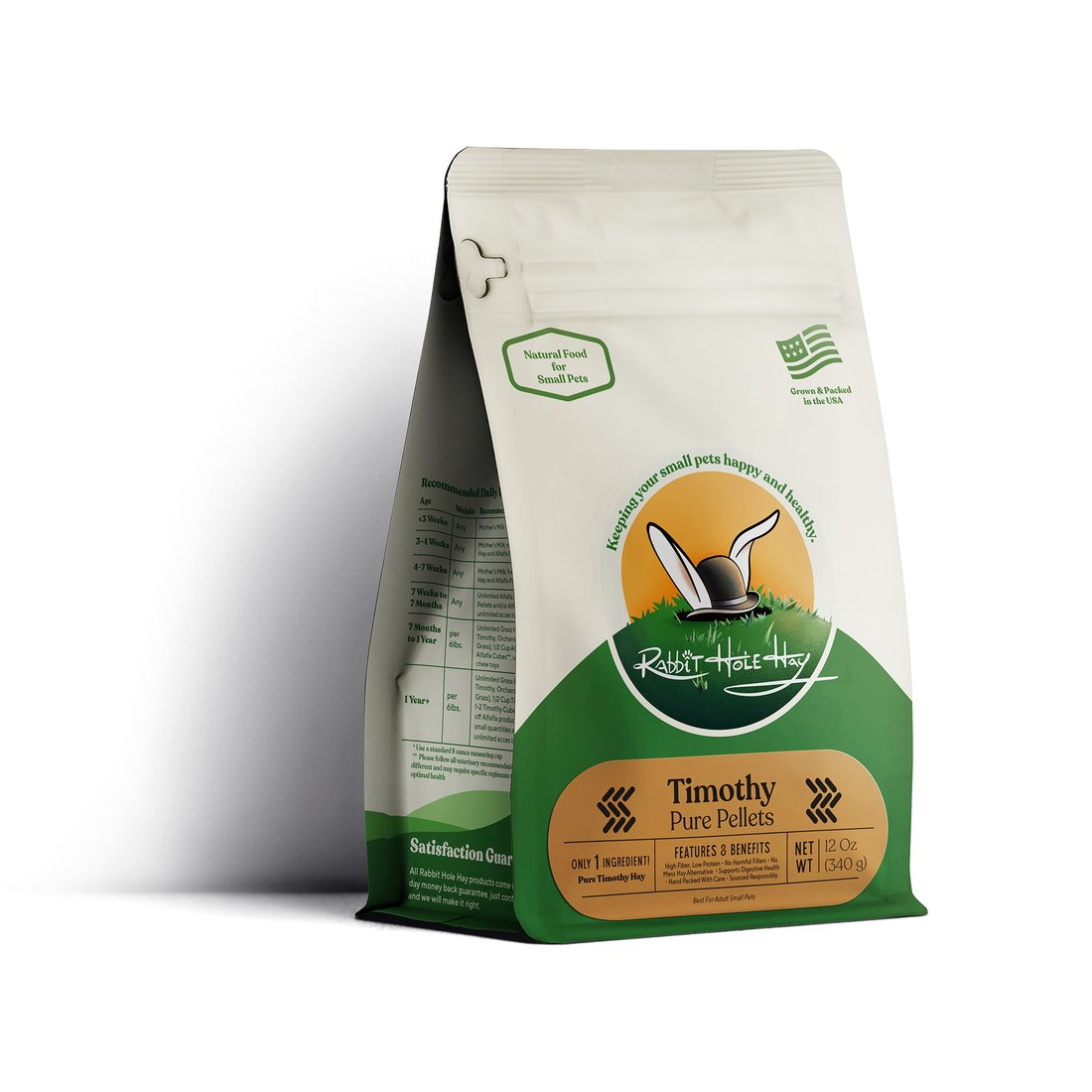



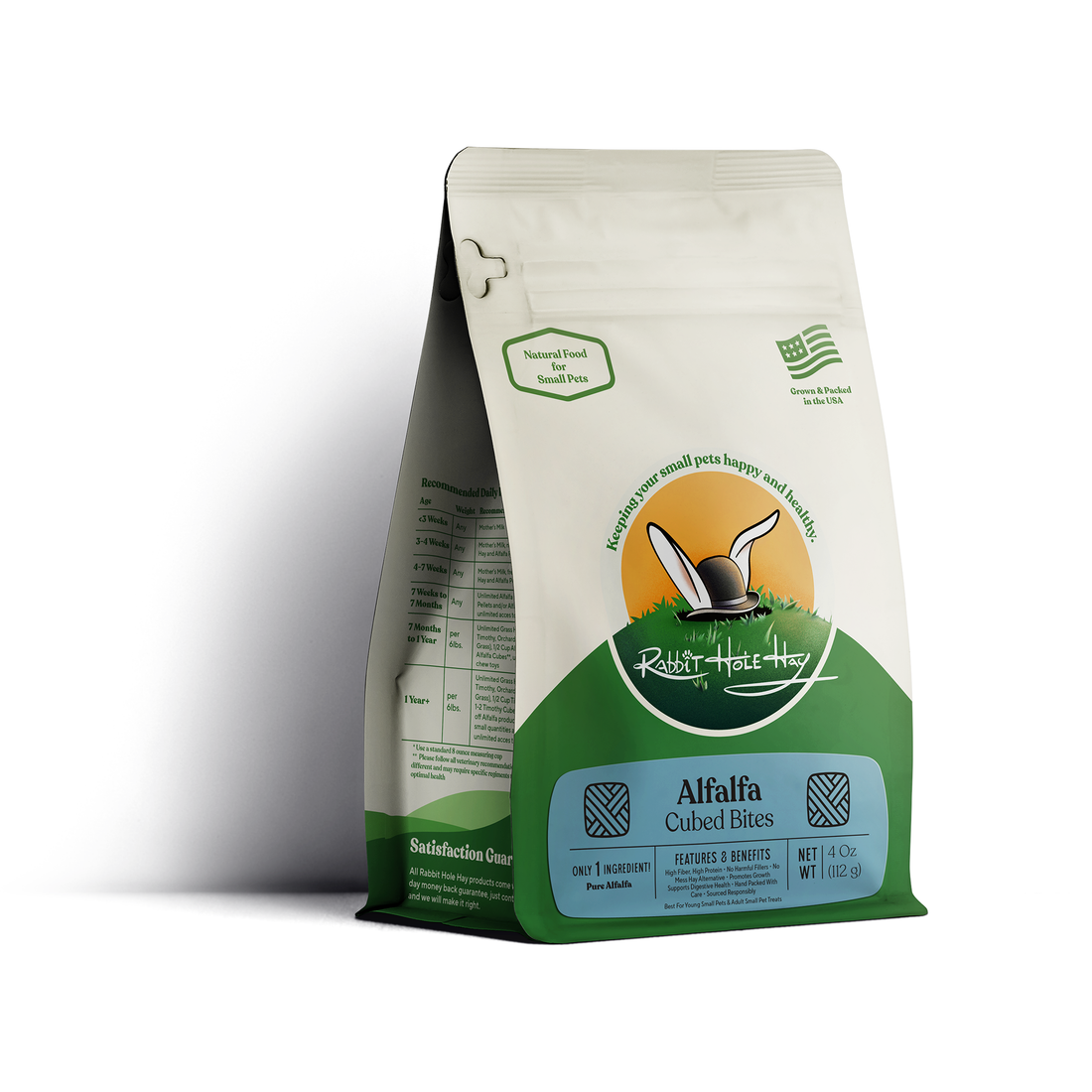
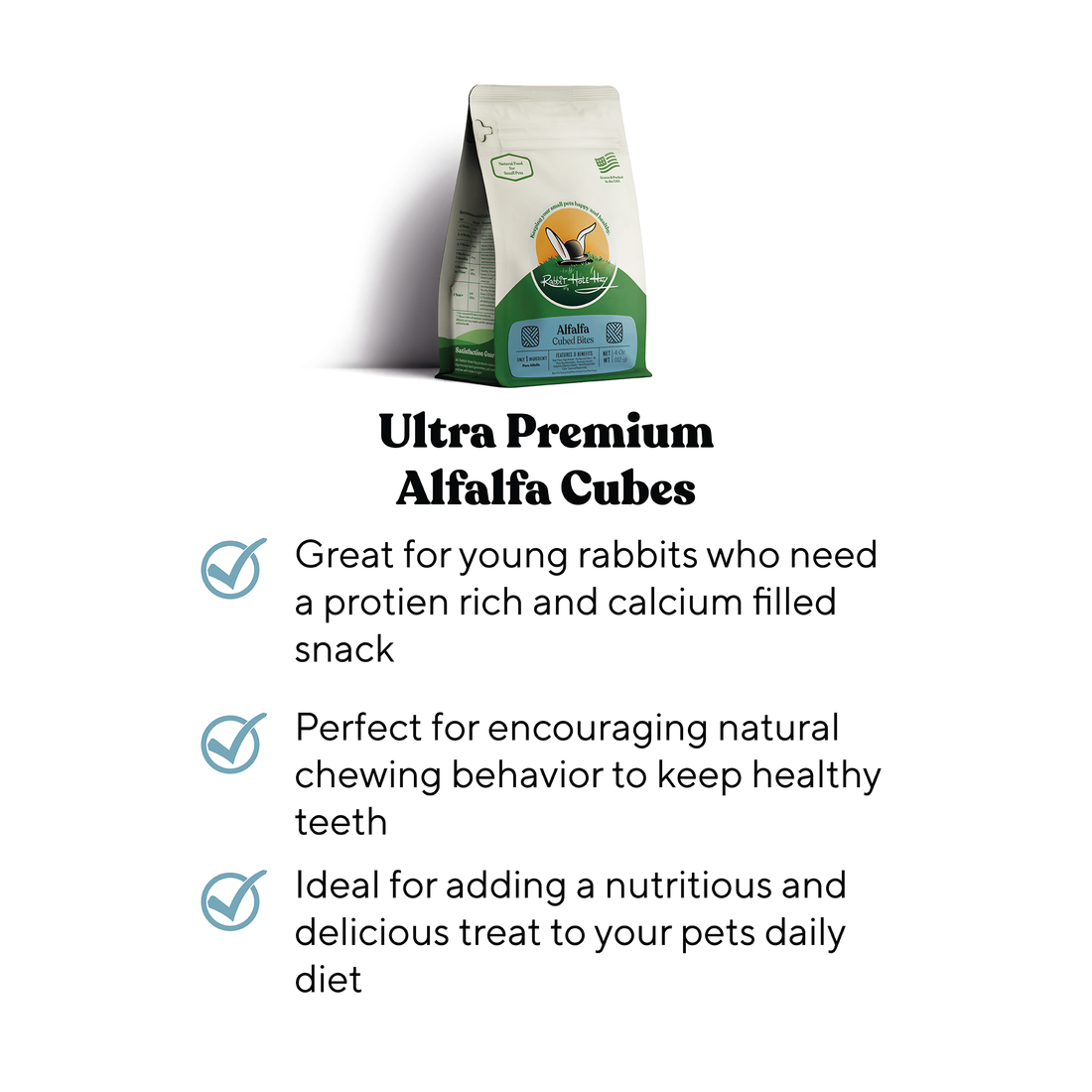
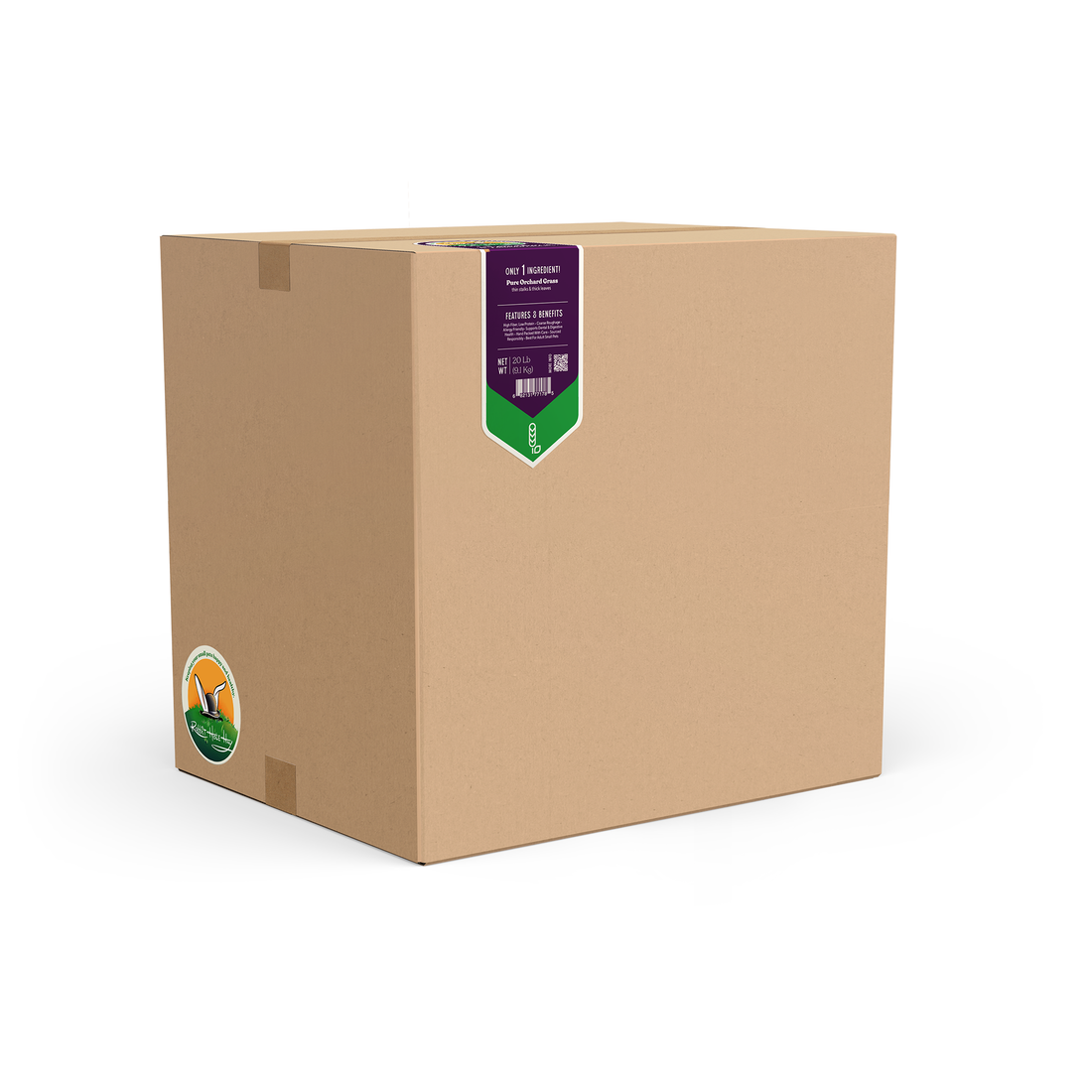
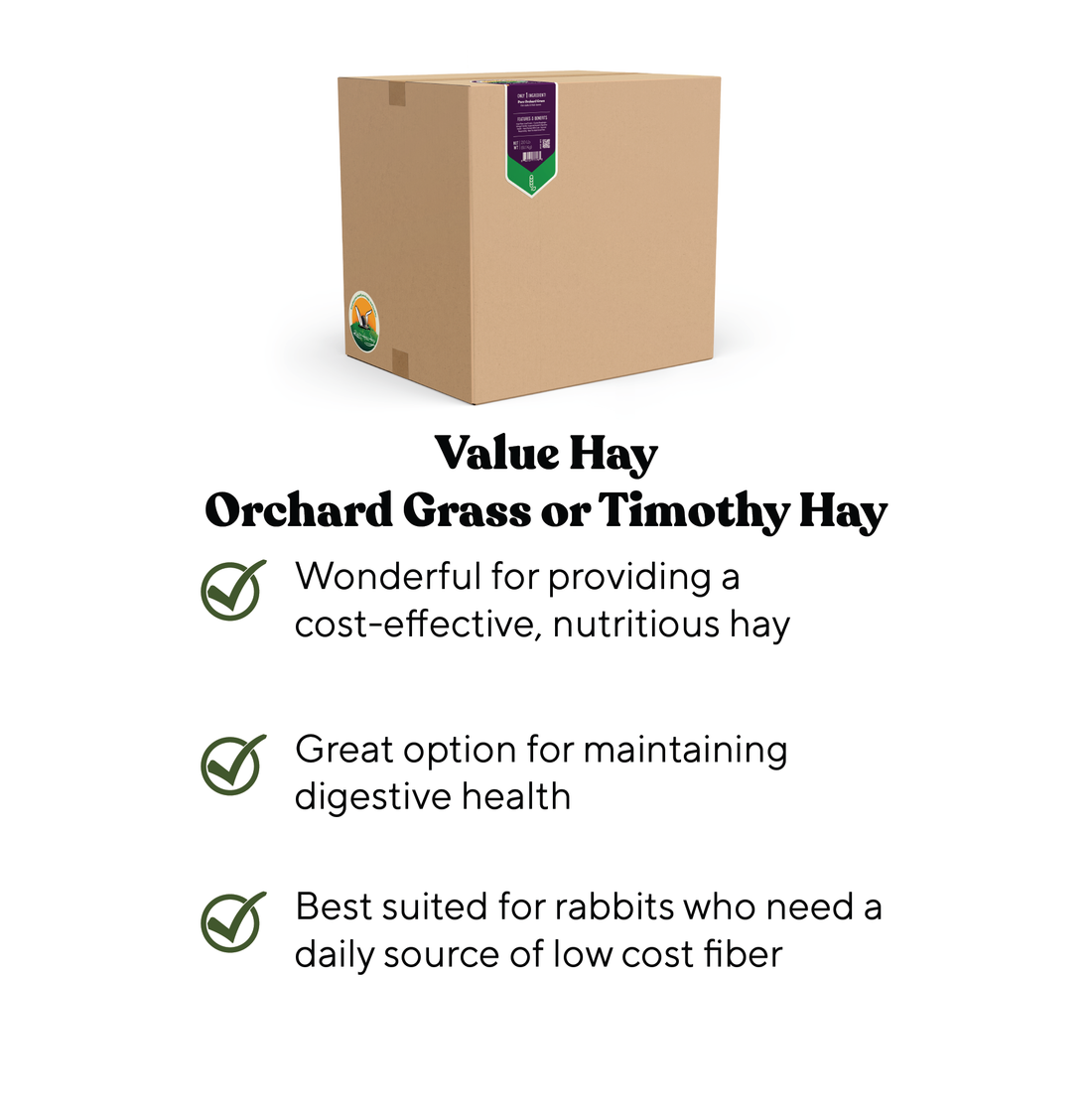


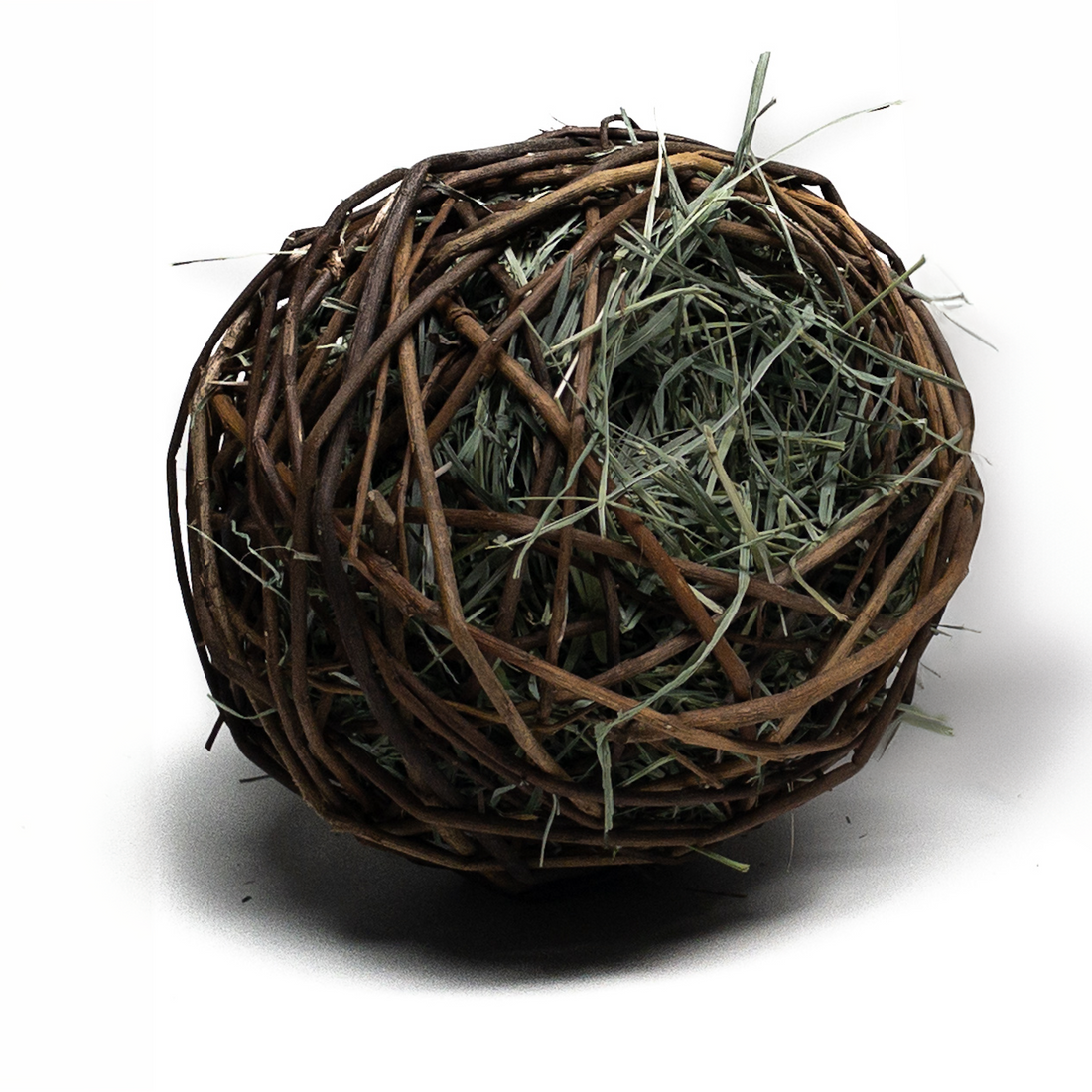
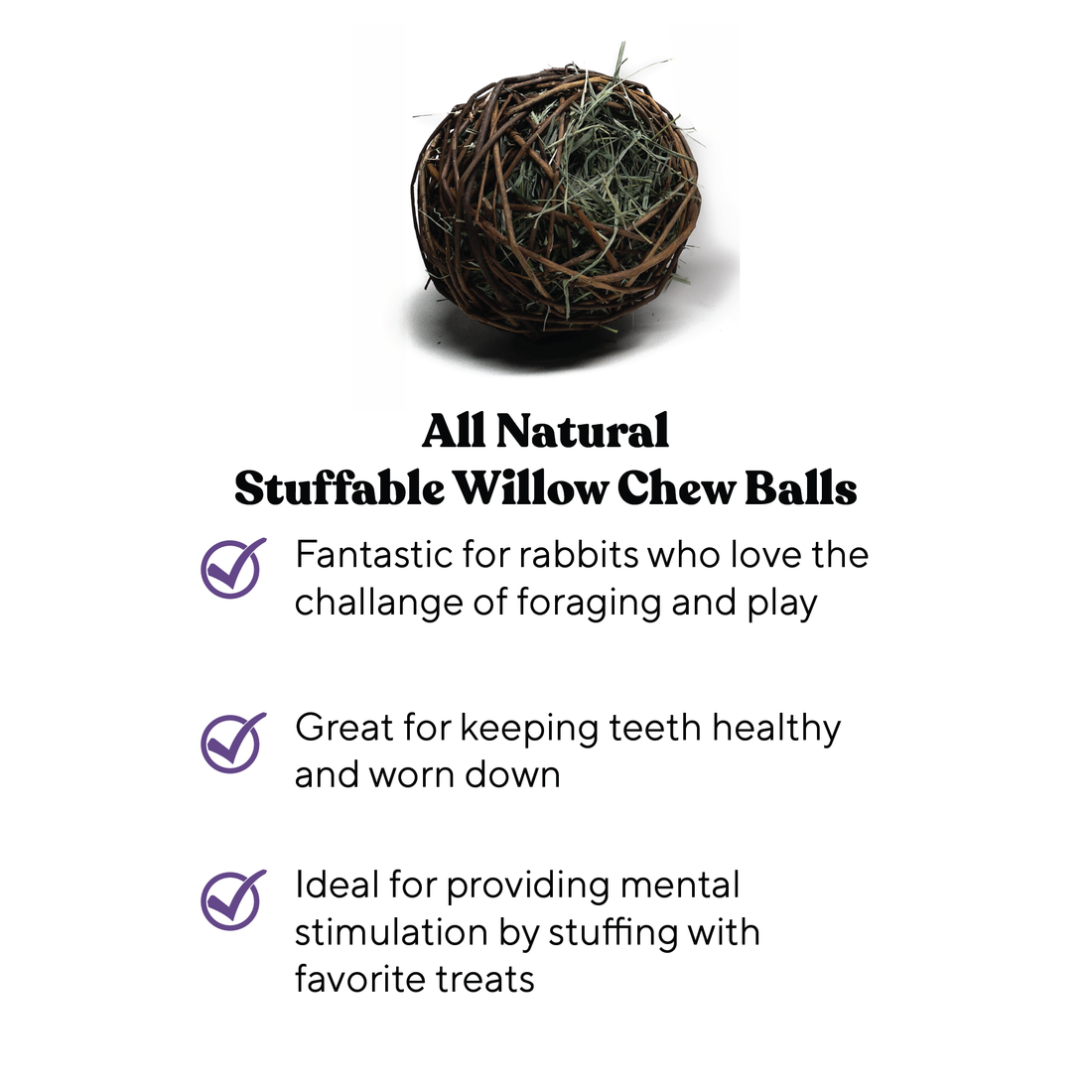
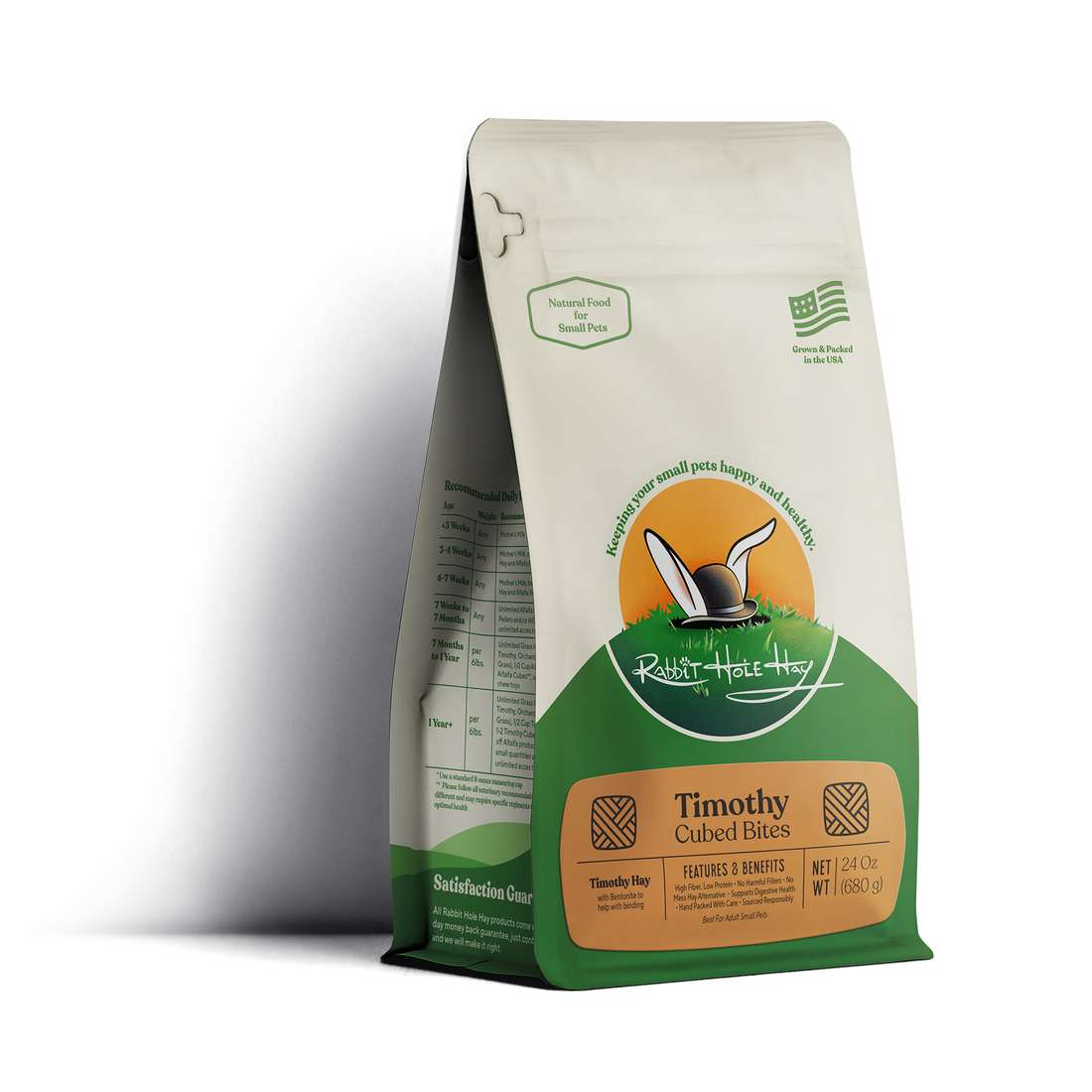

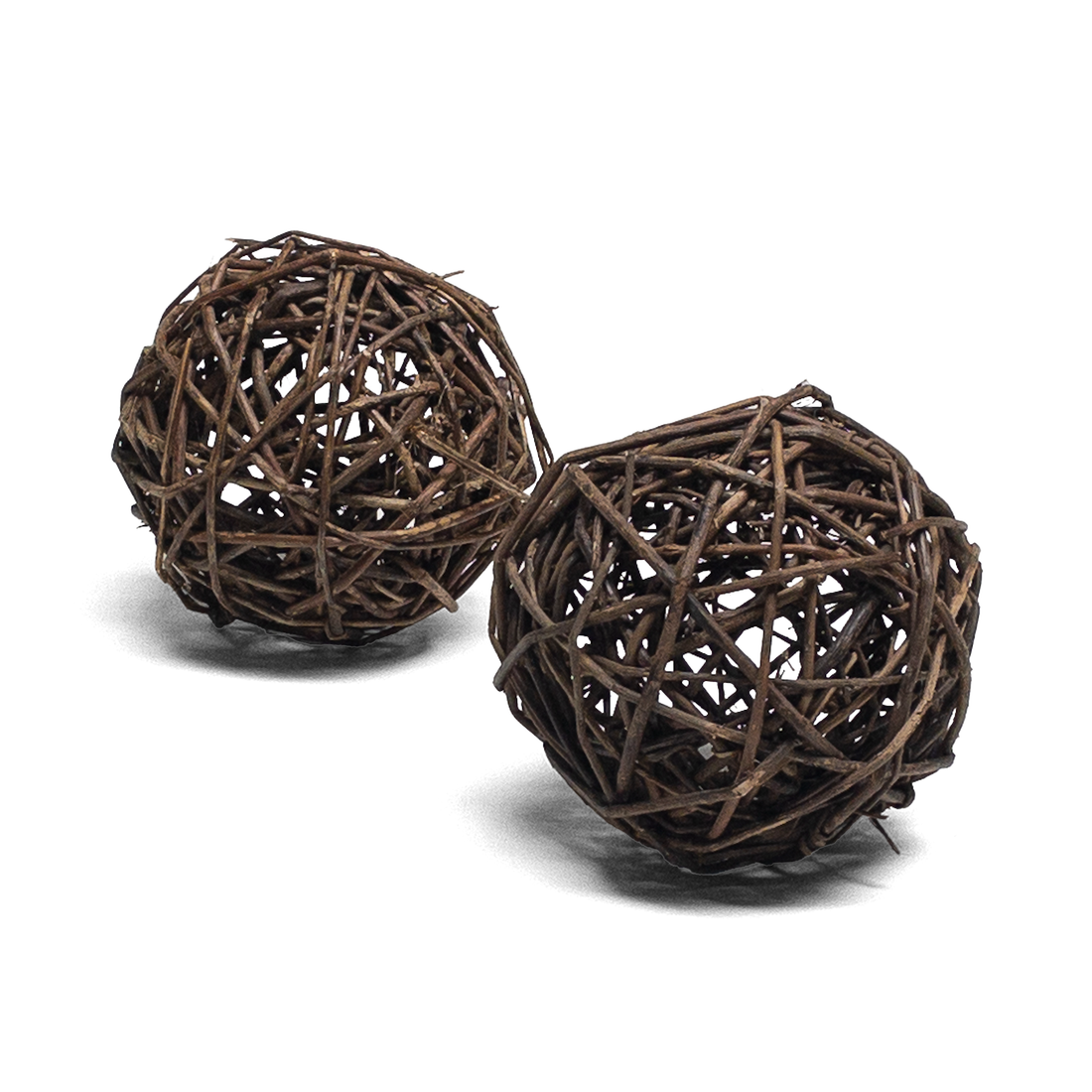

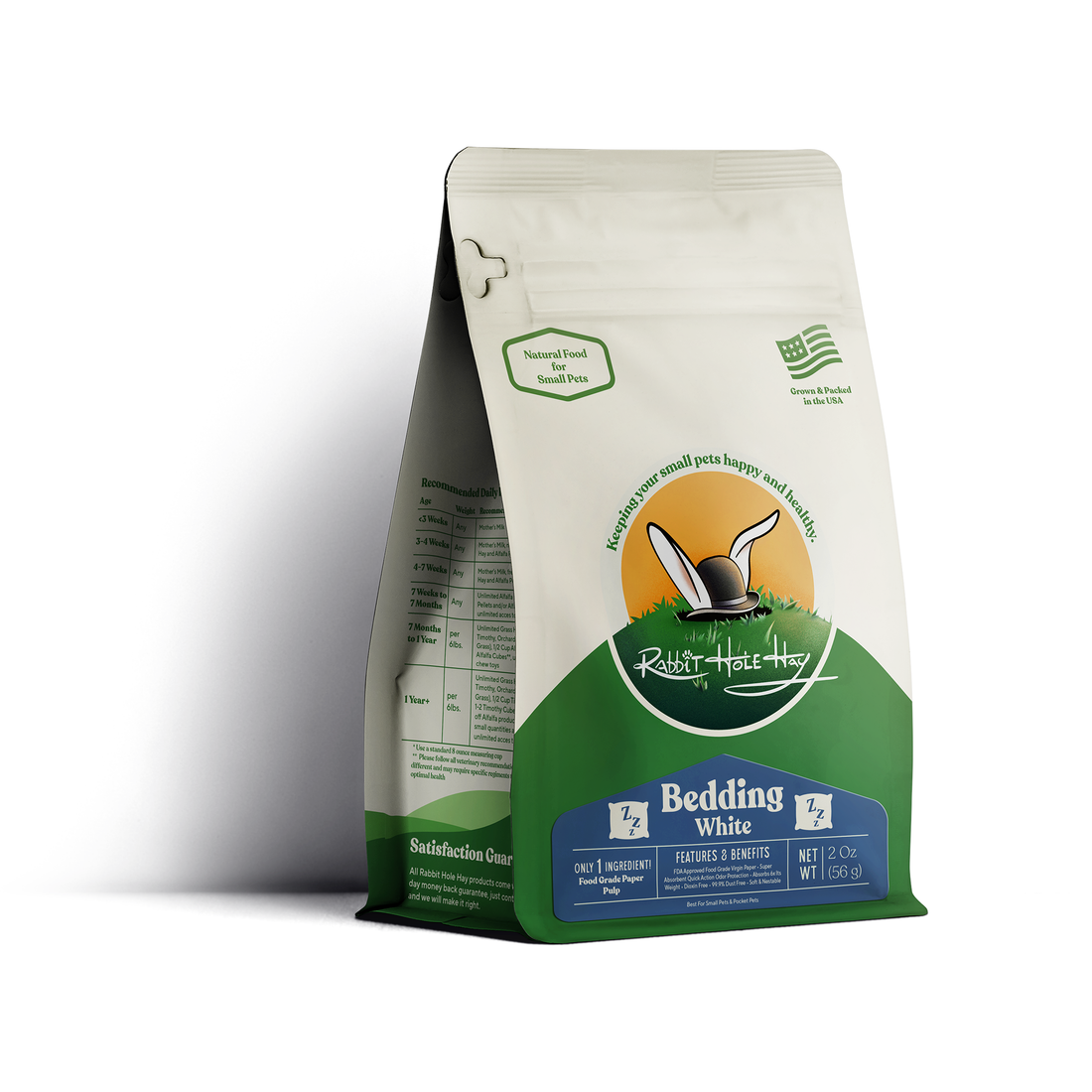
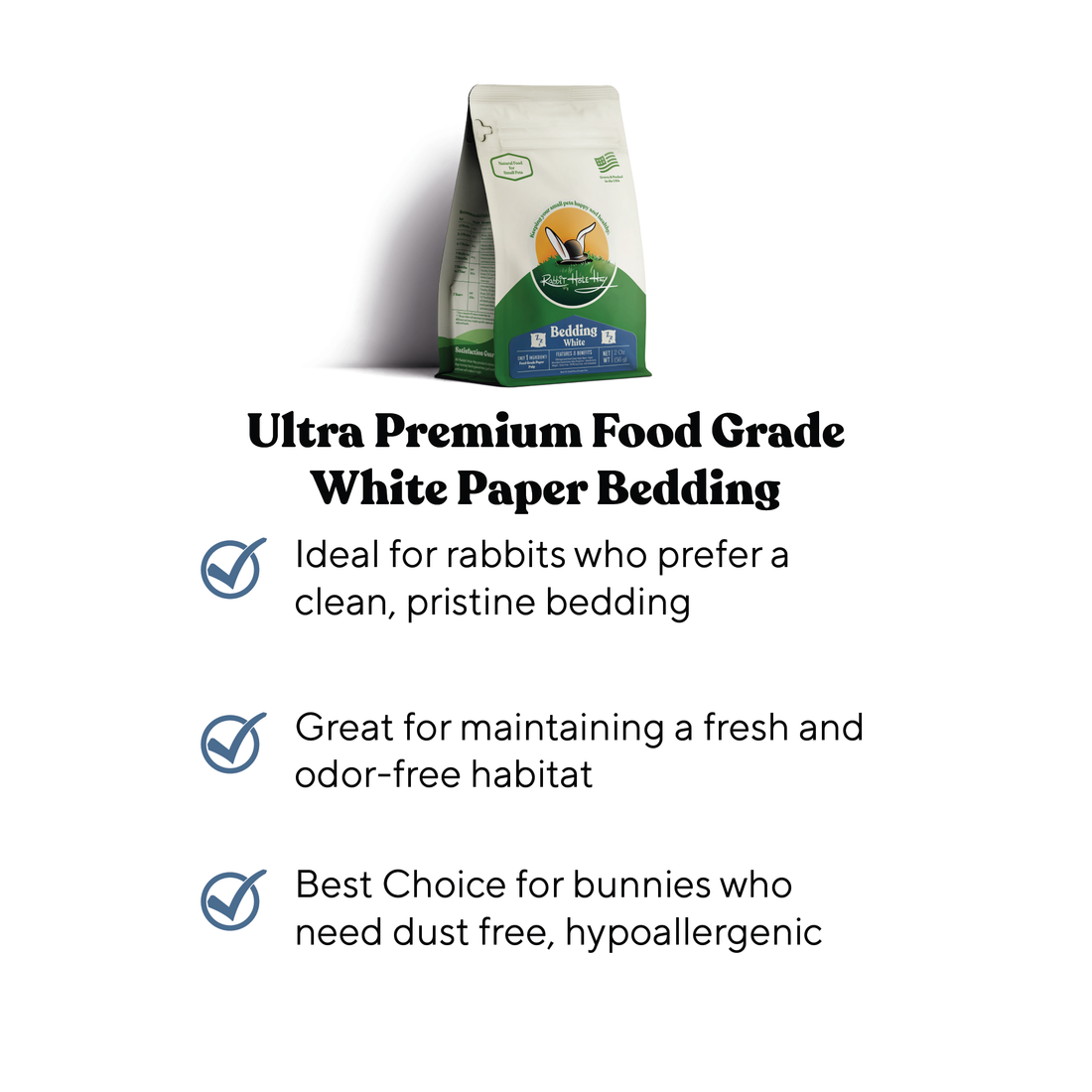



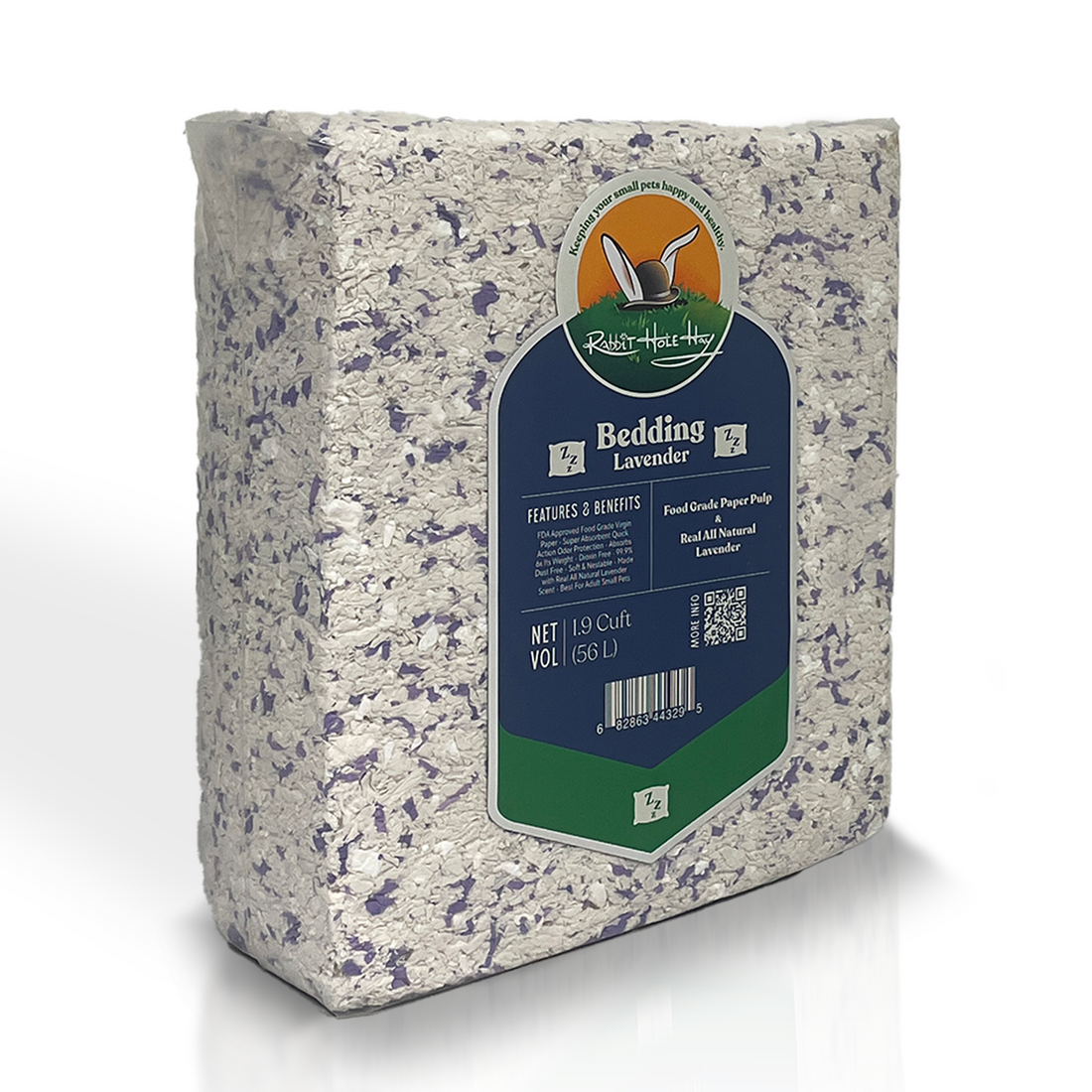
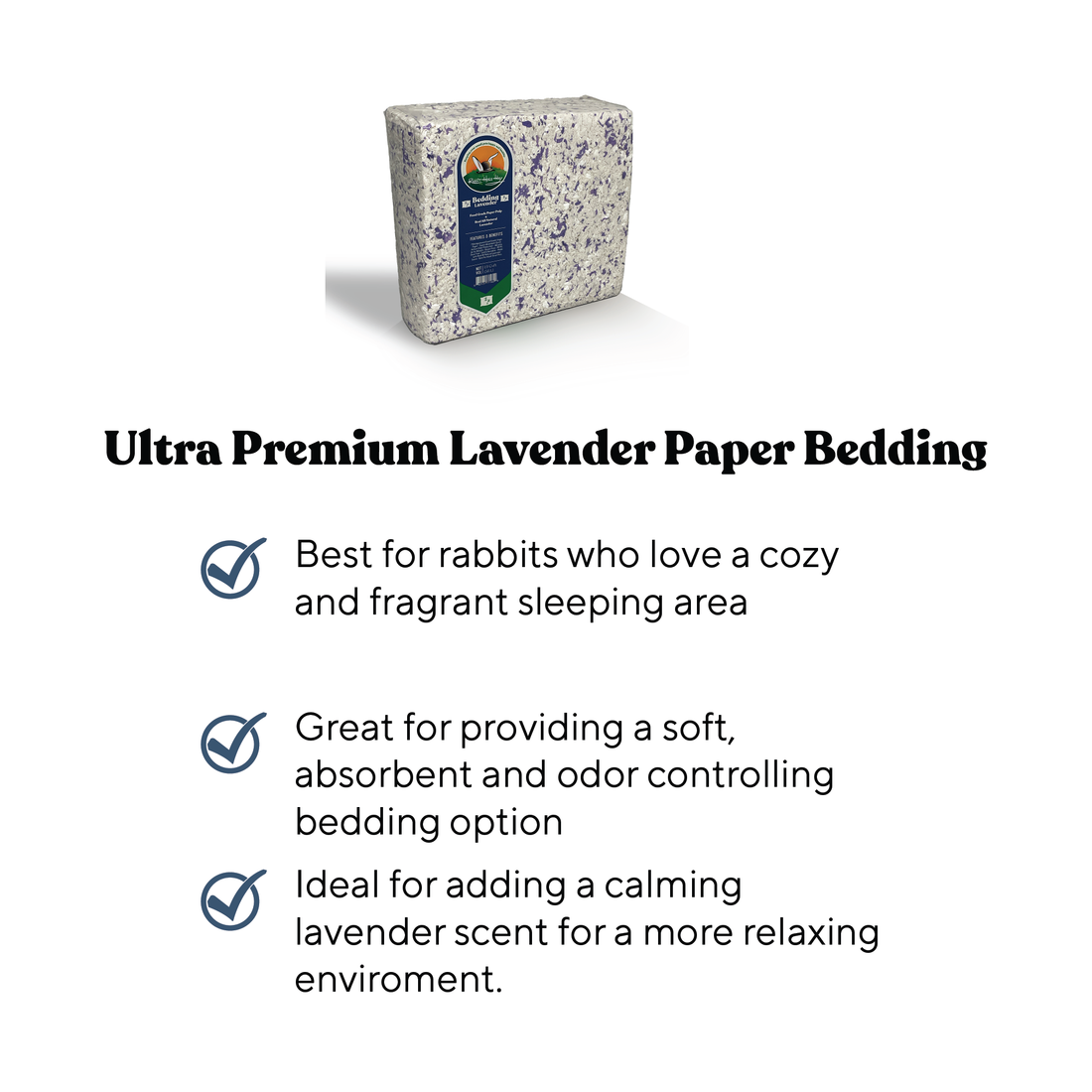
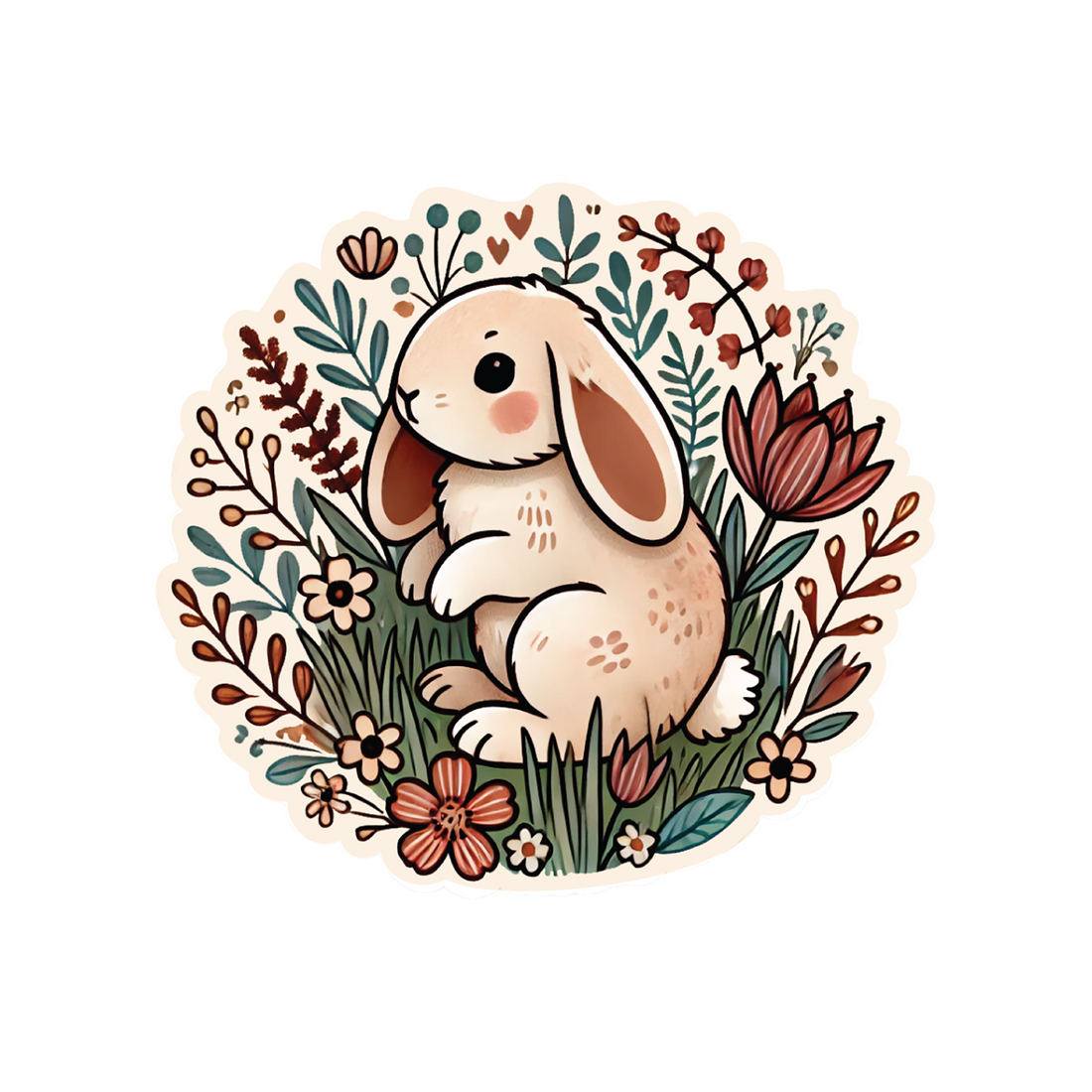
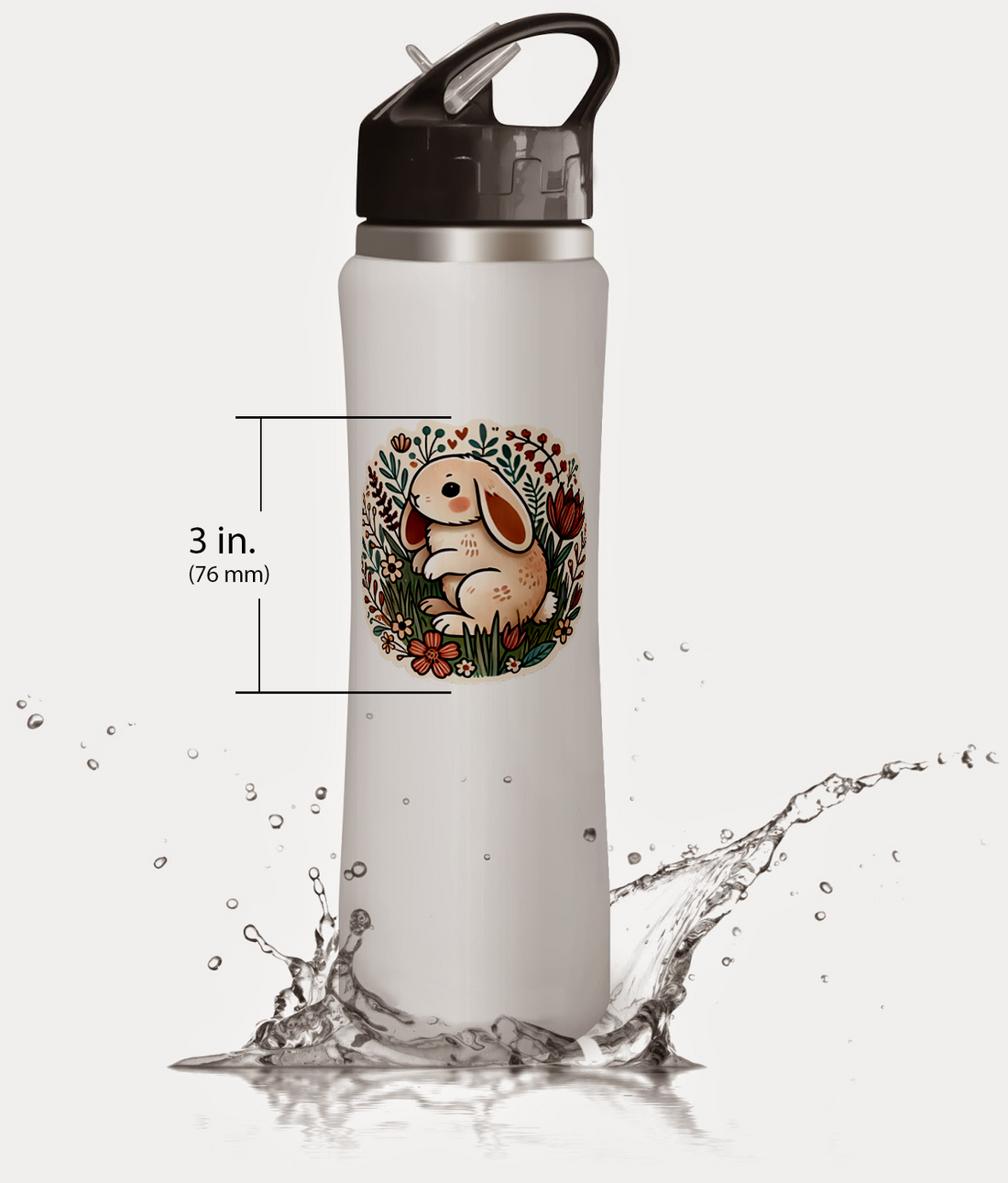
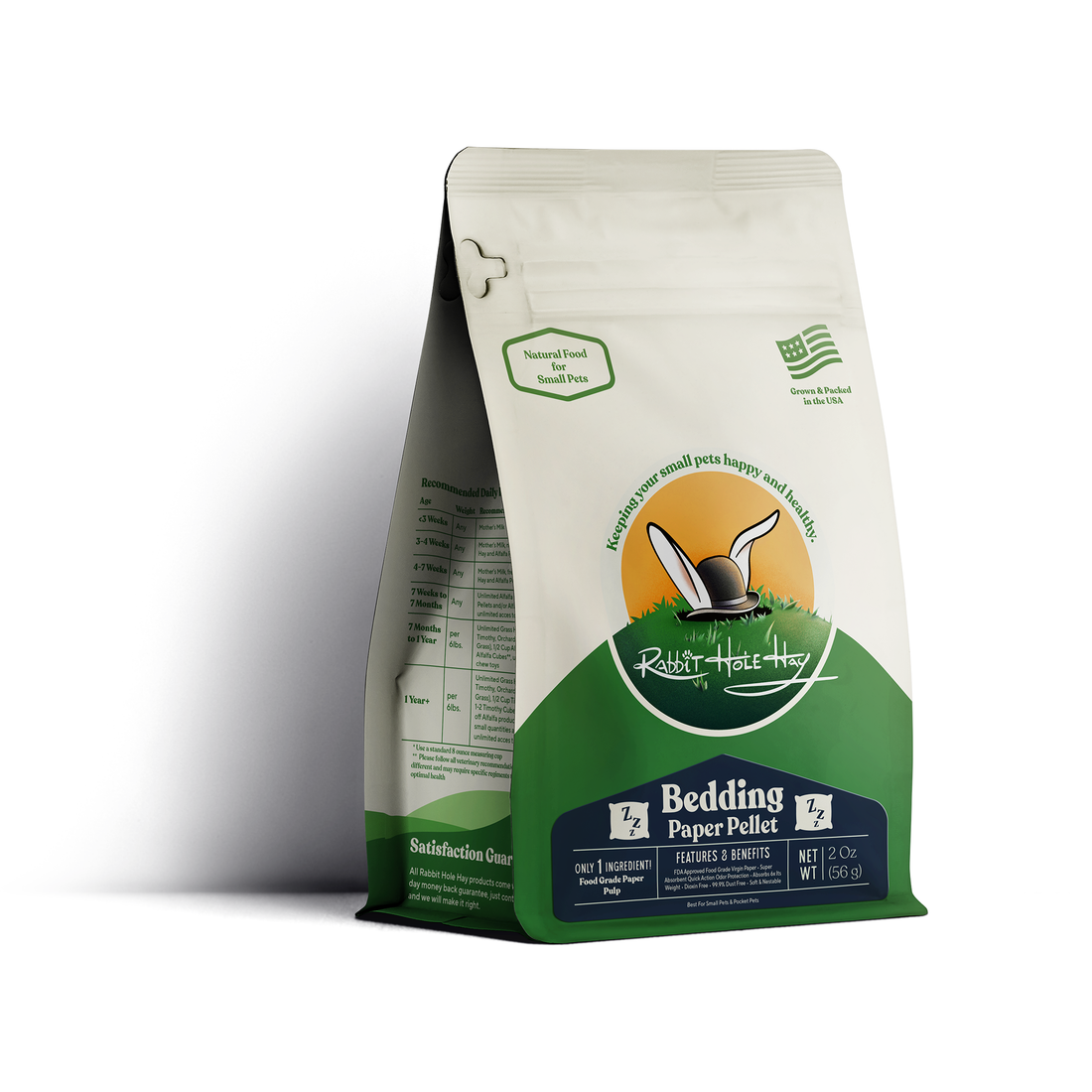
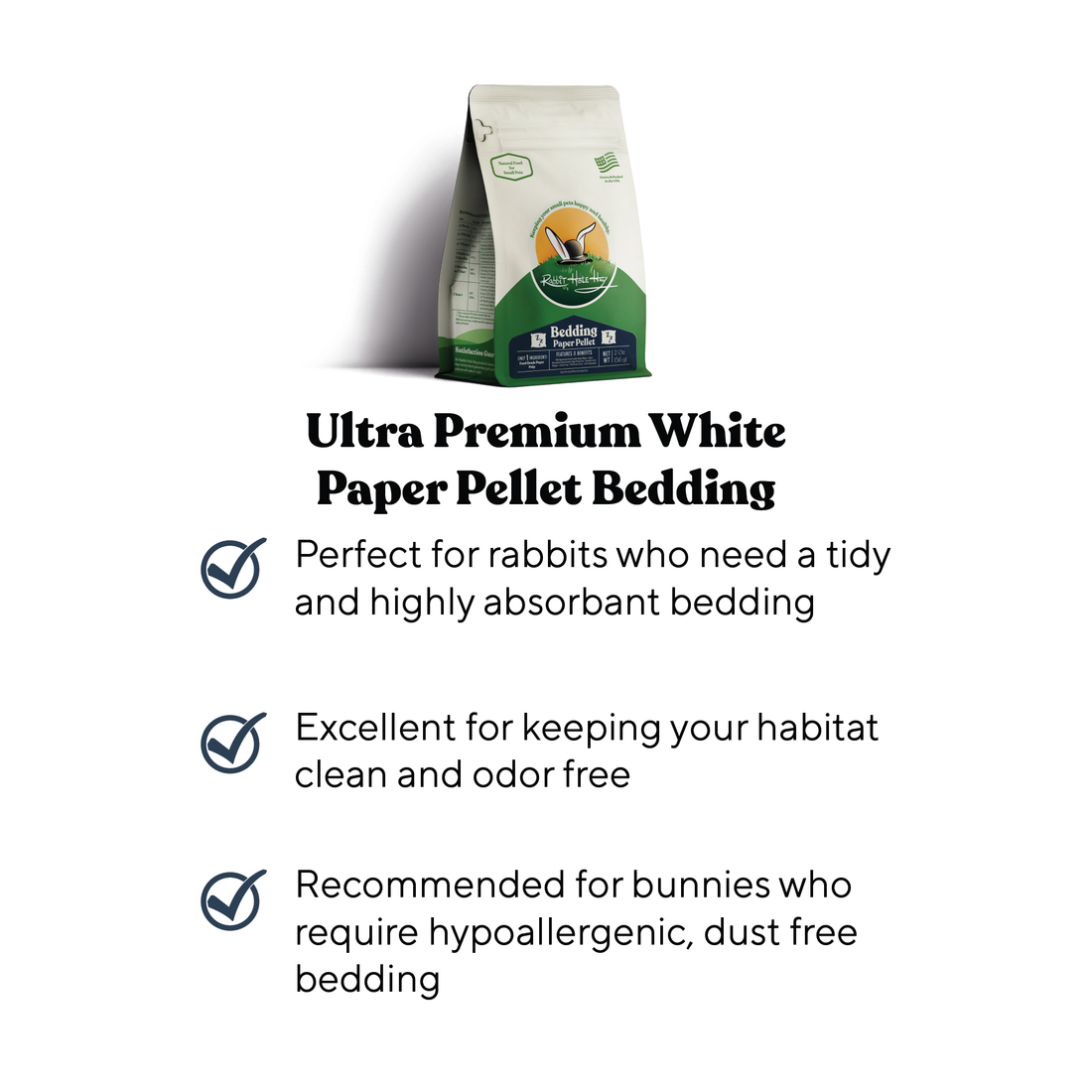
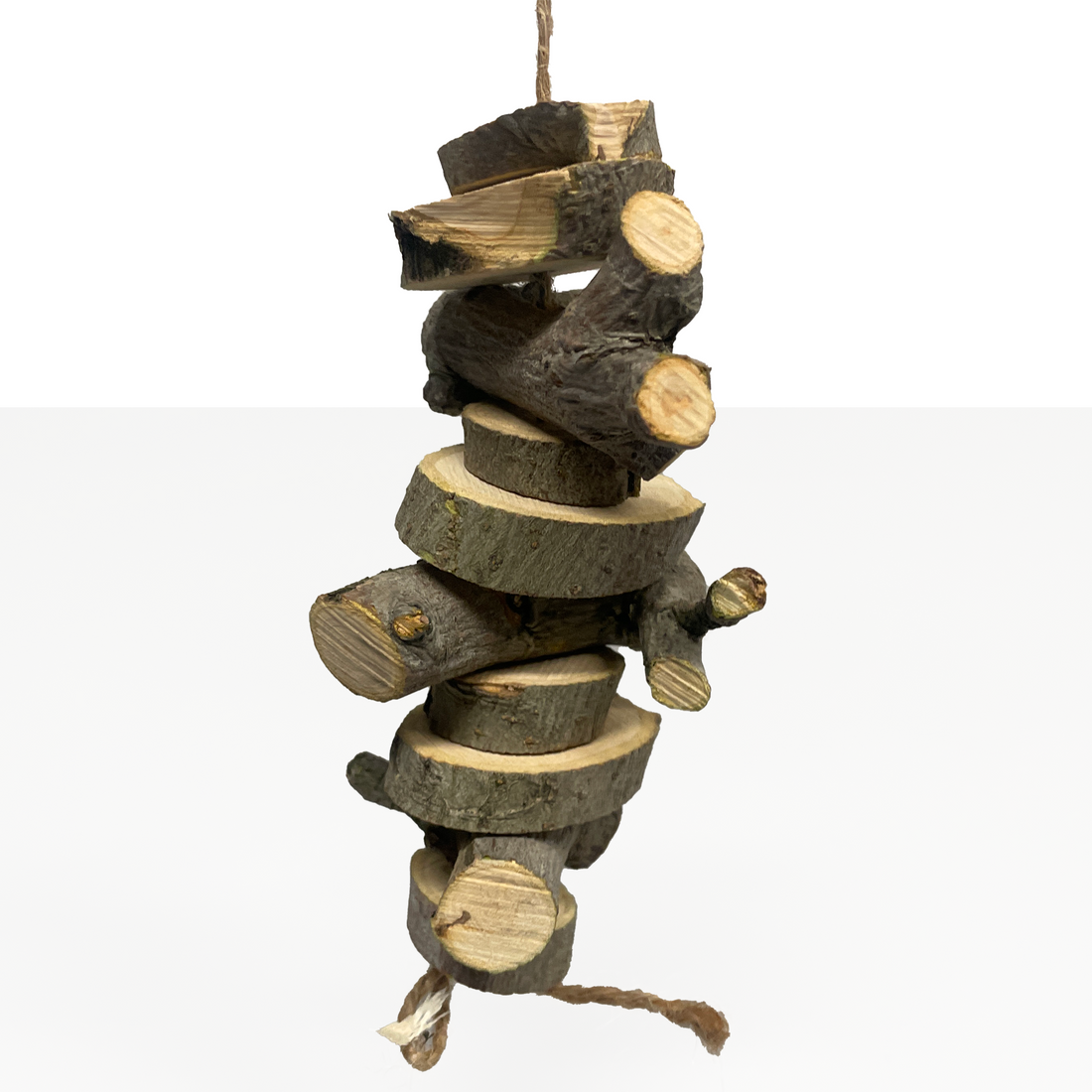


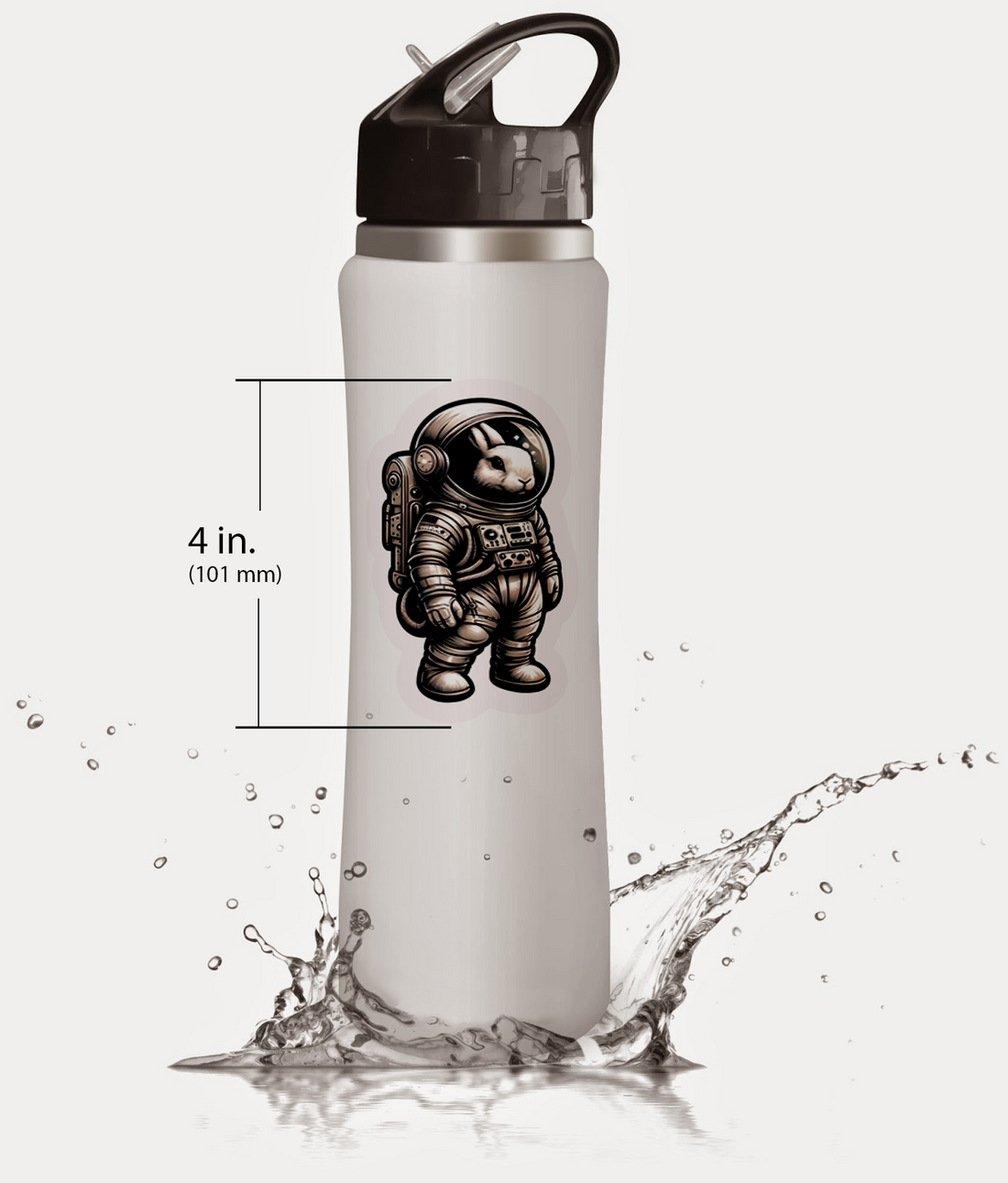

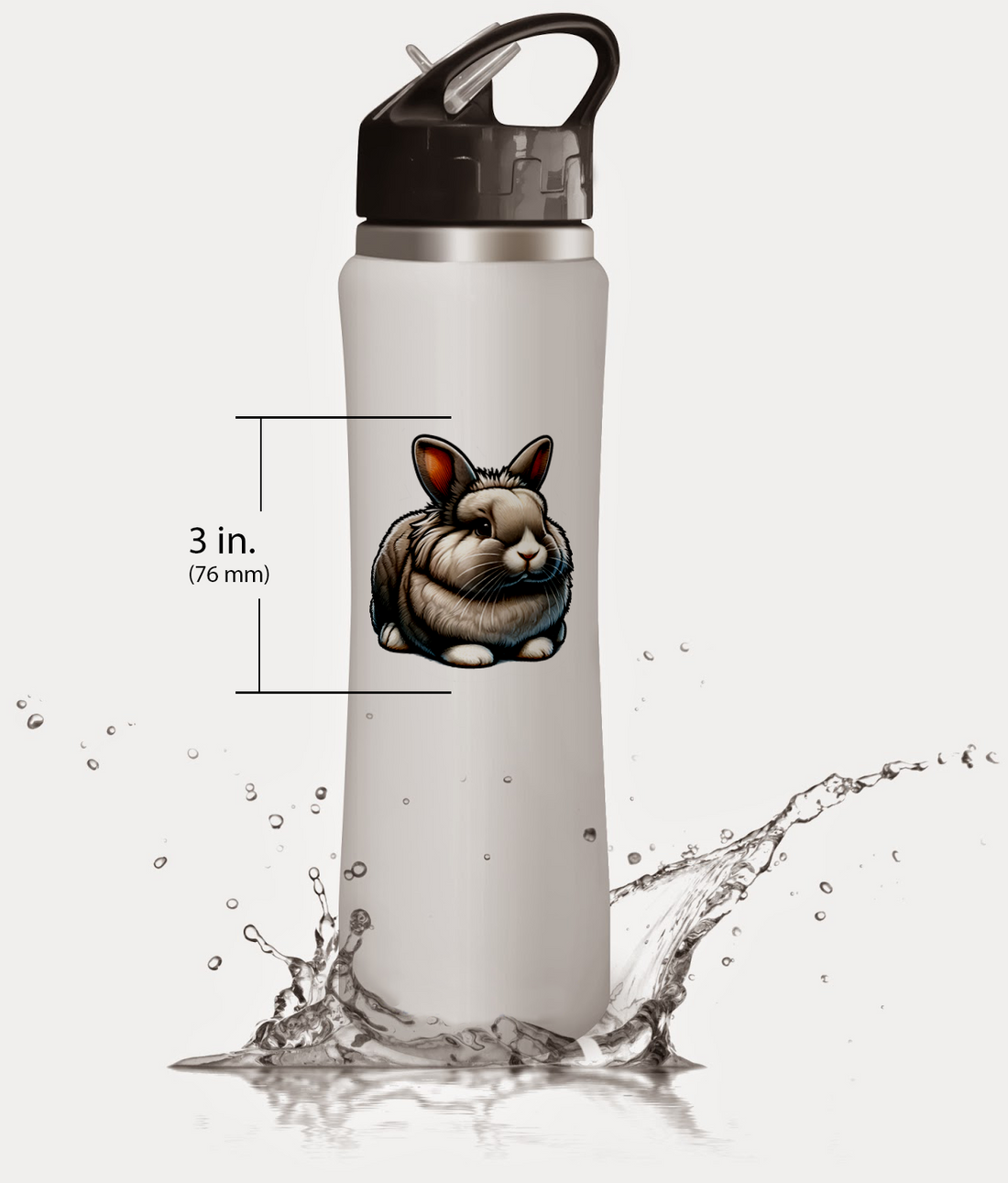

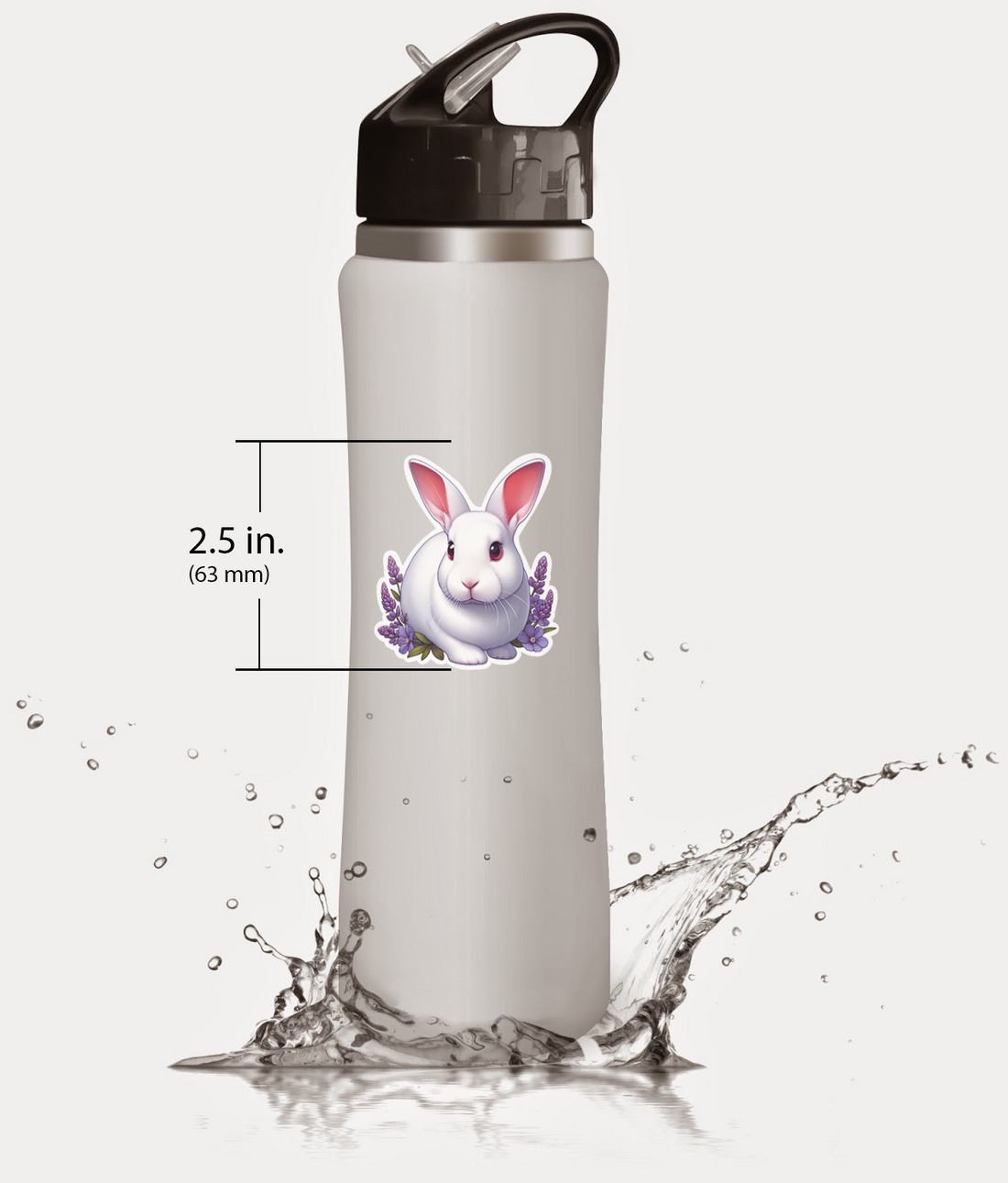

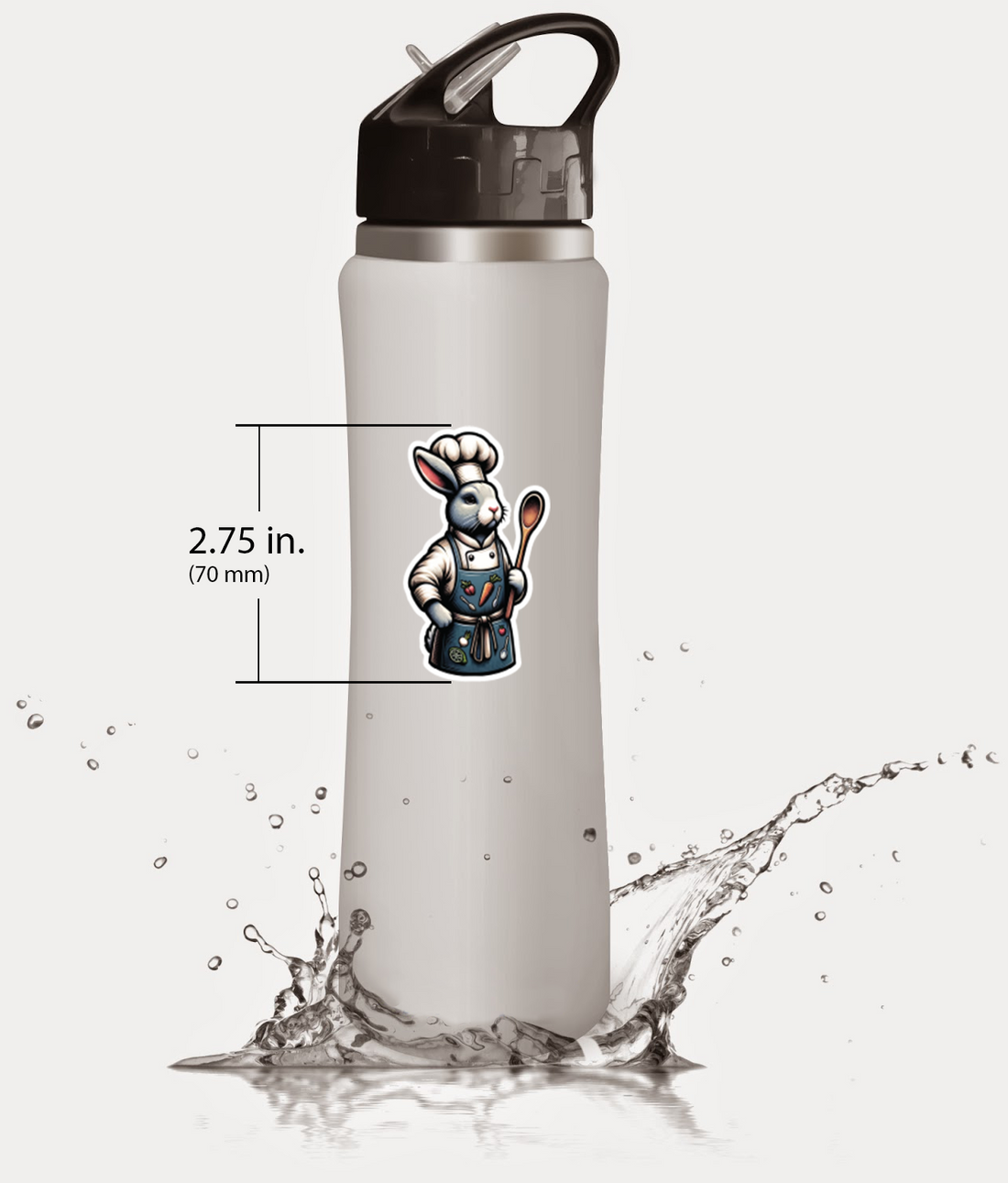
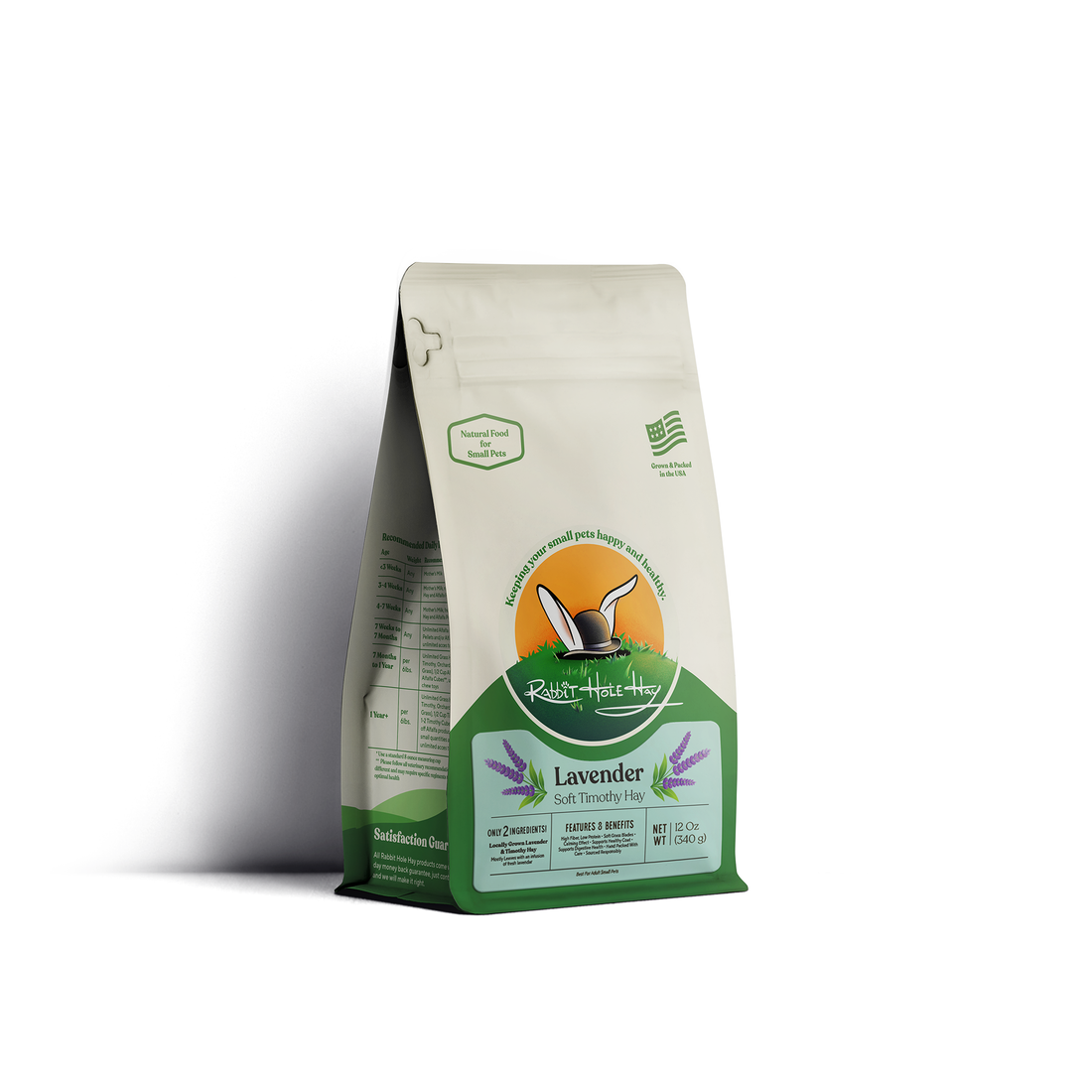


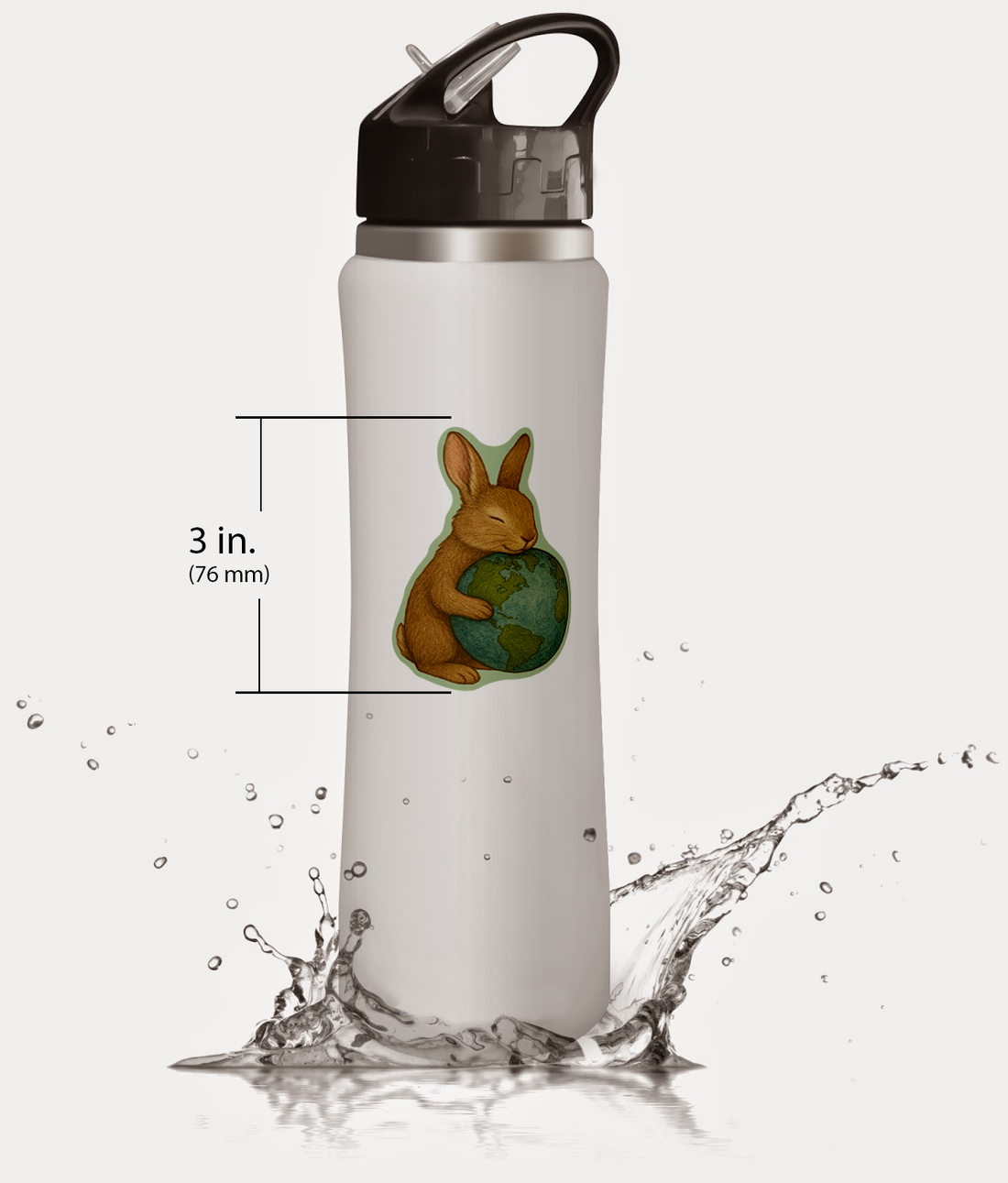


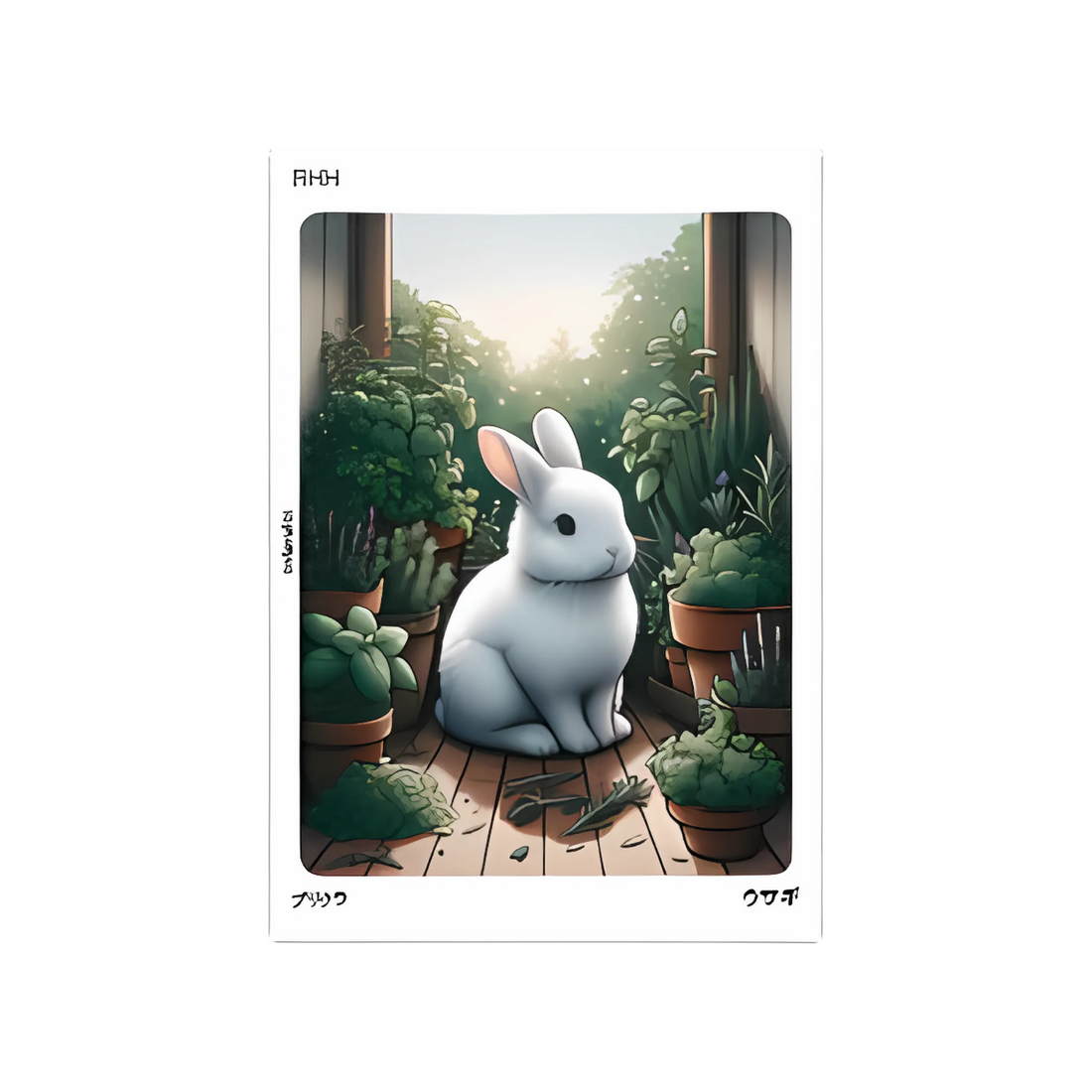

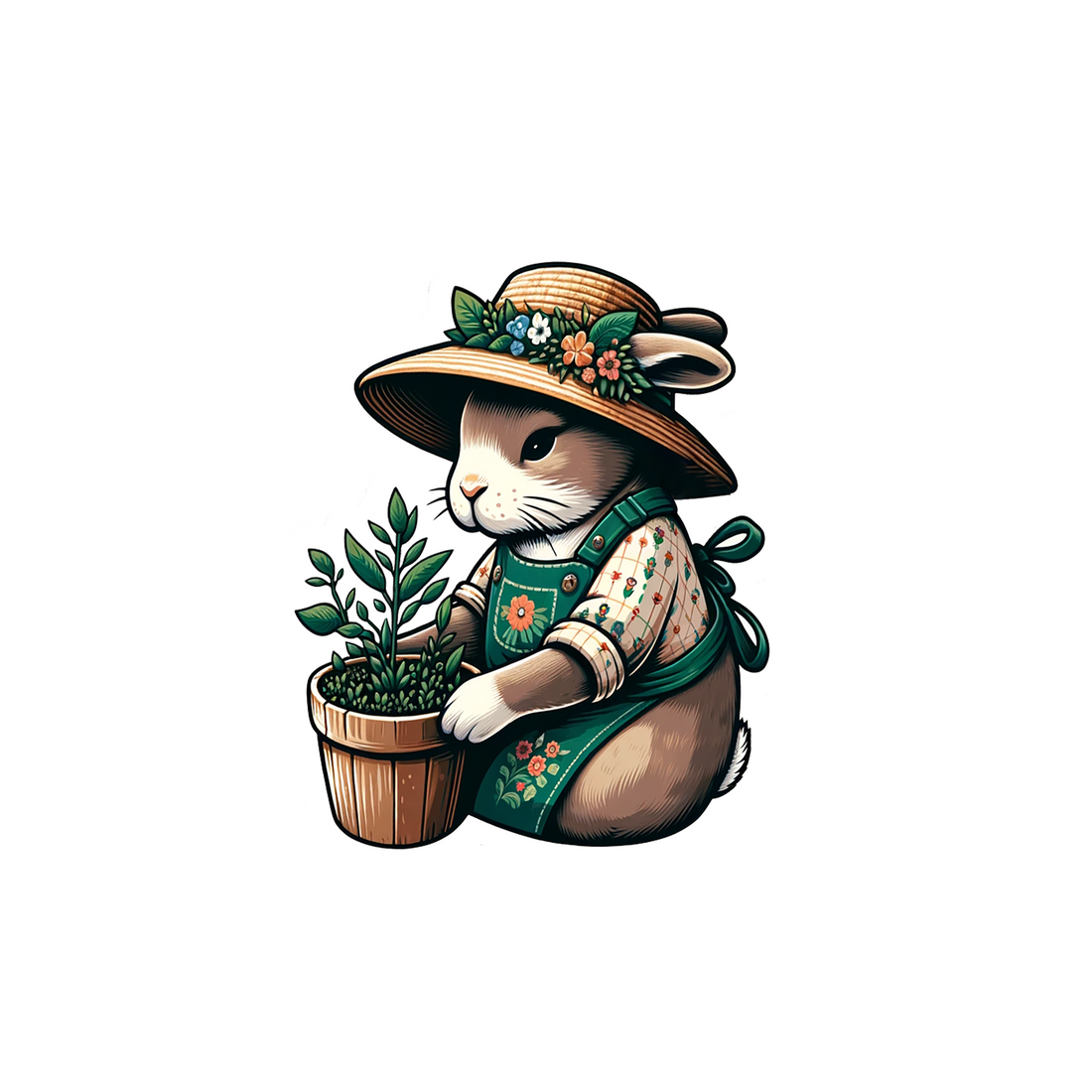
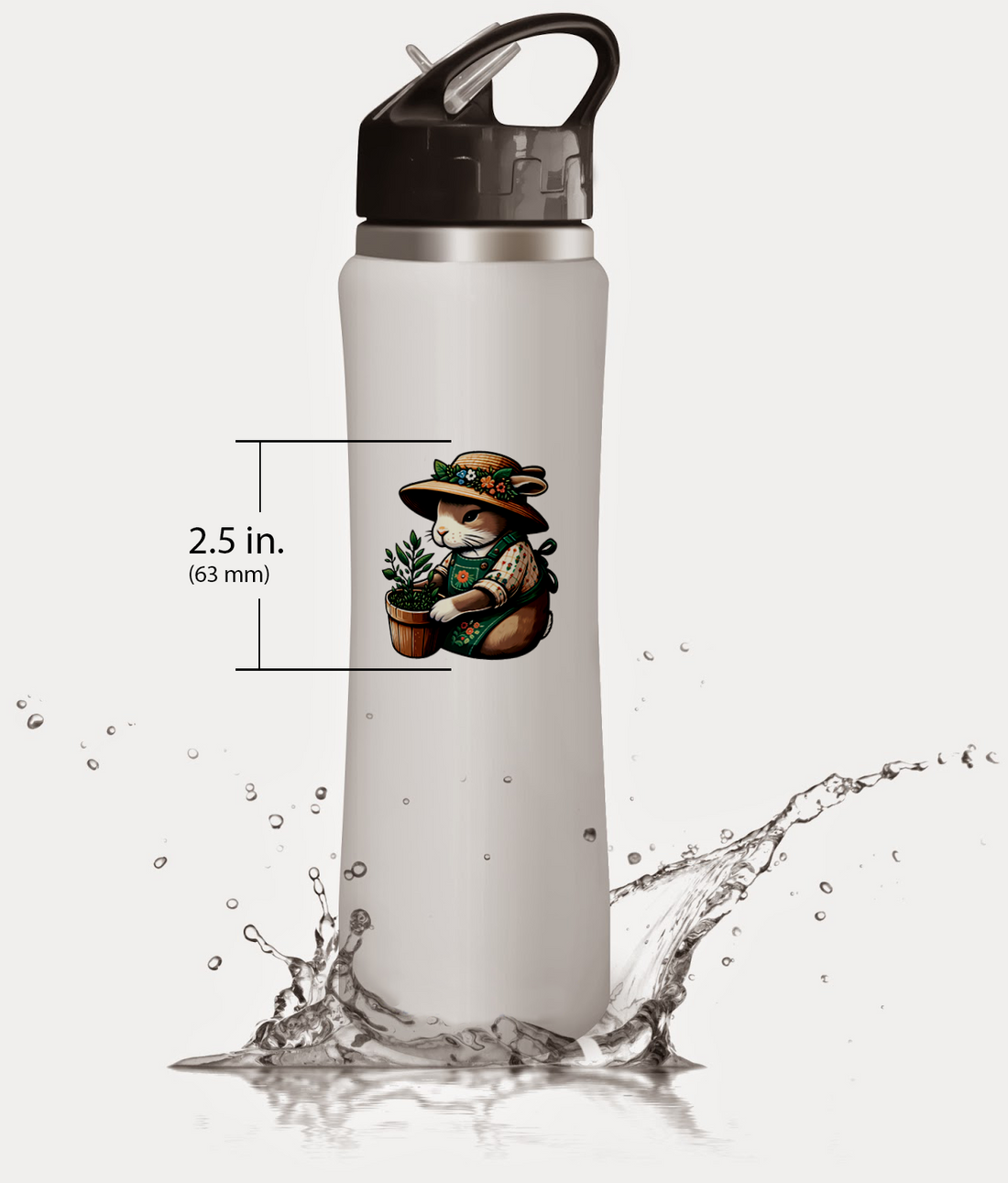

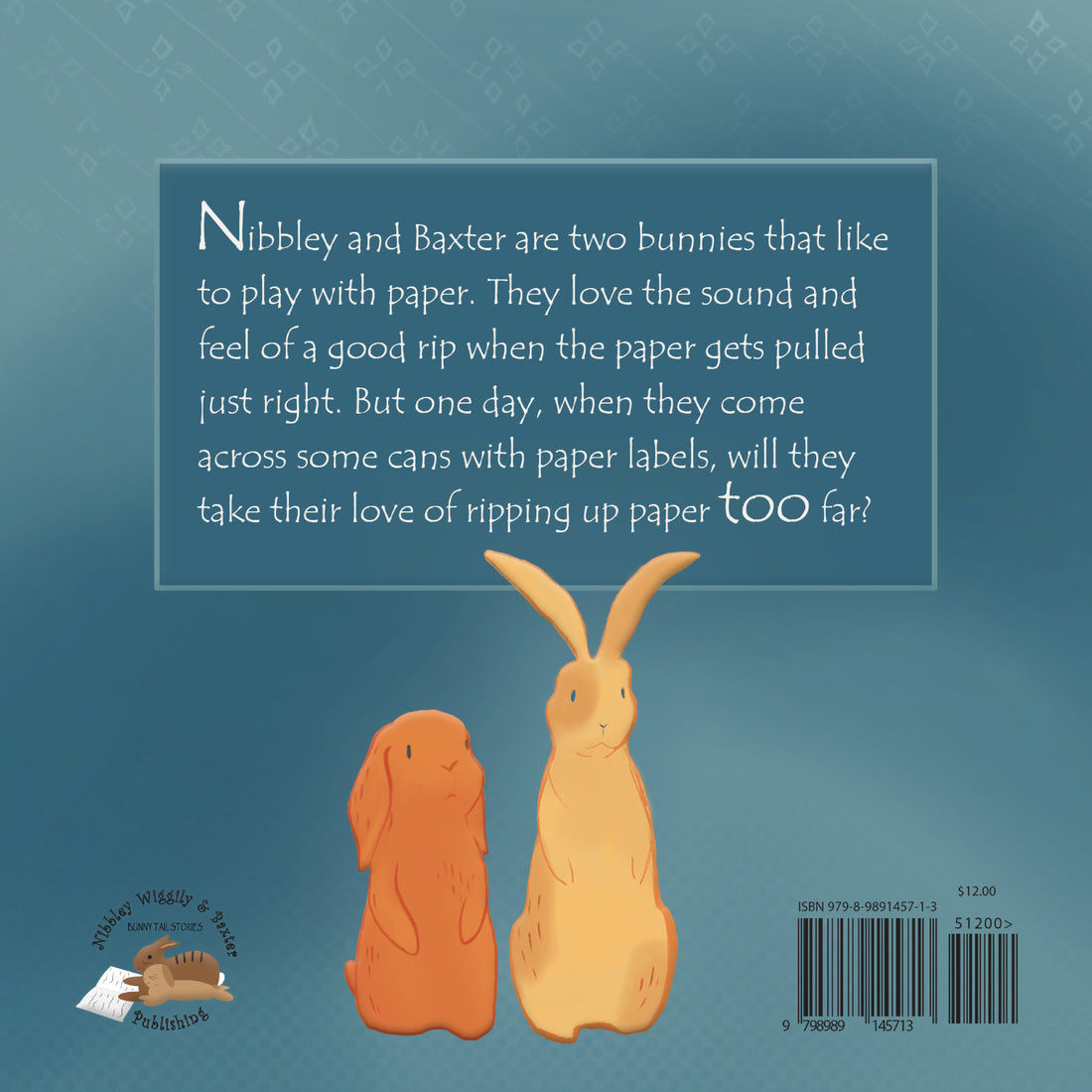


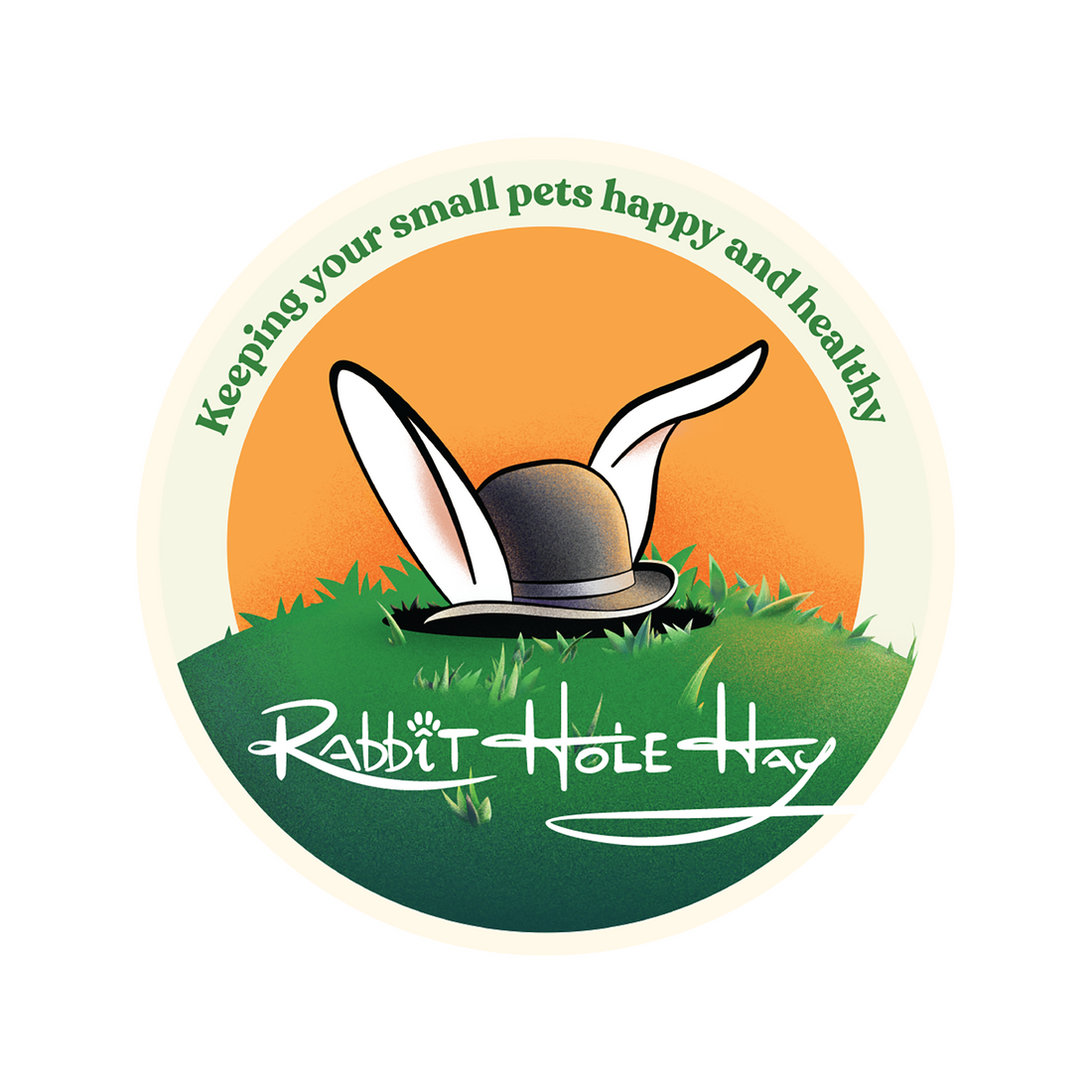





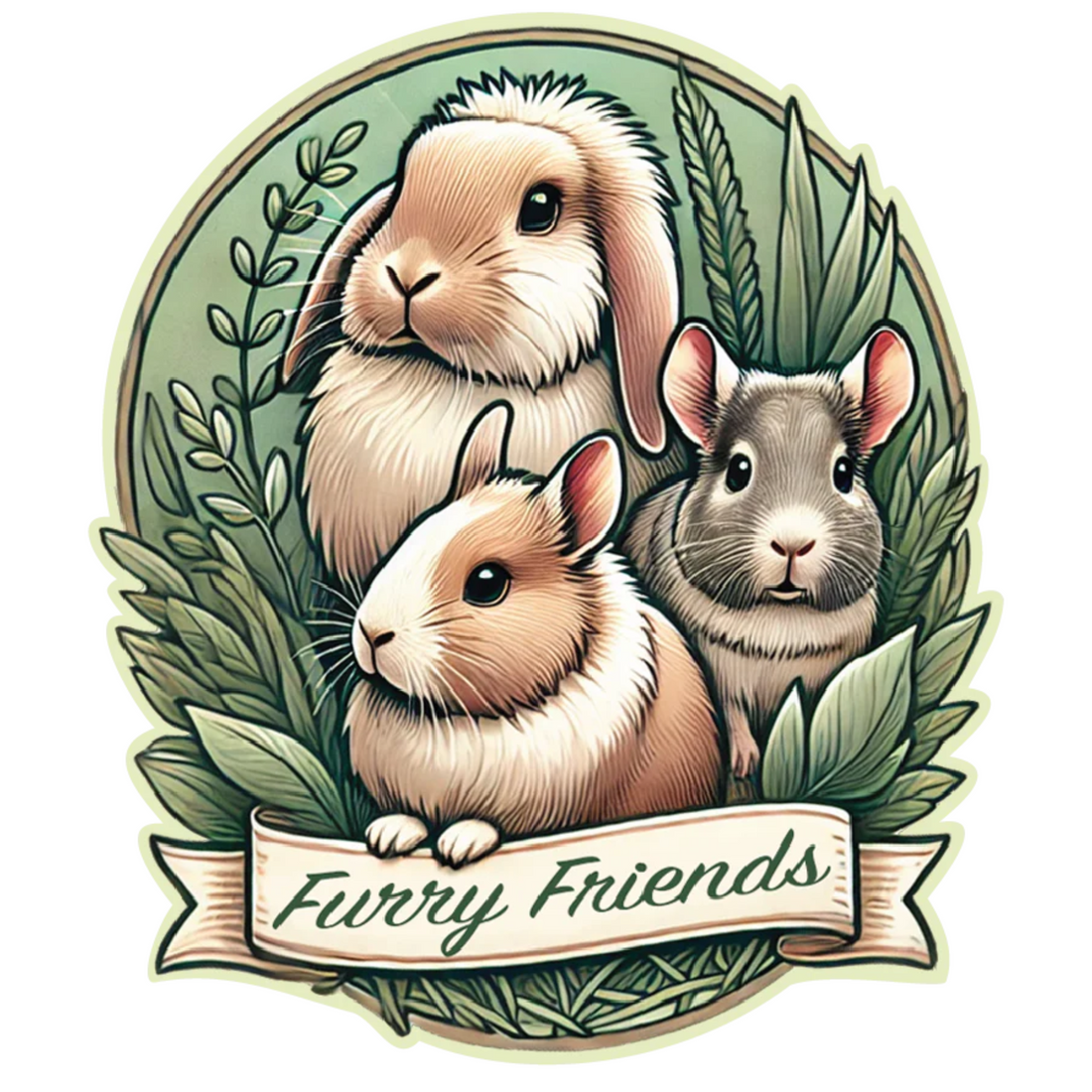
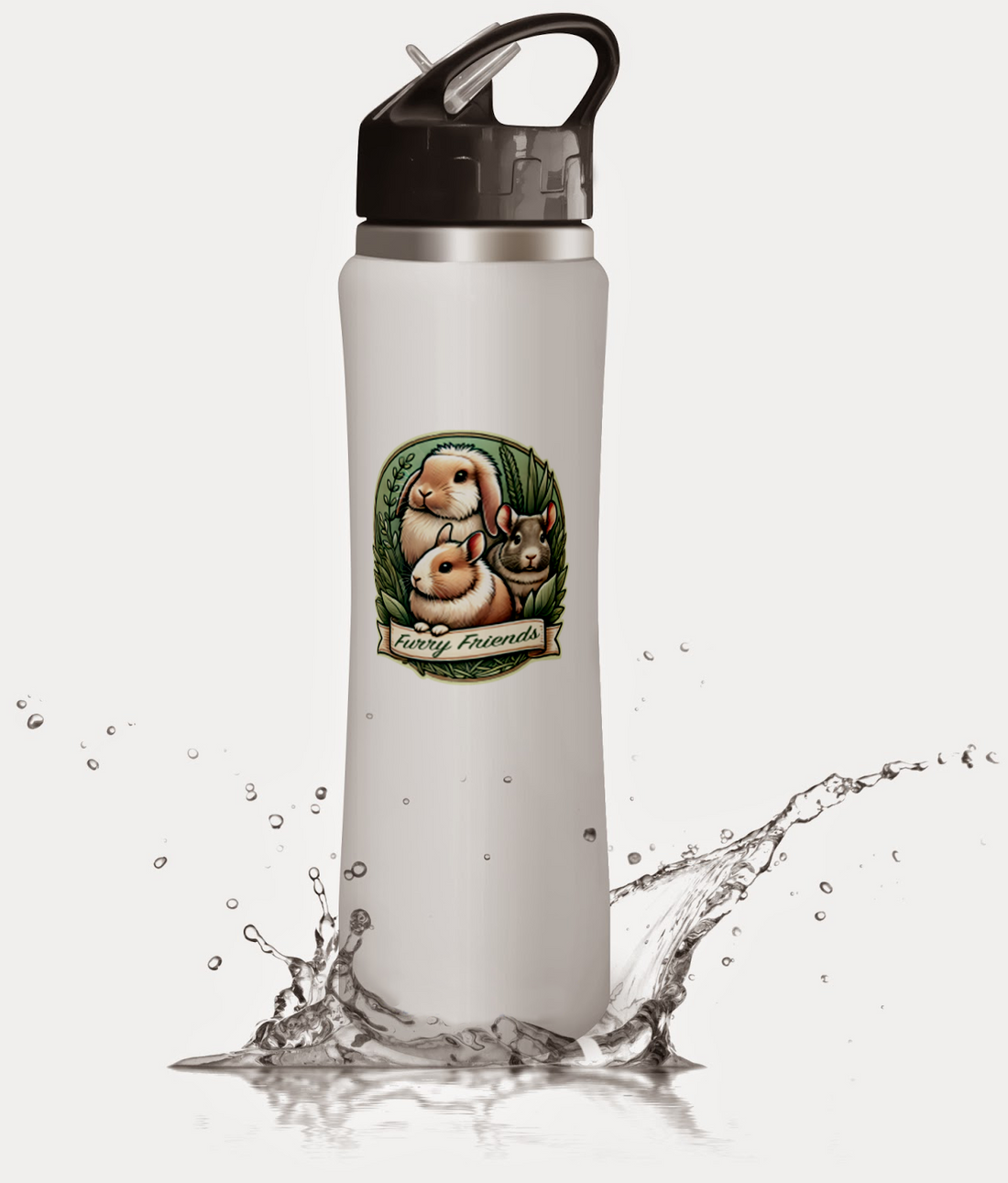




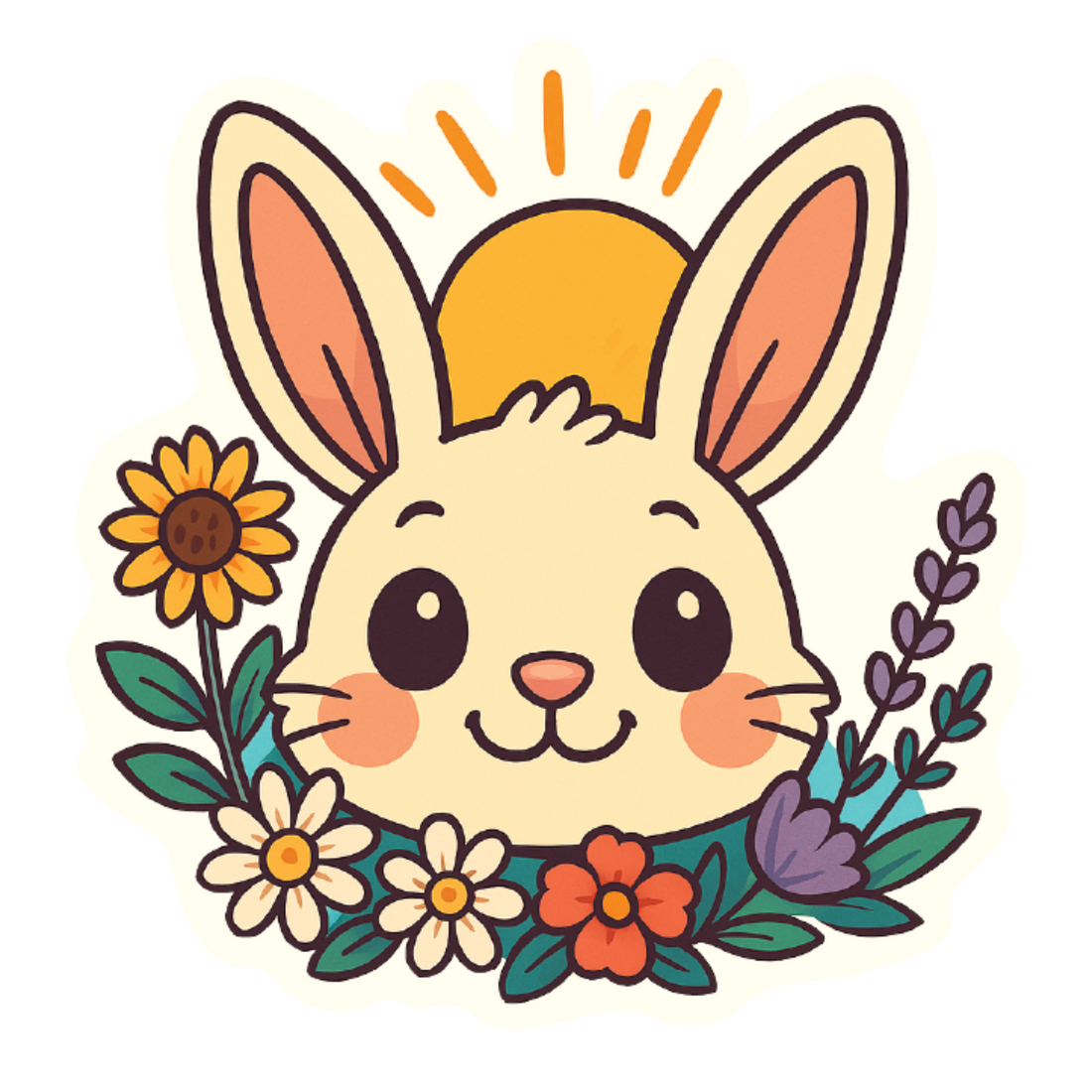
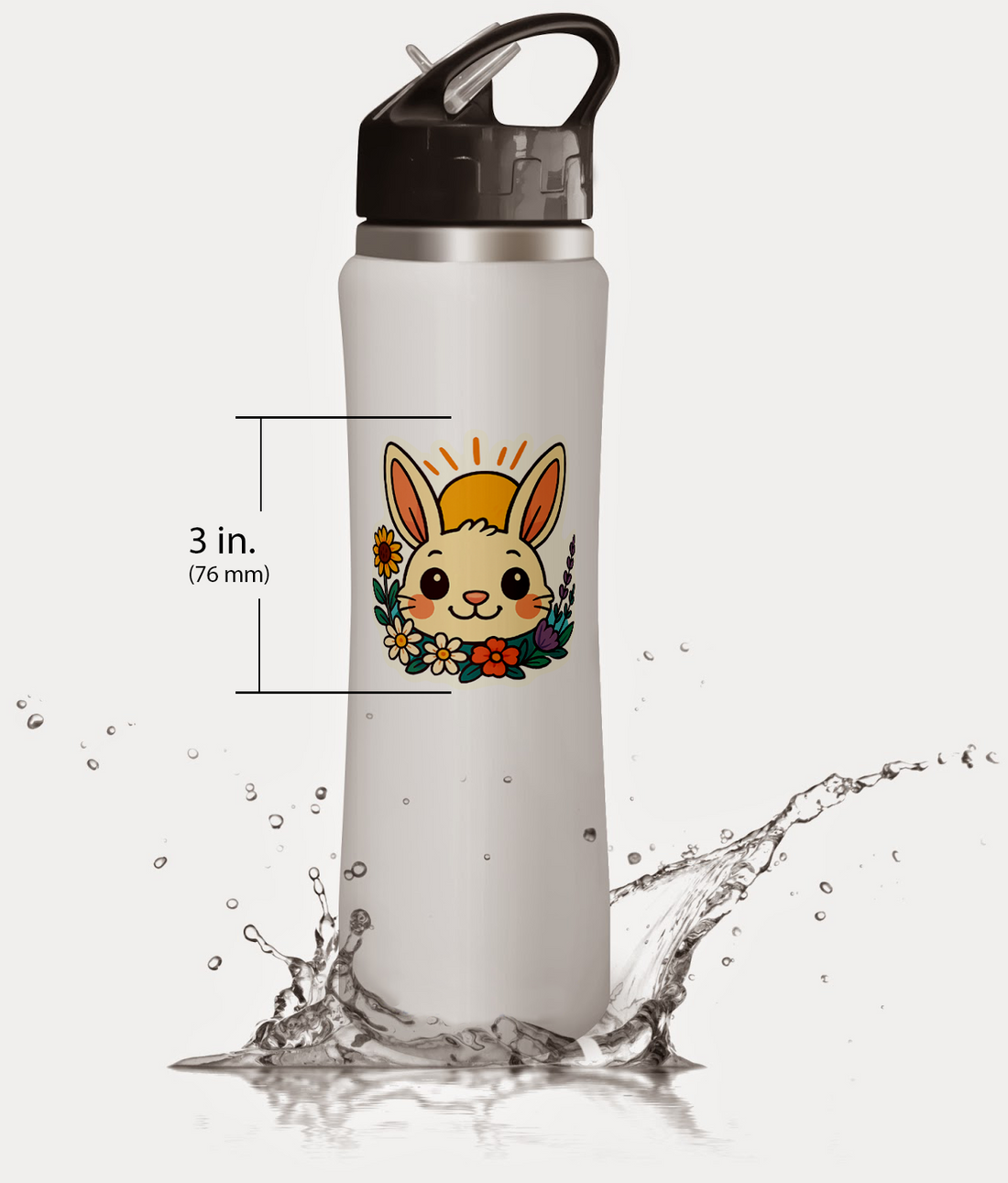
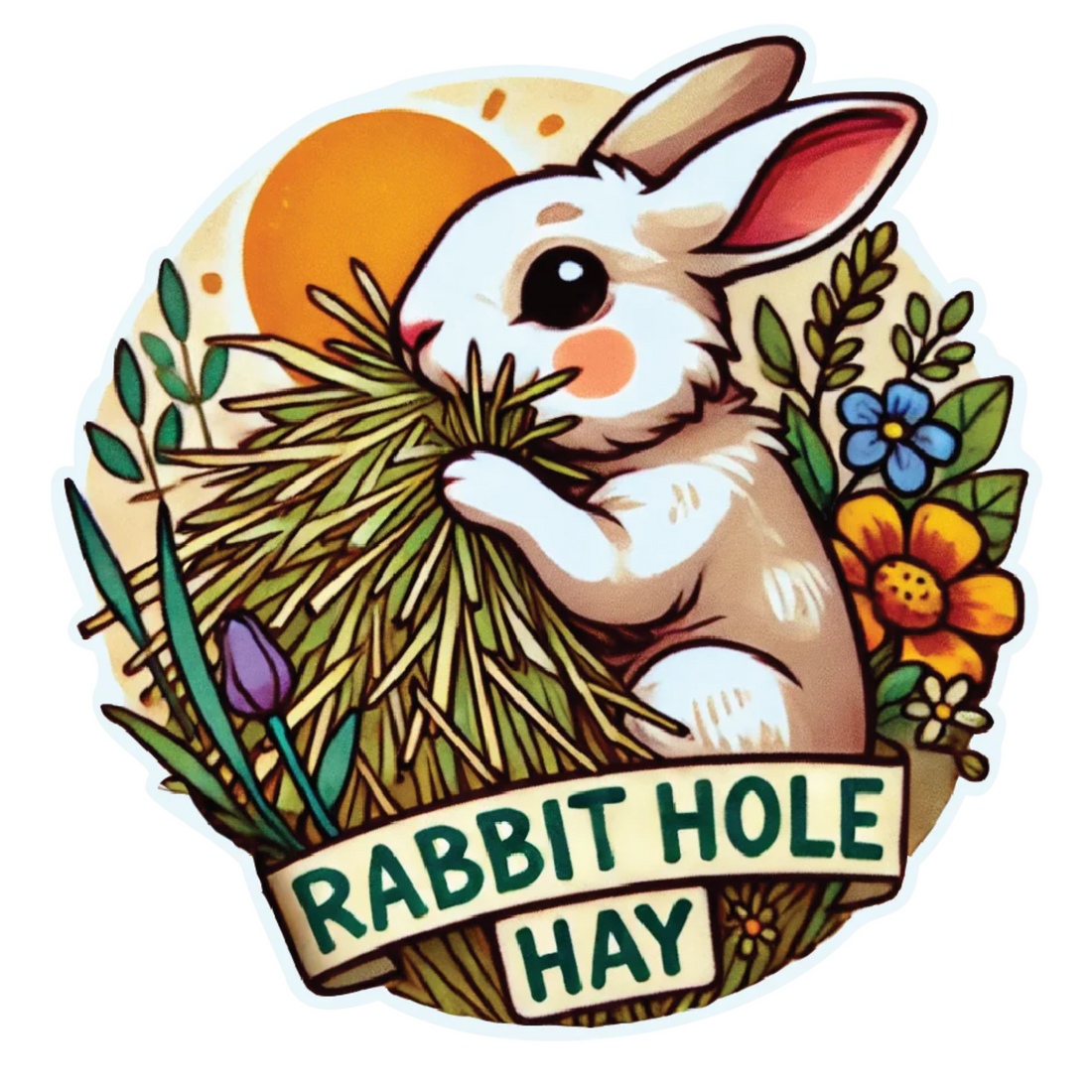
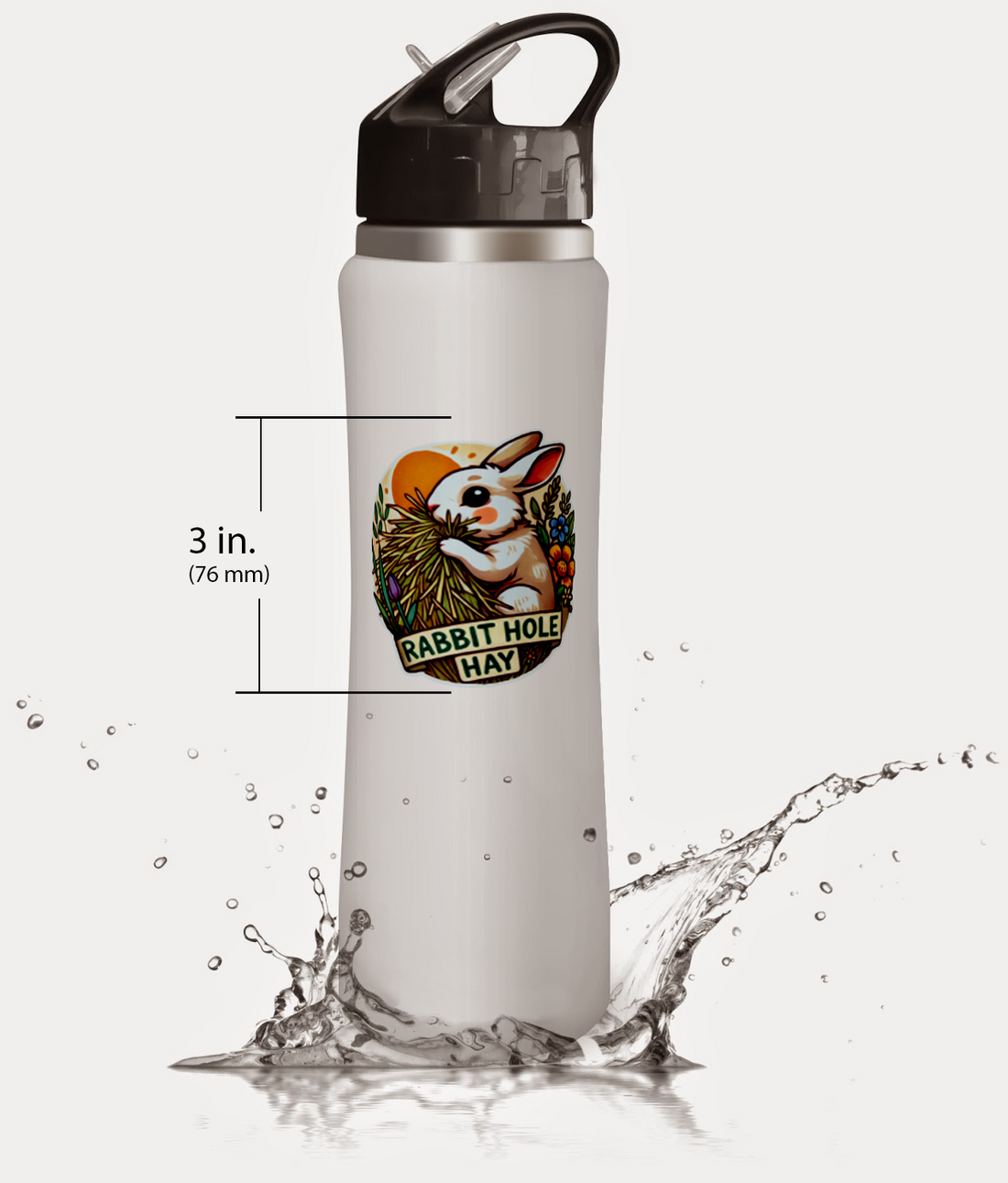
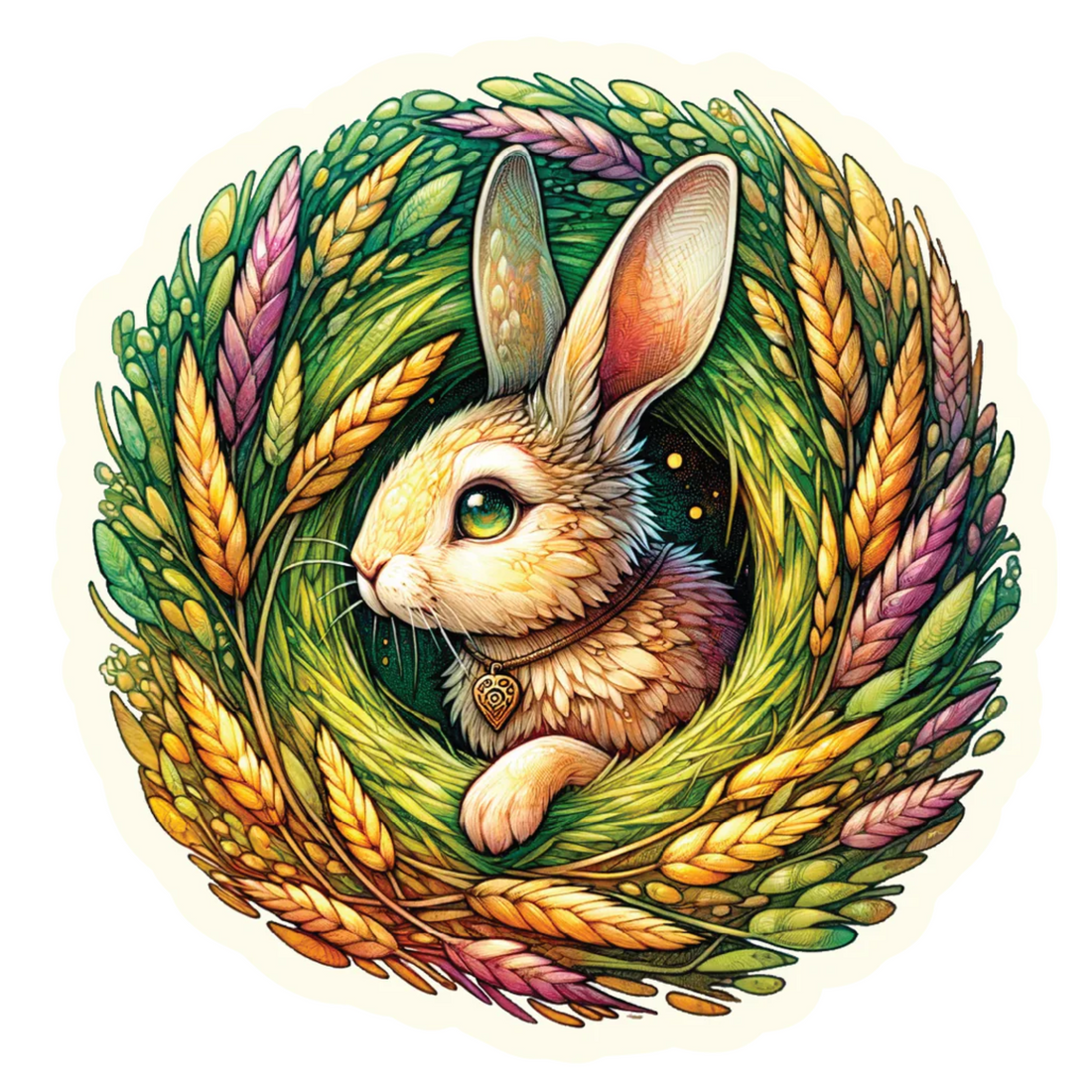


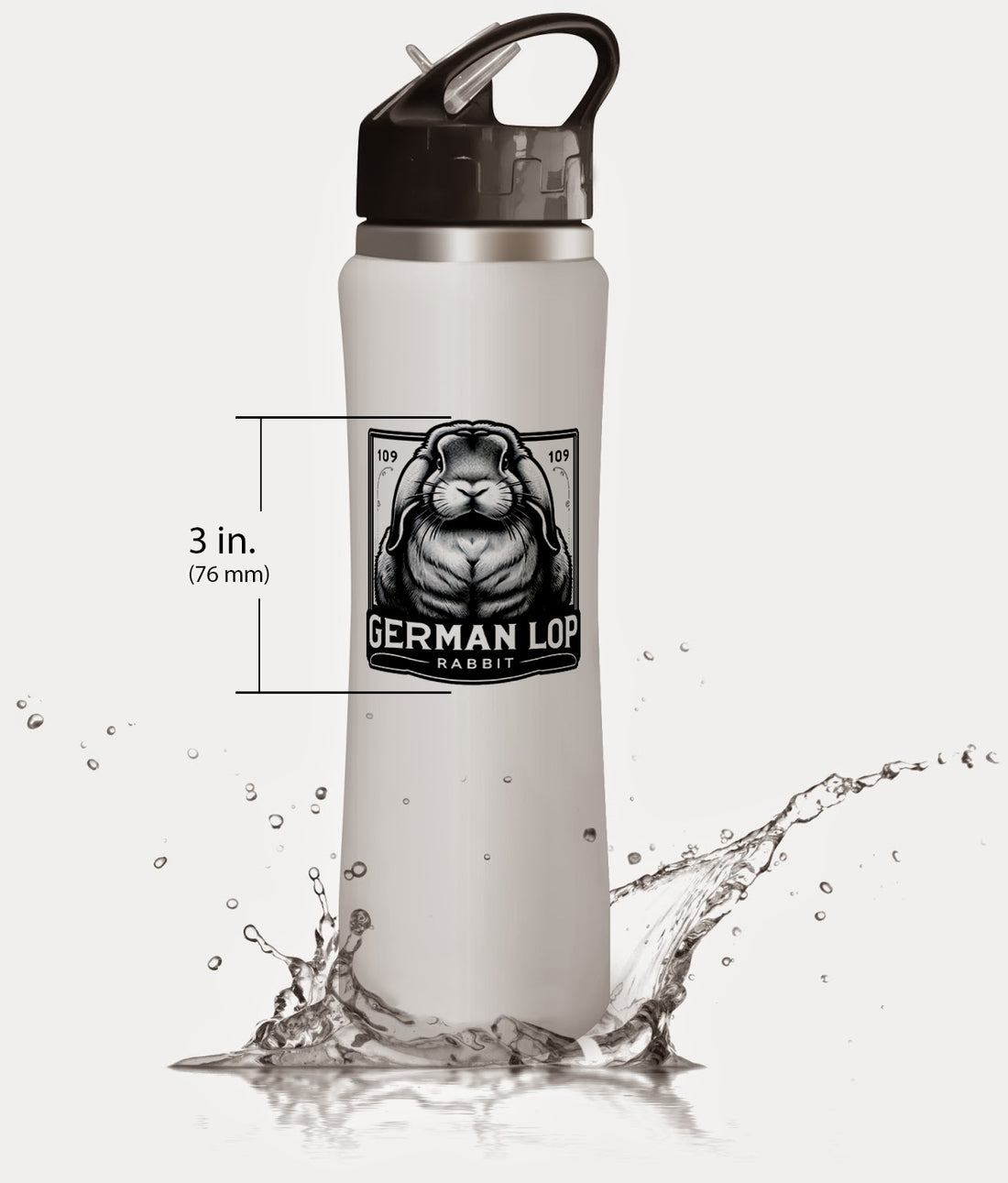

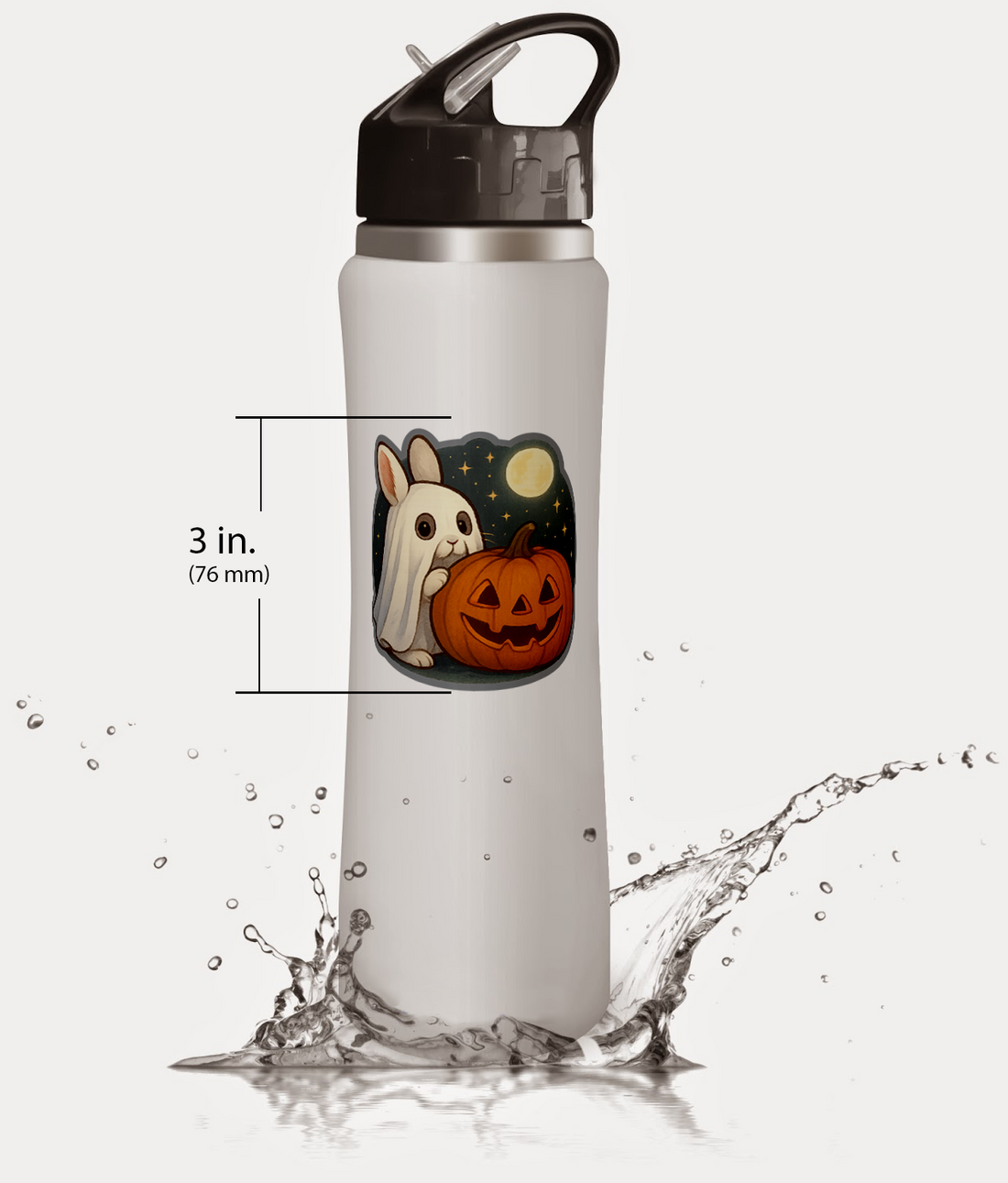
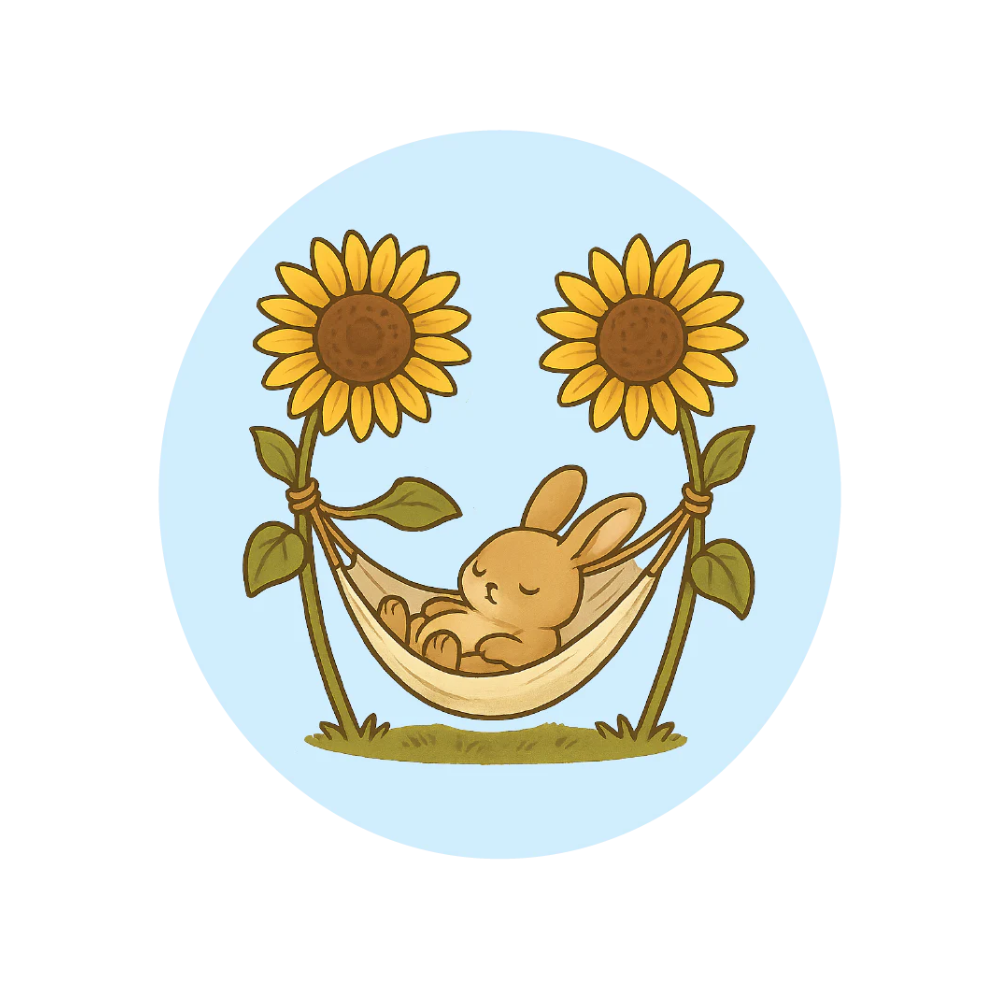



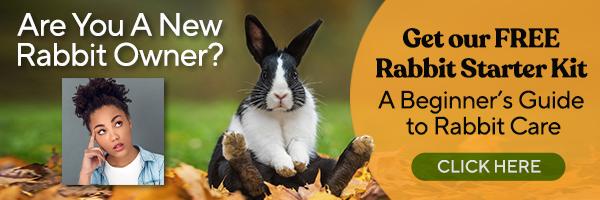

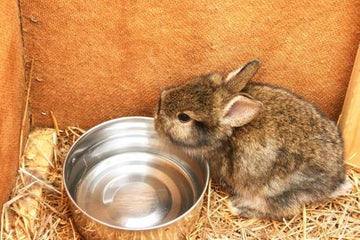
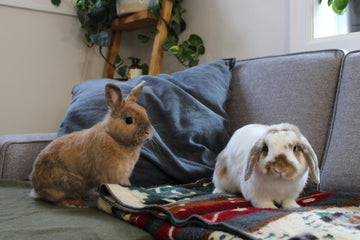


Comments